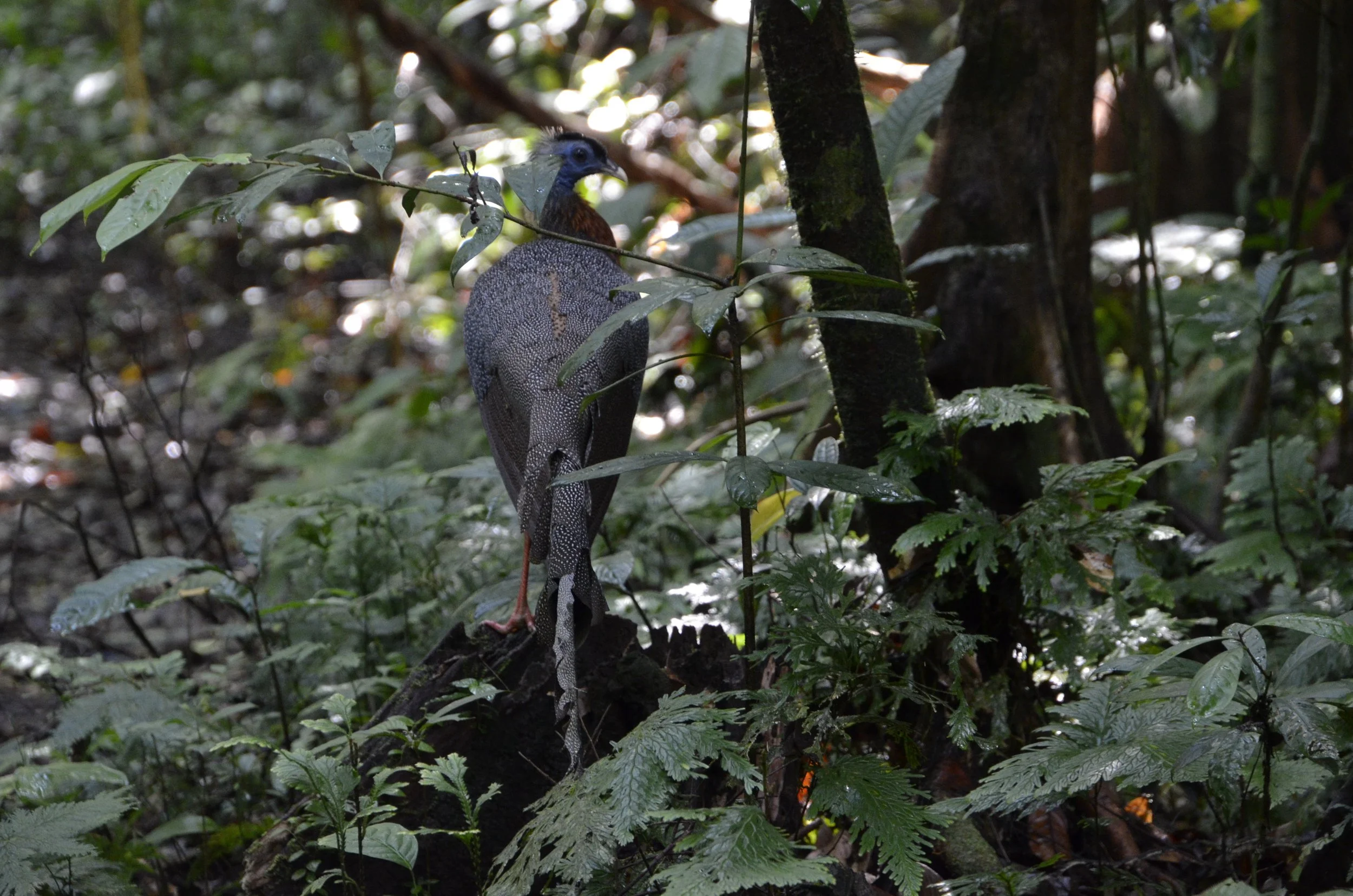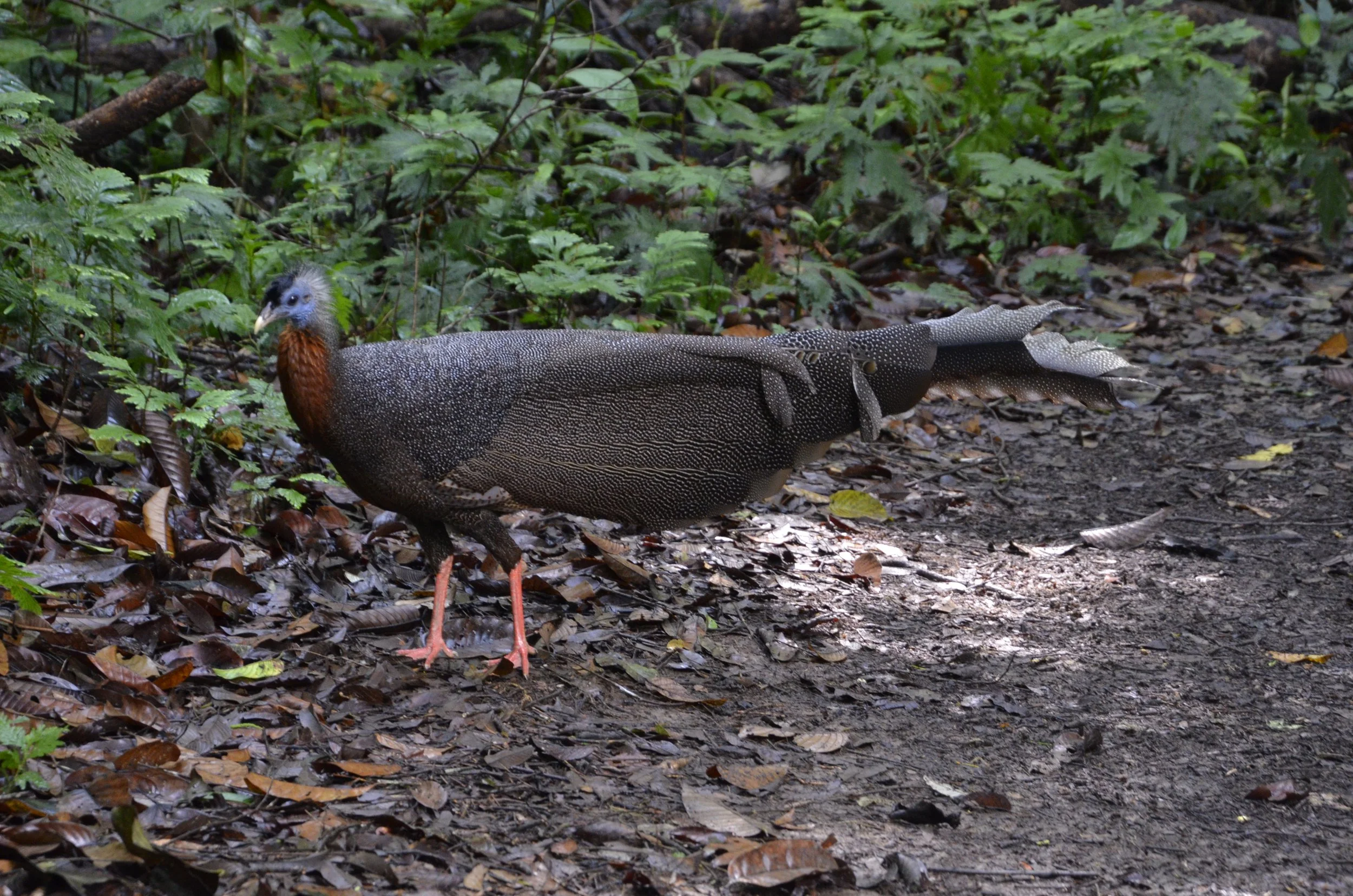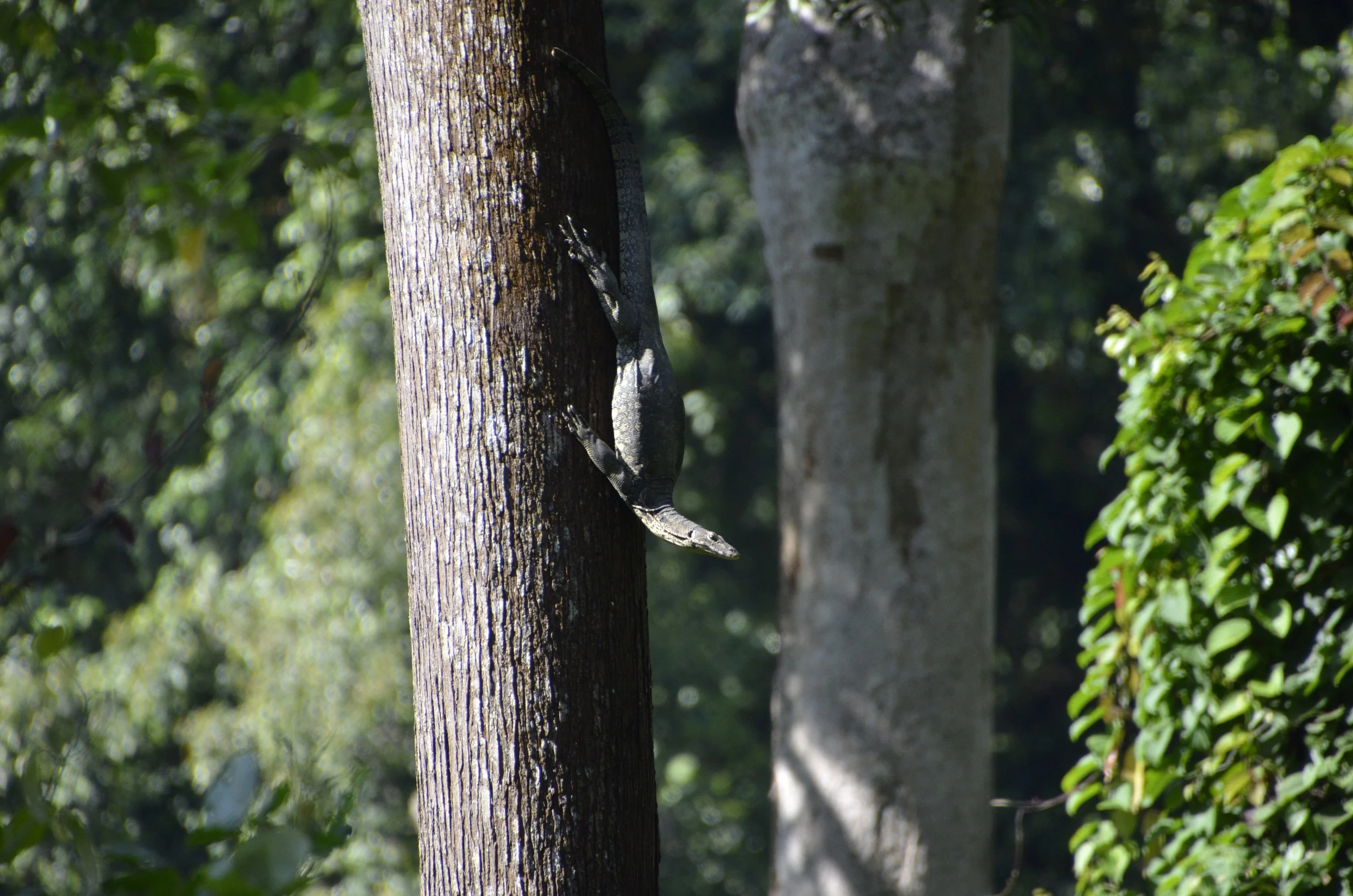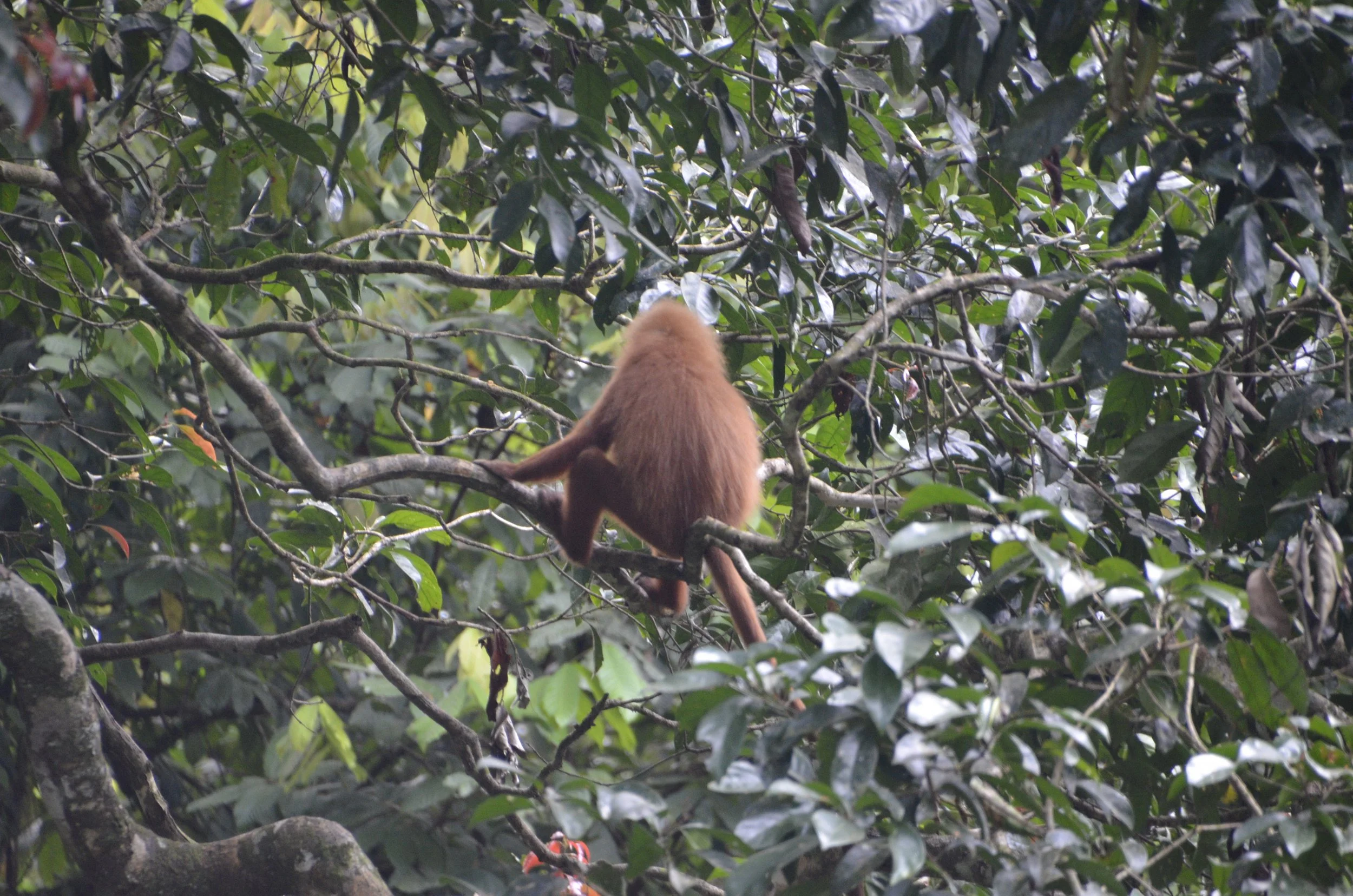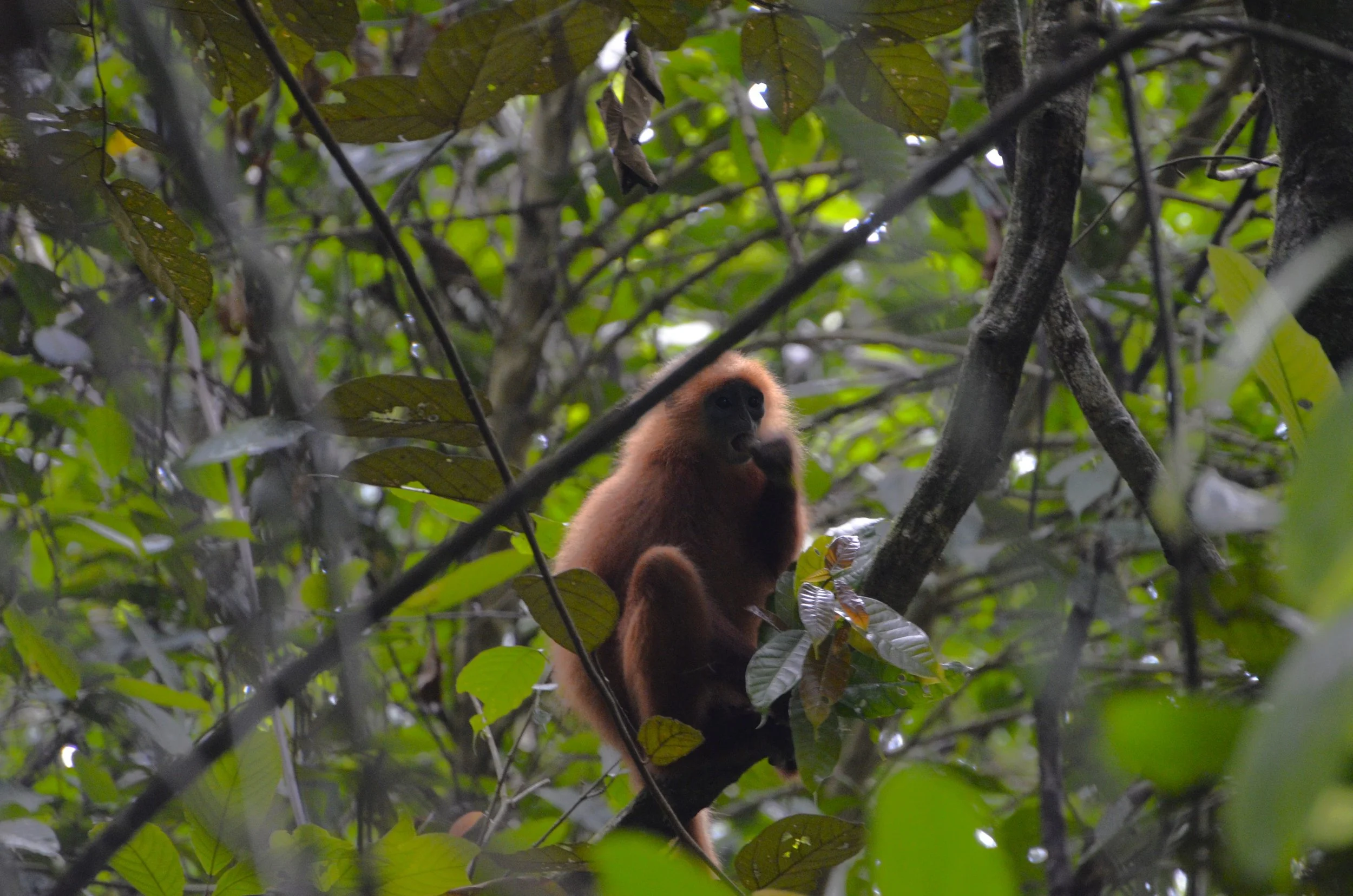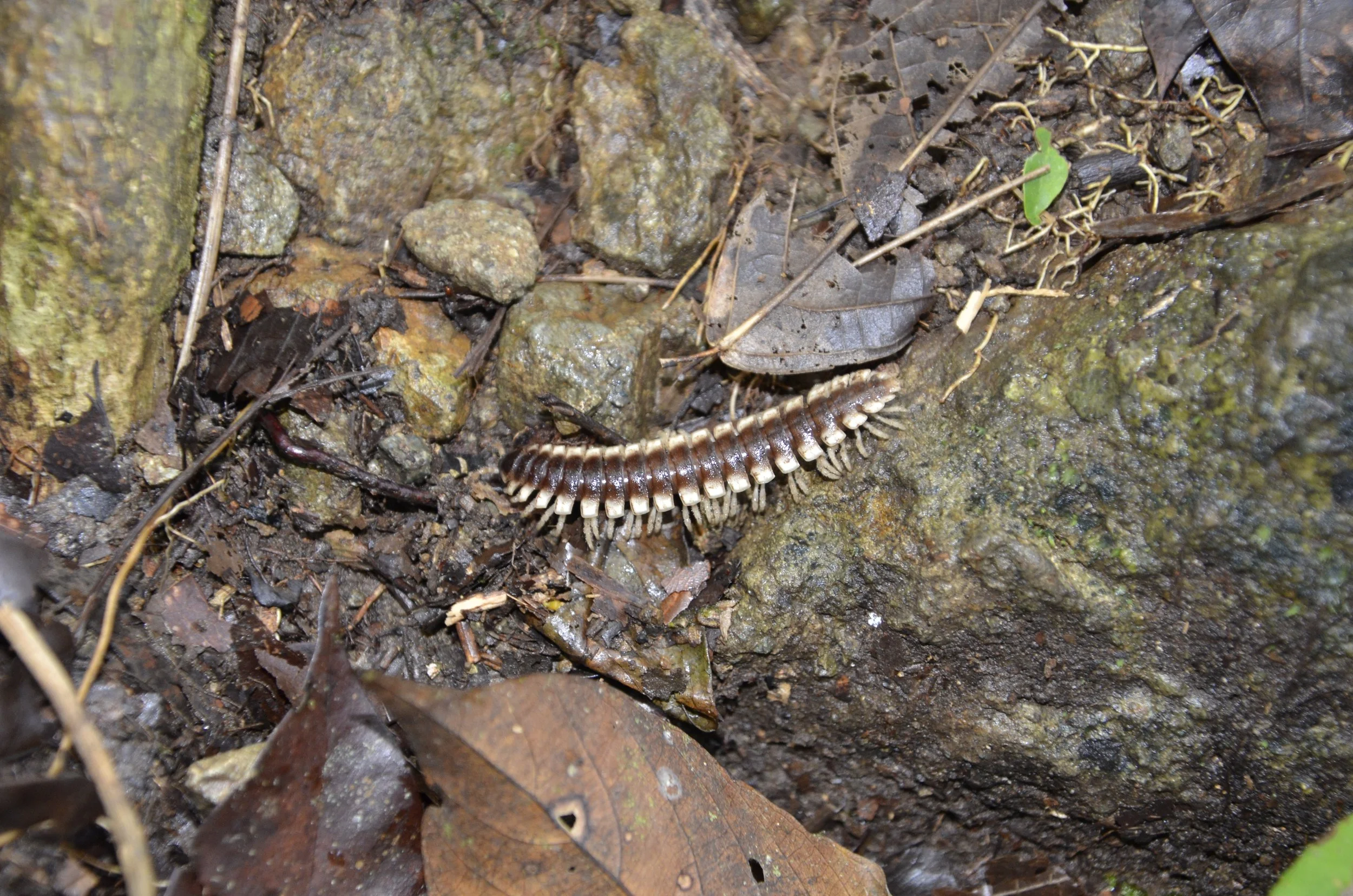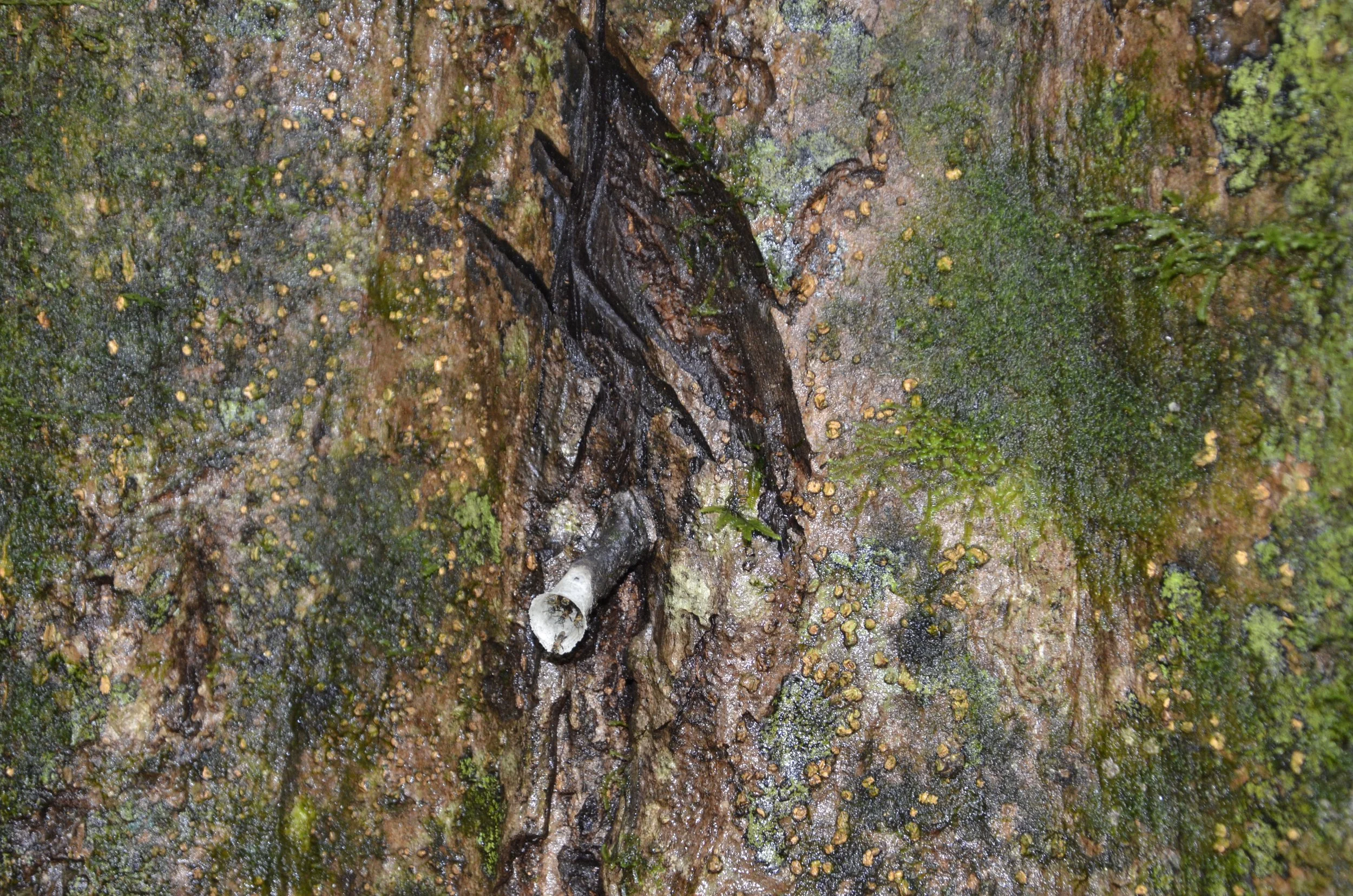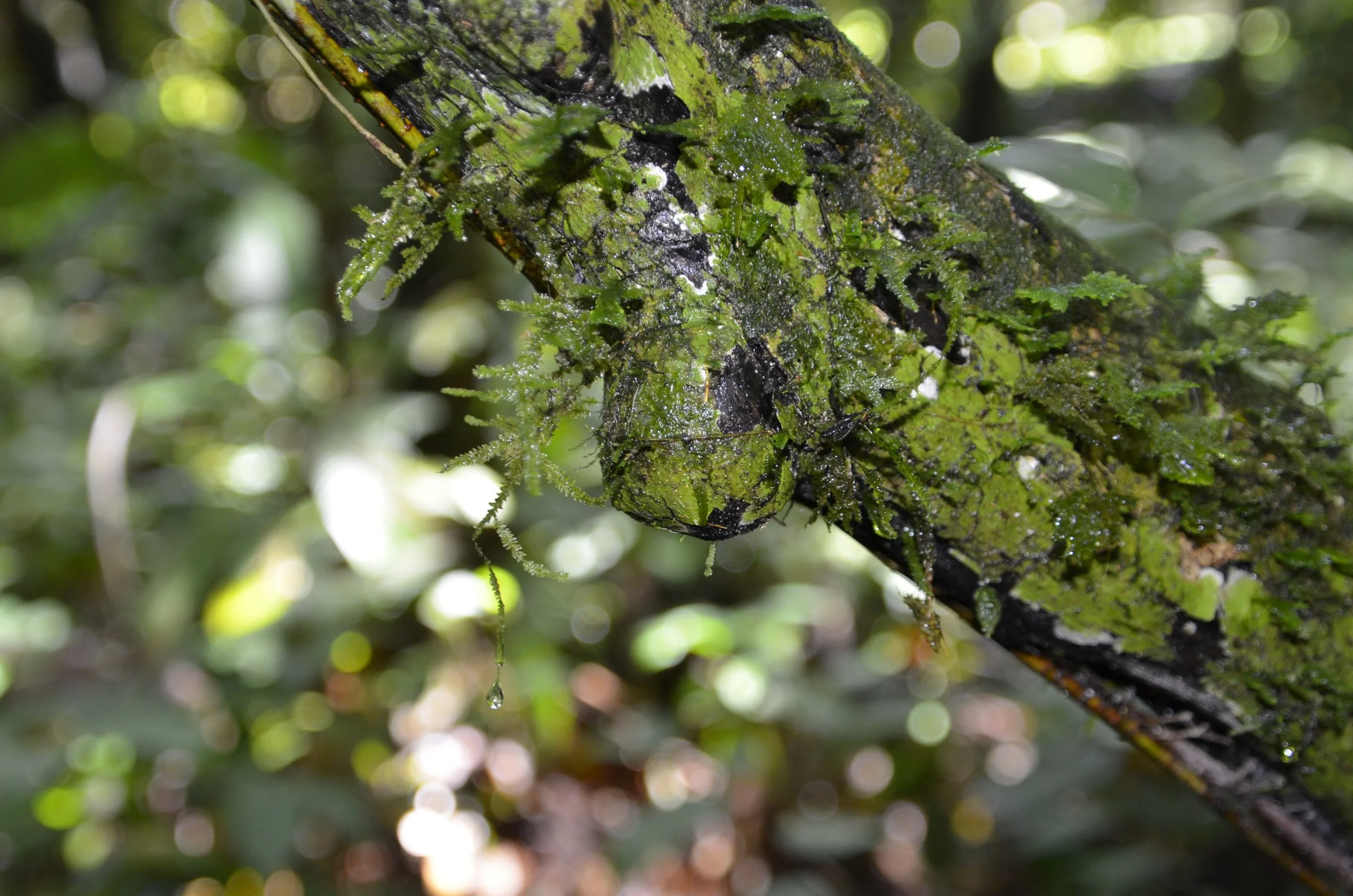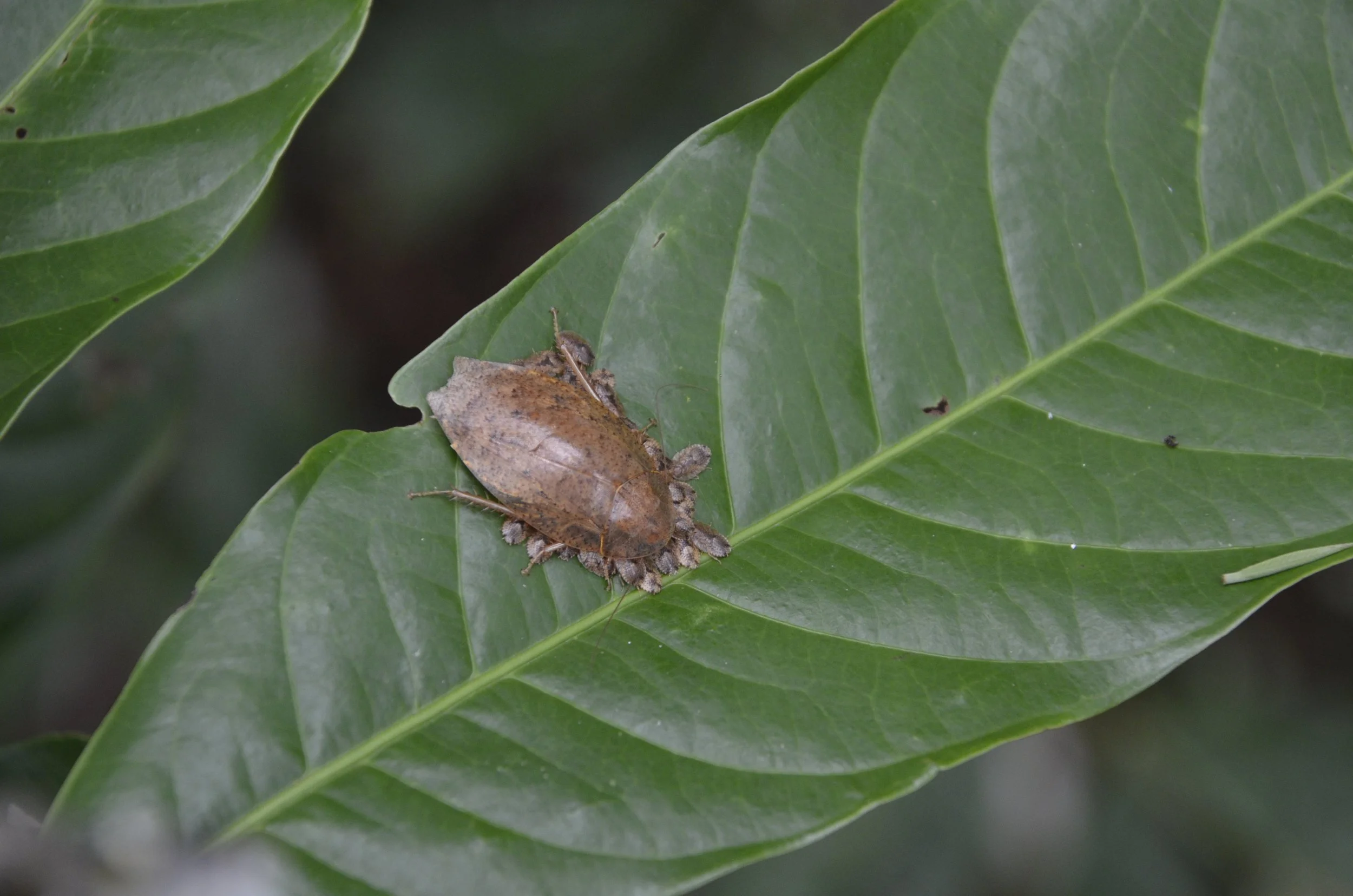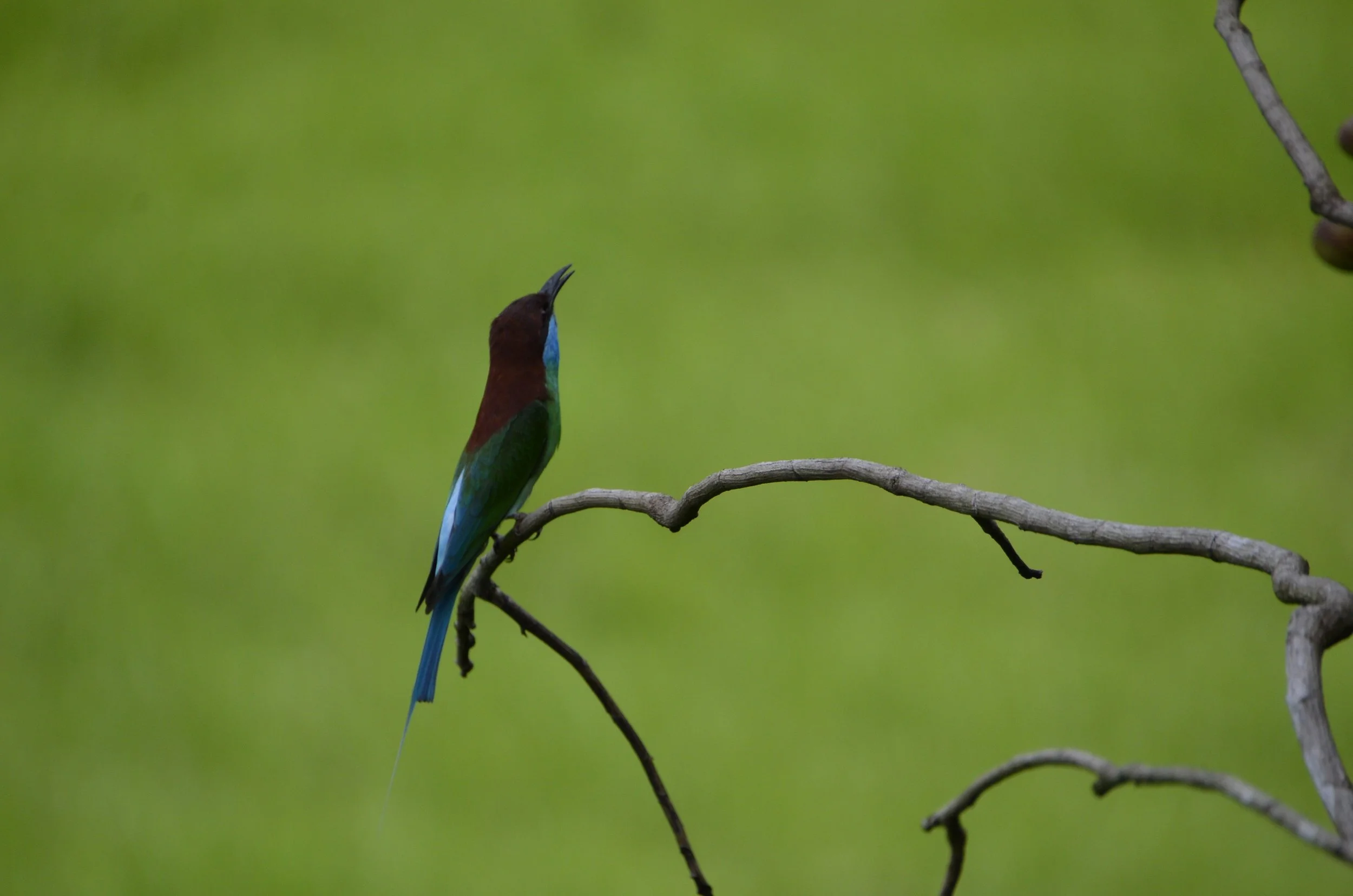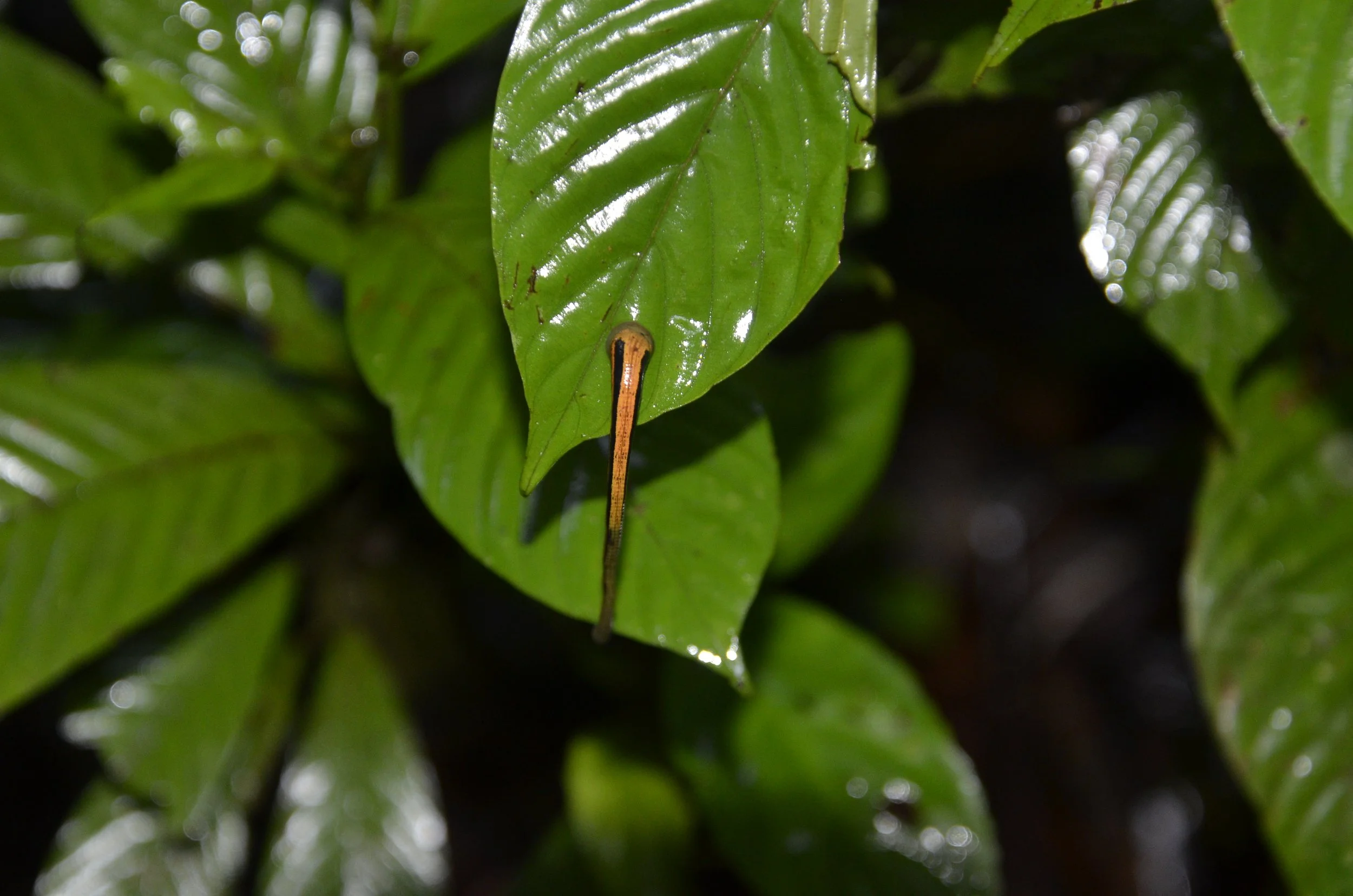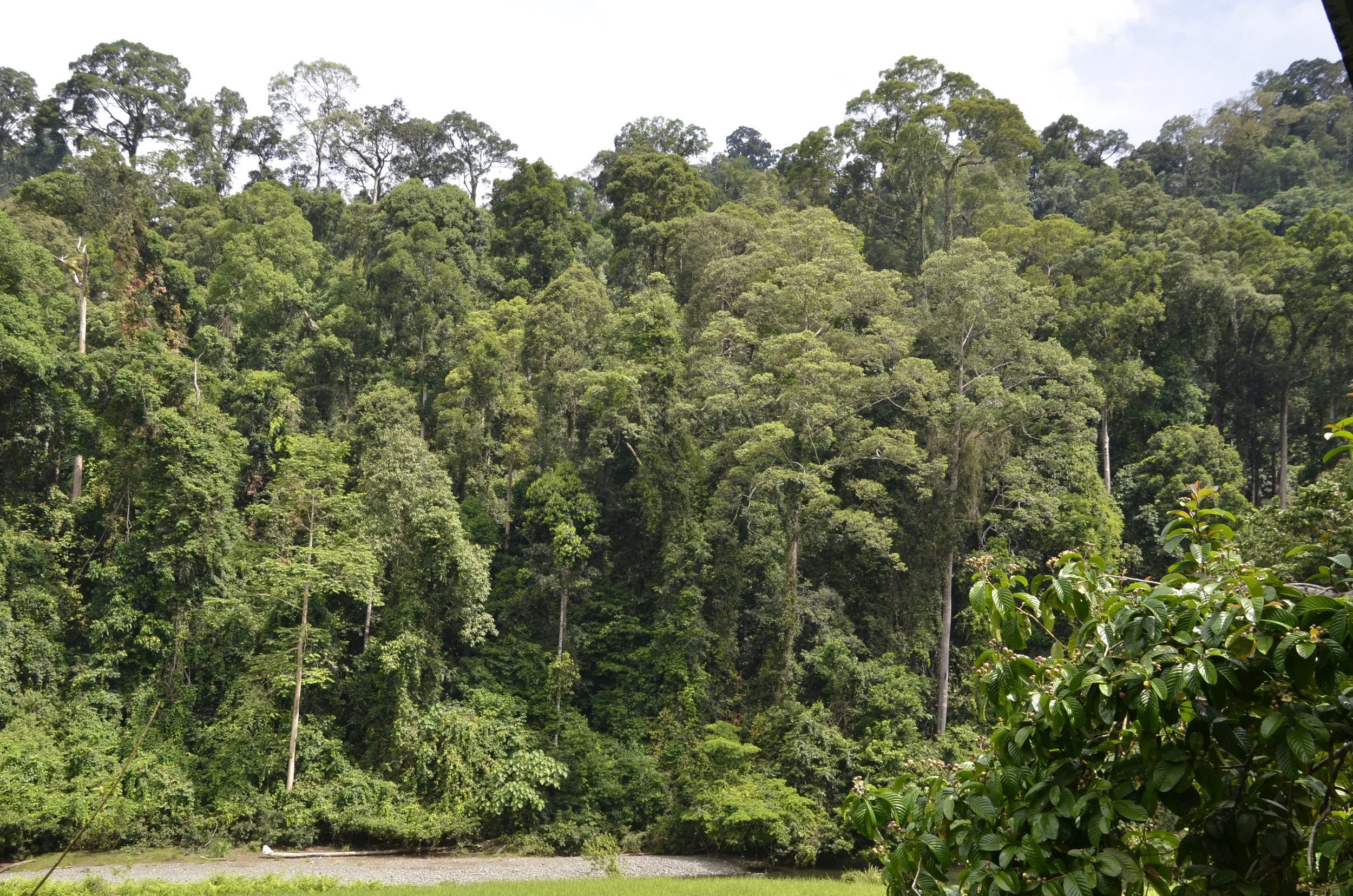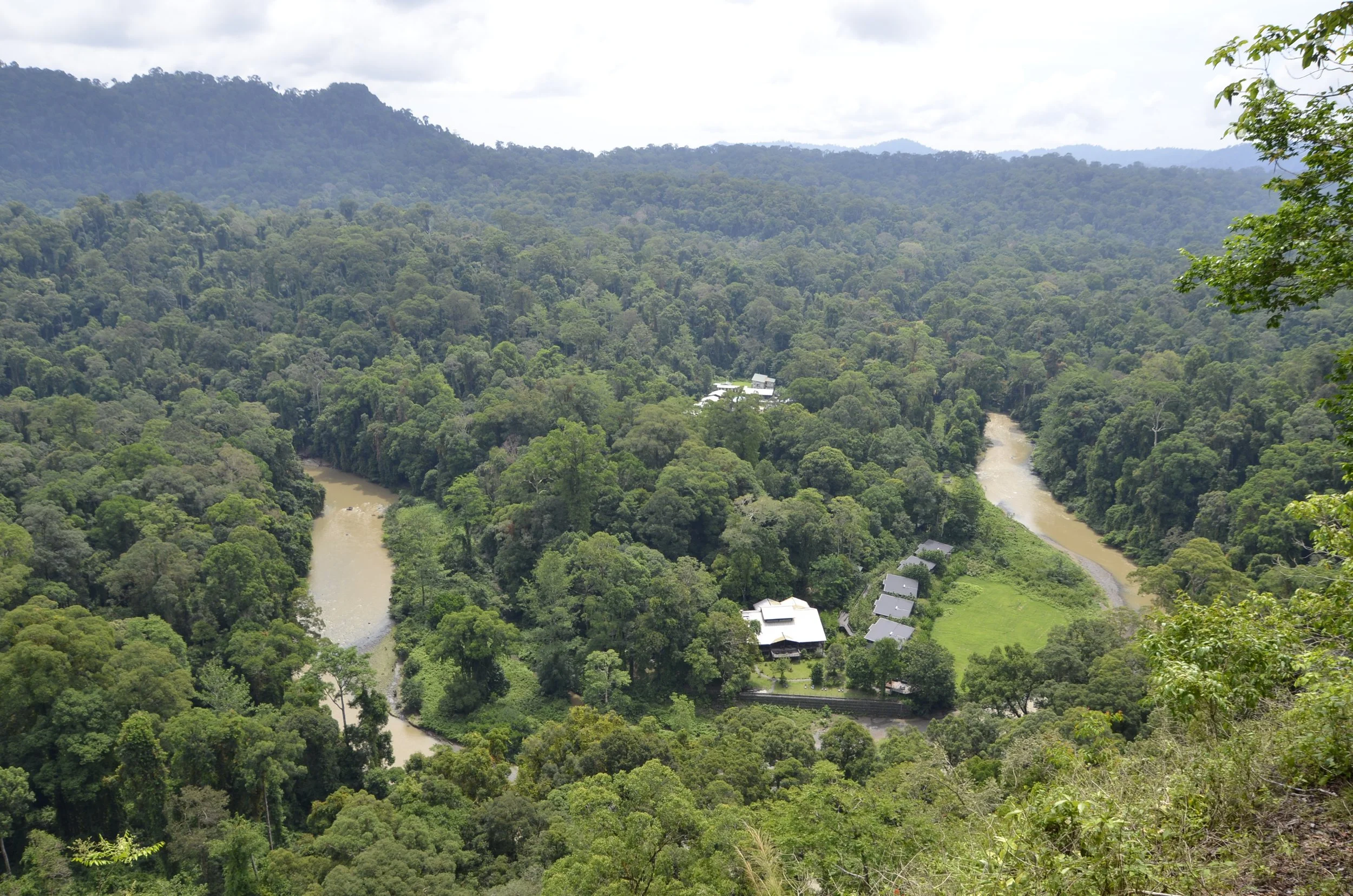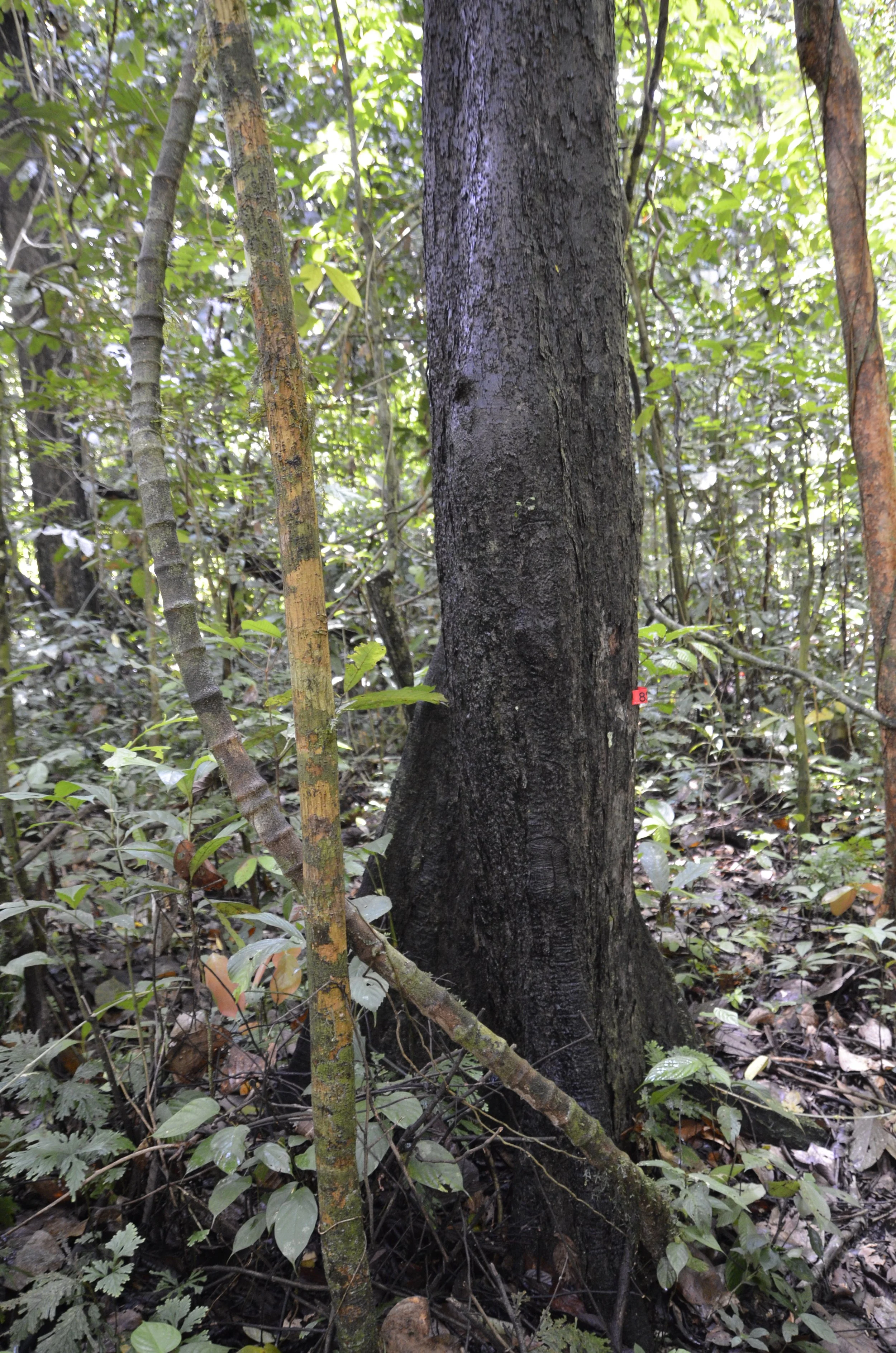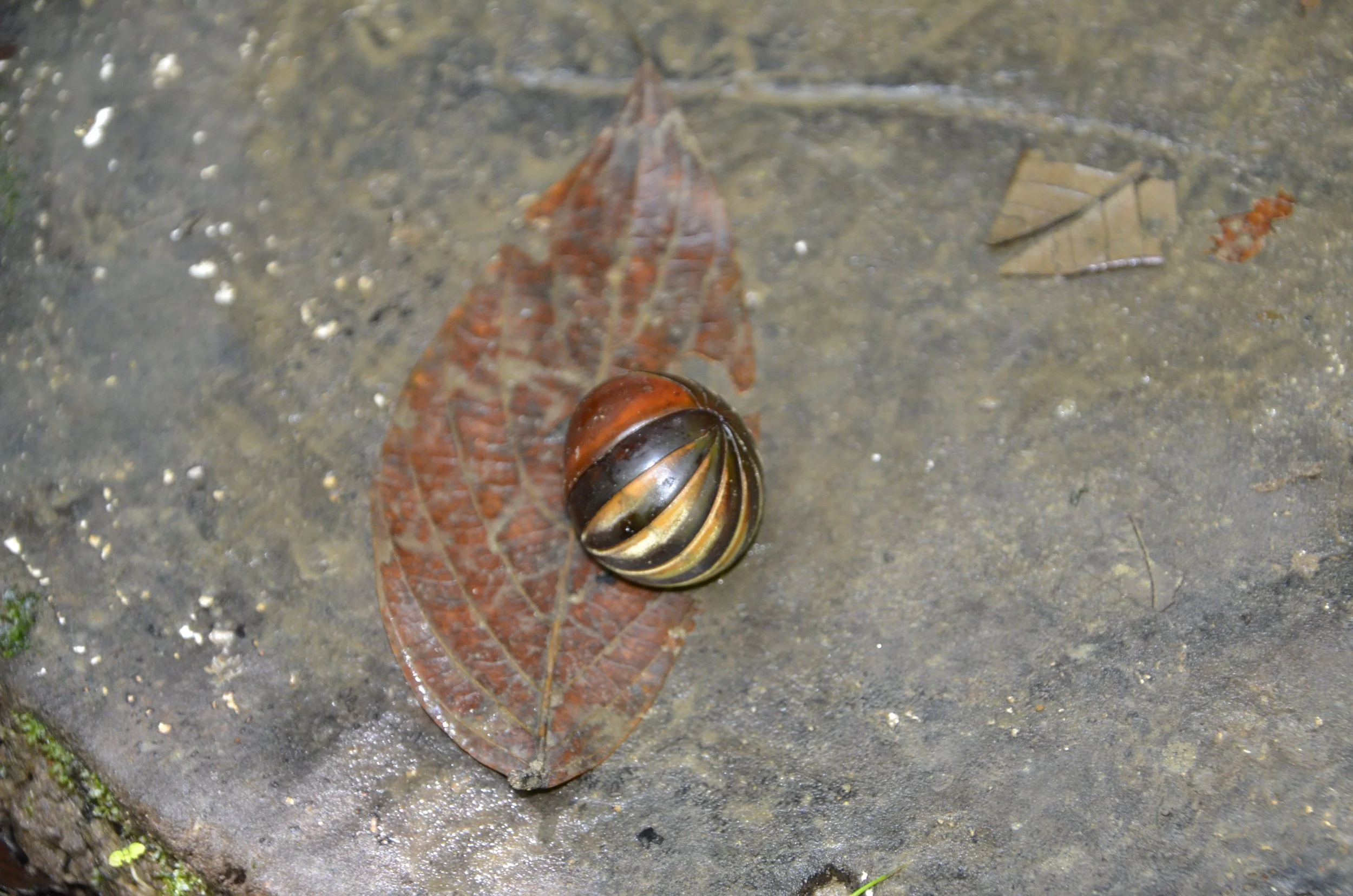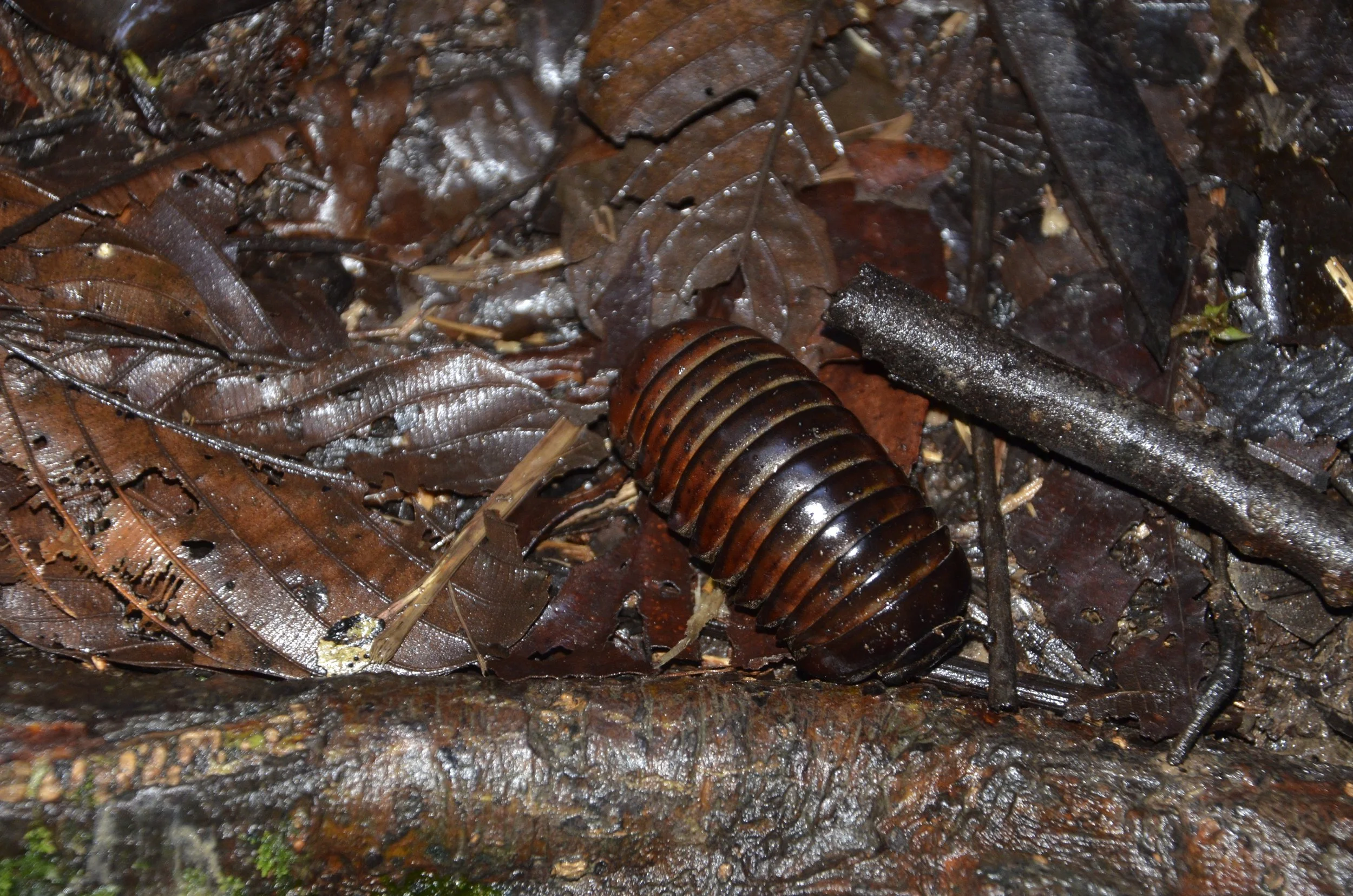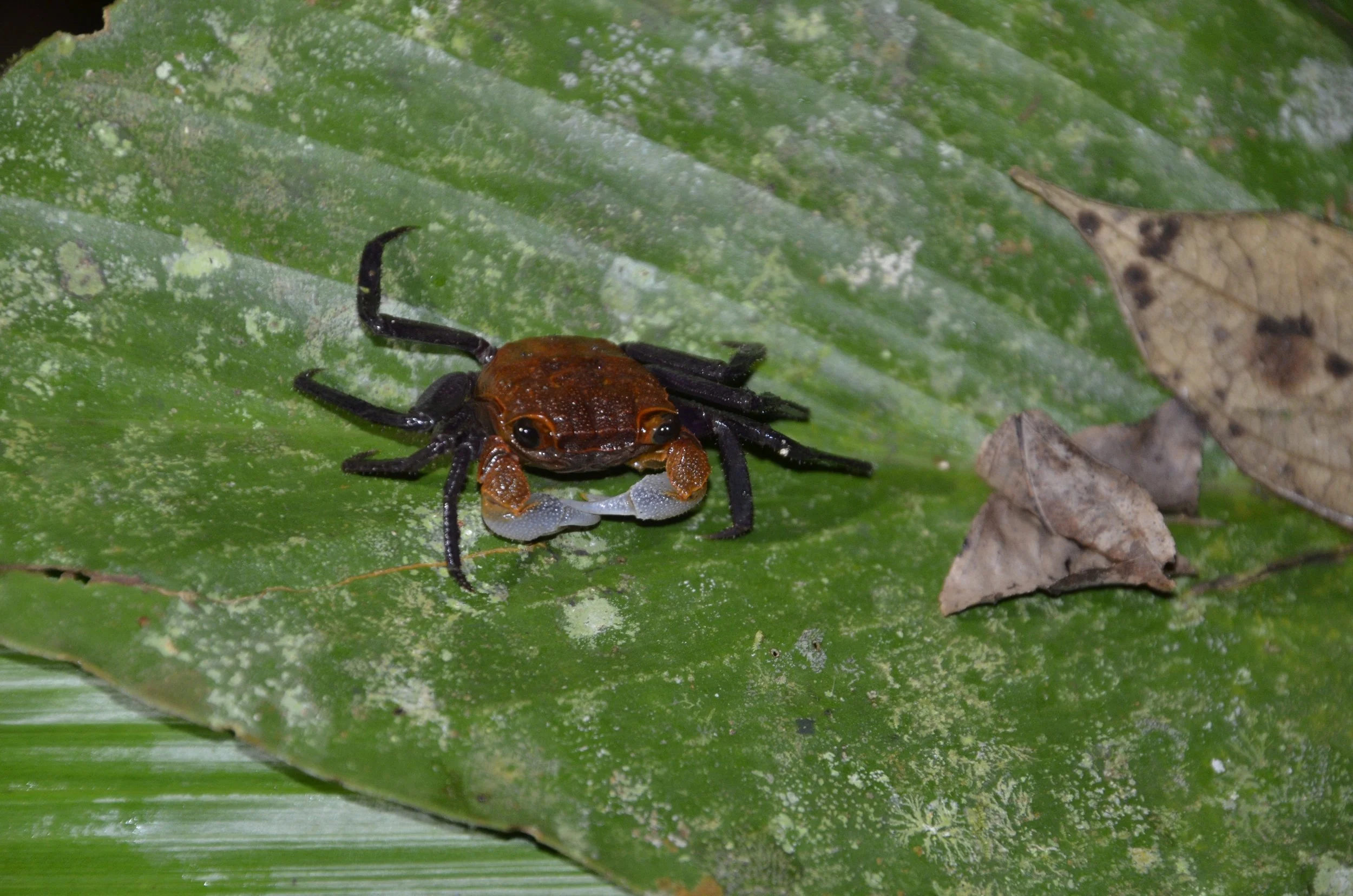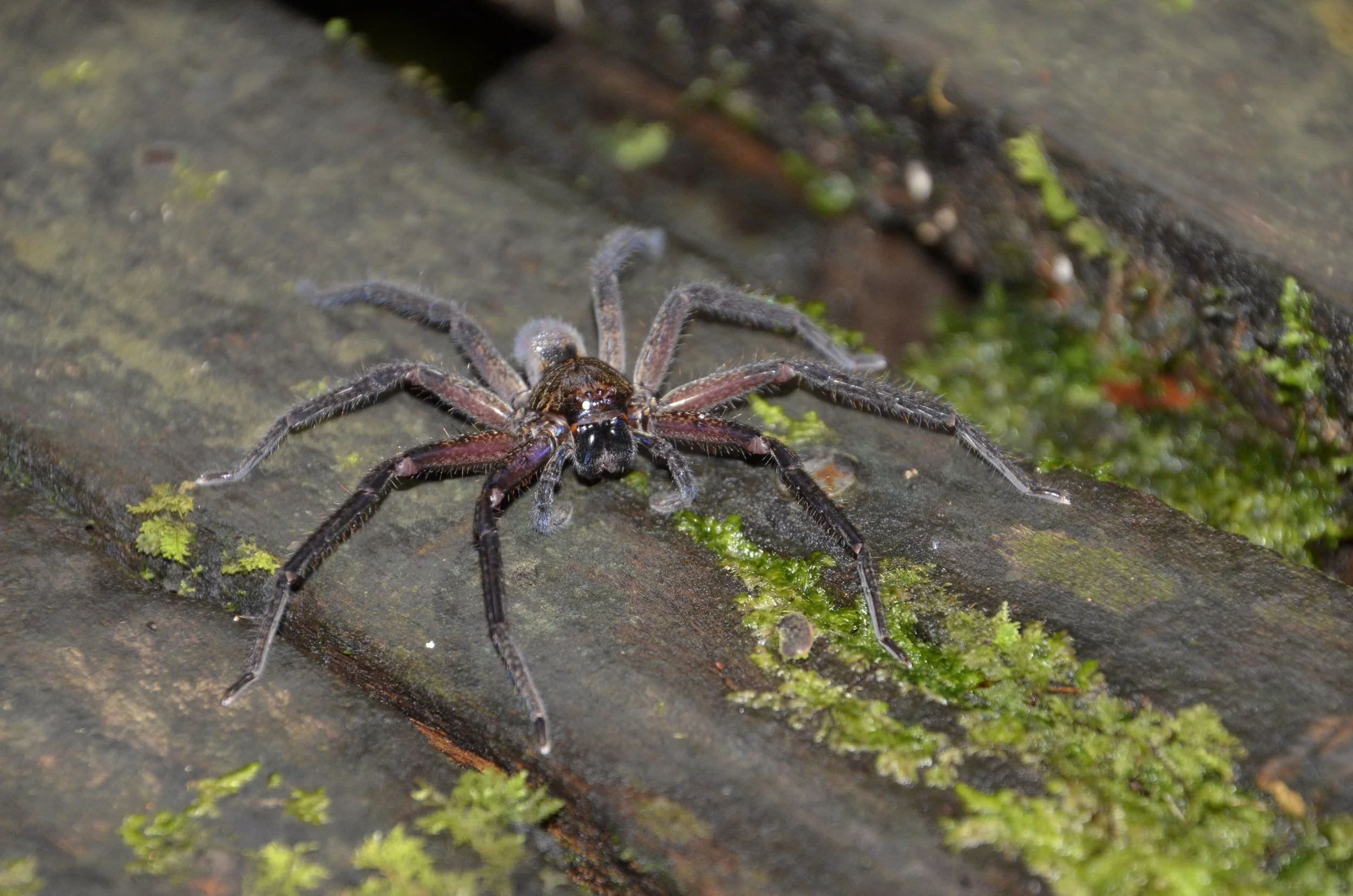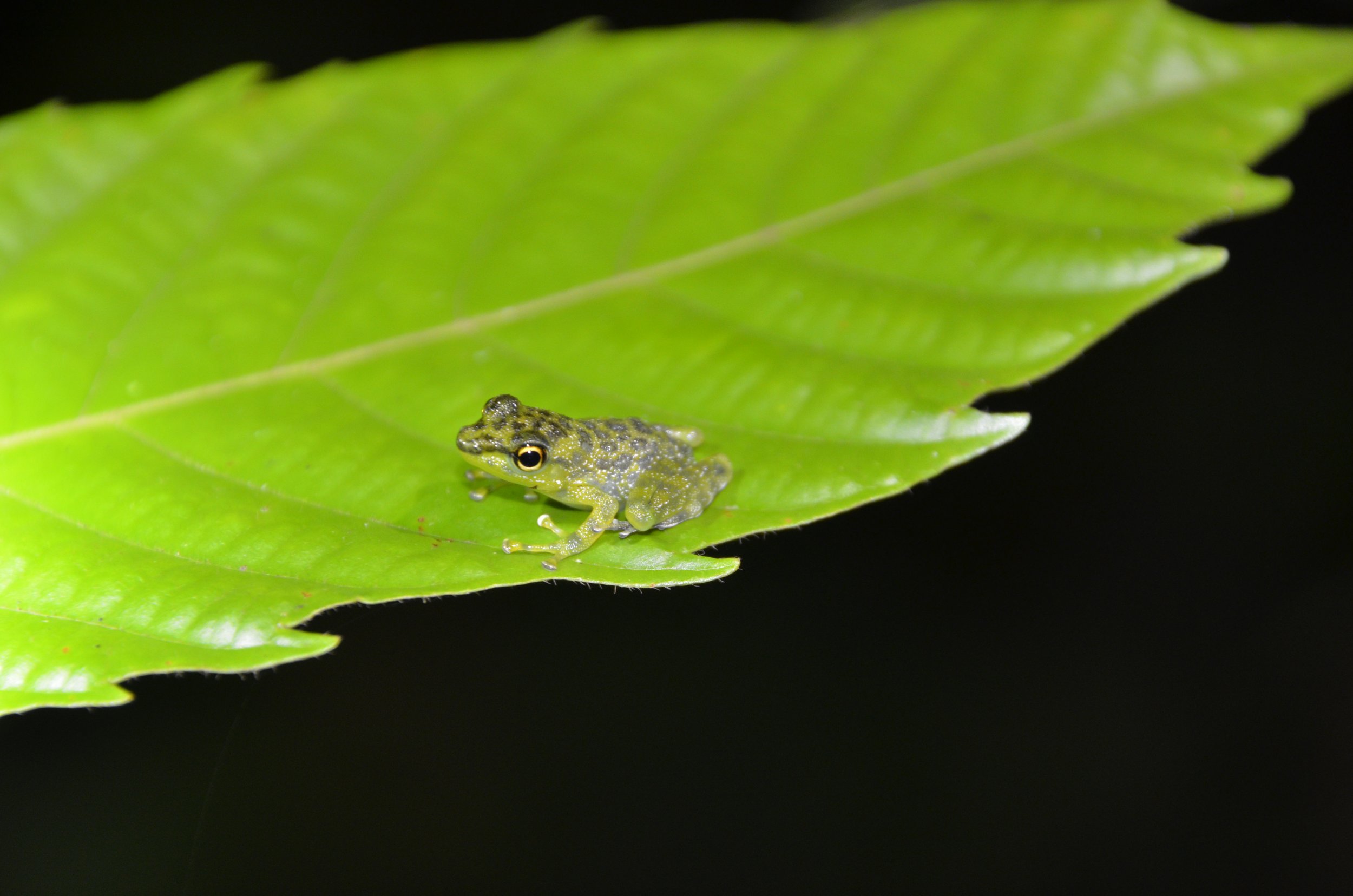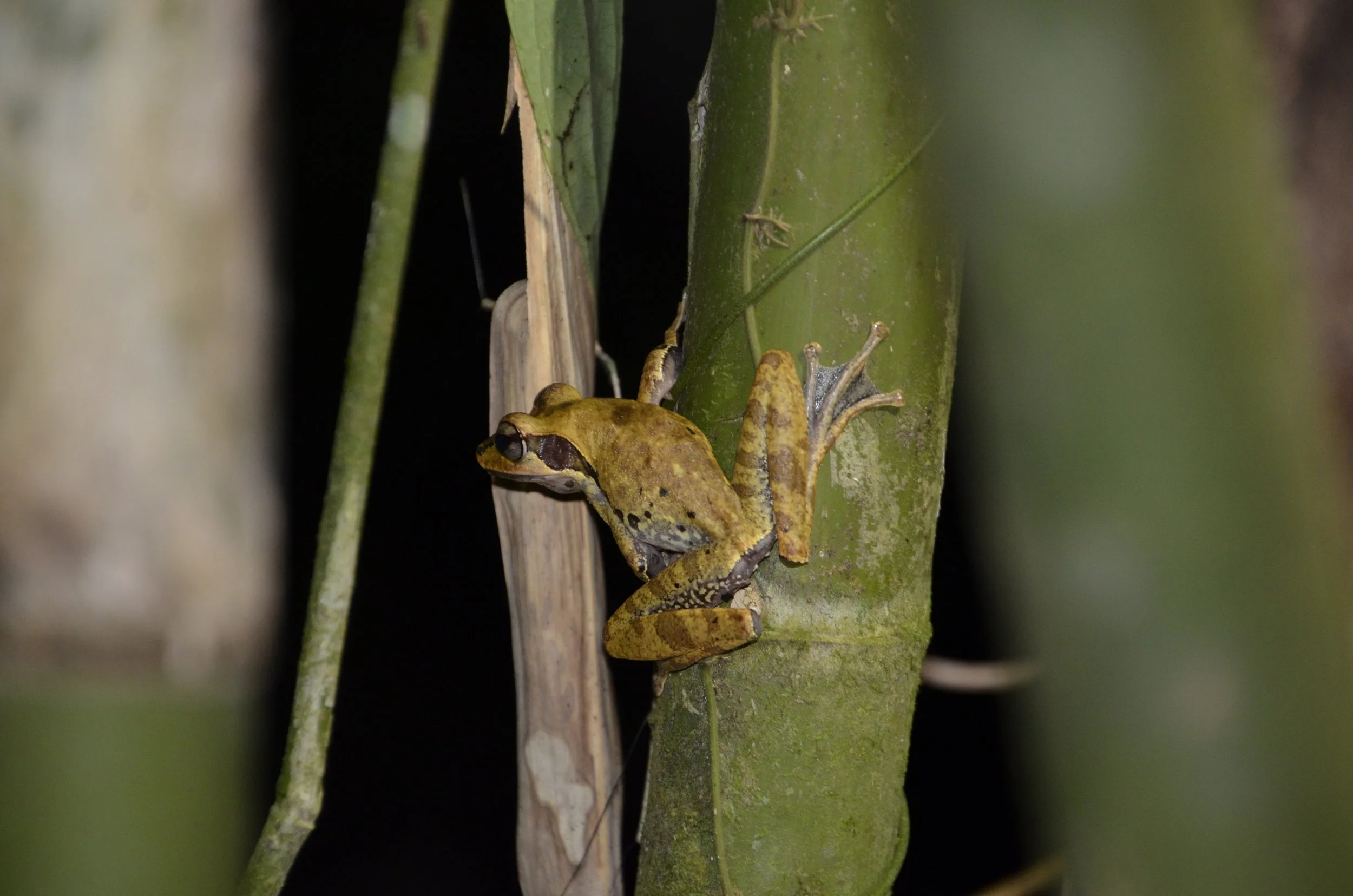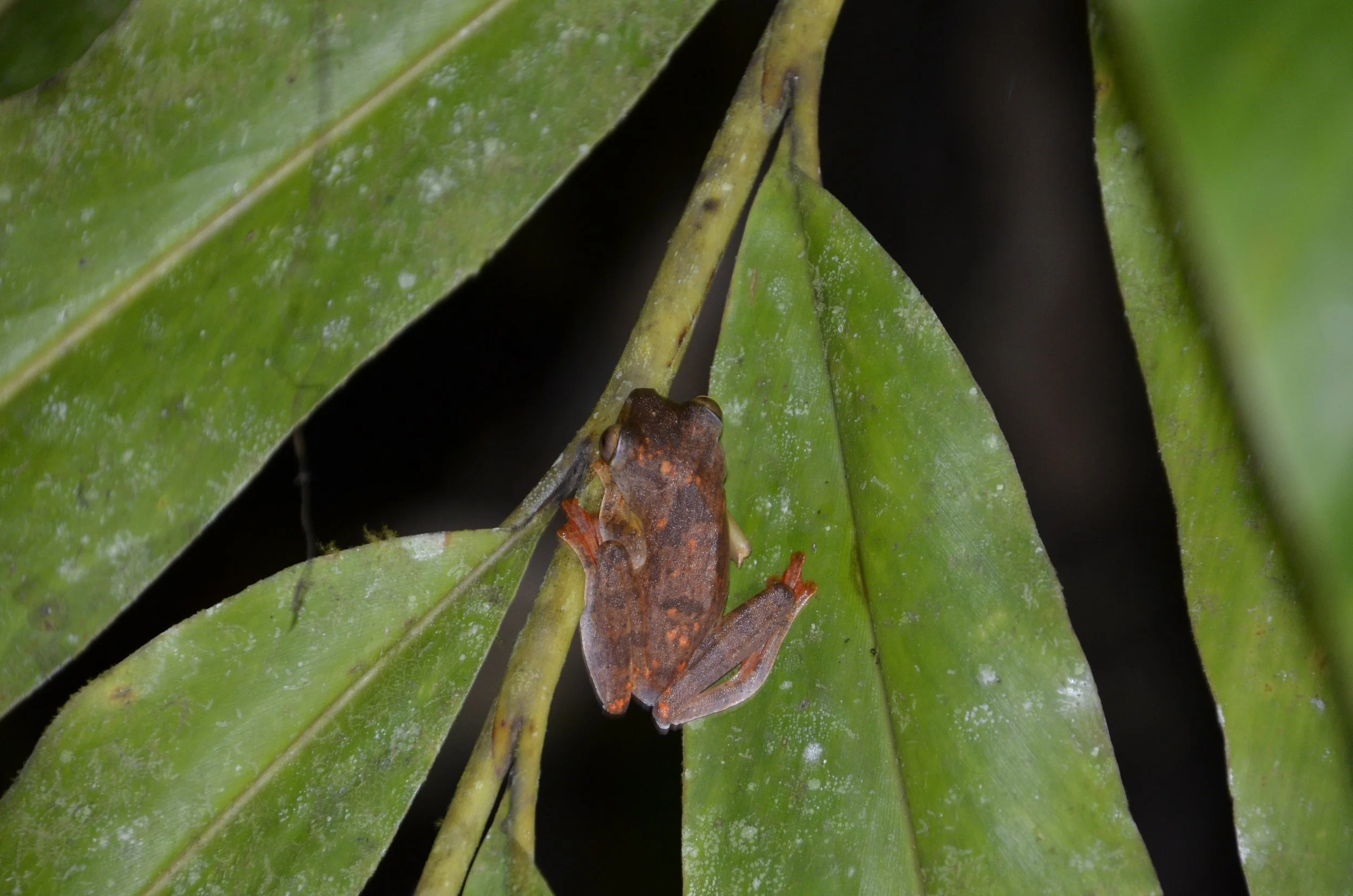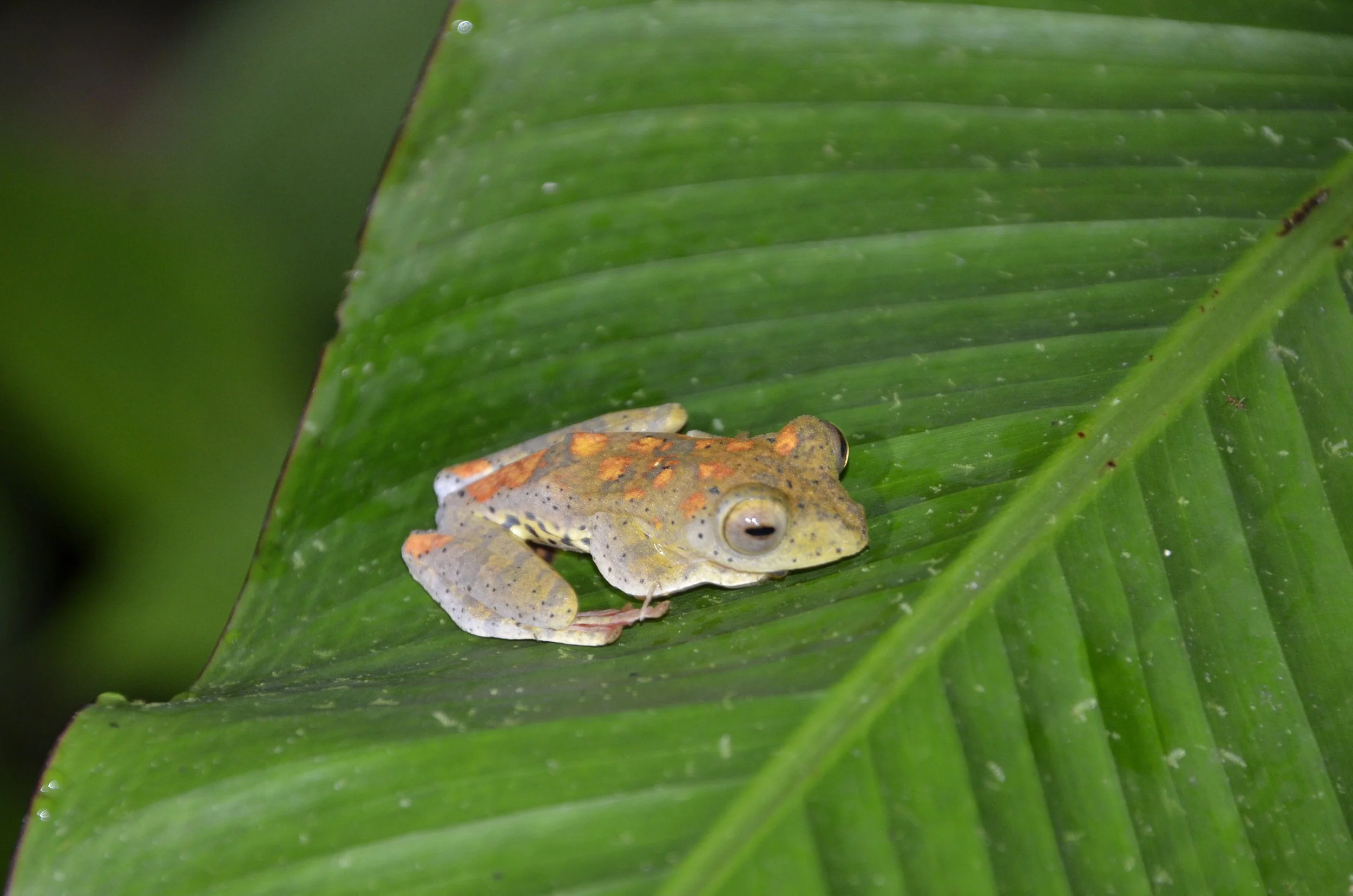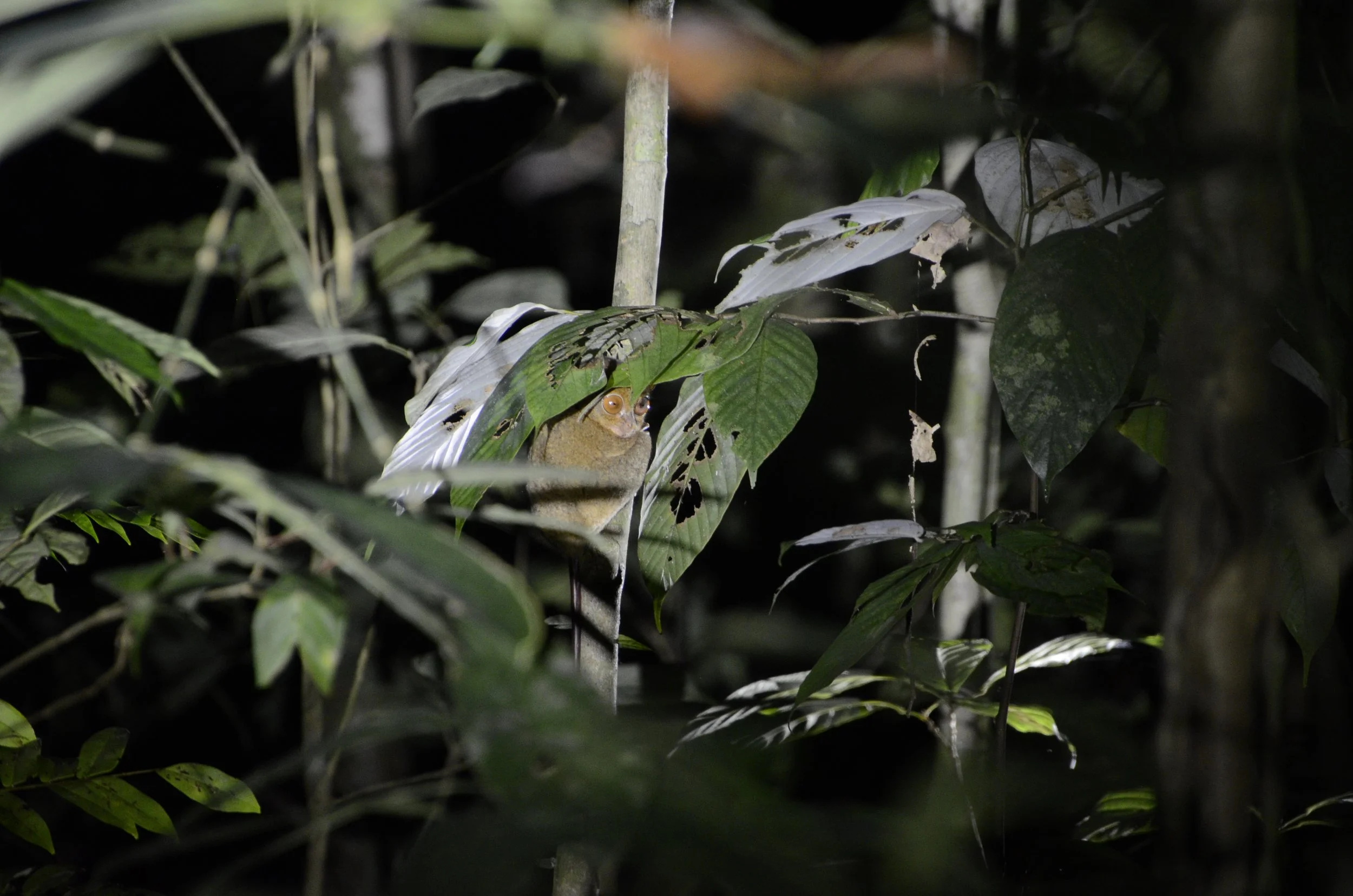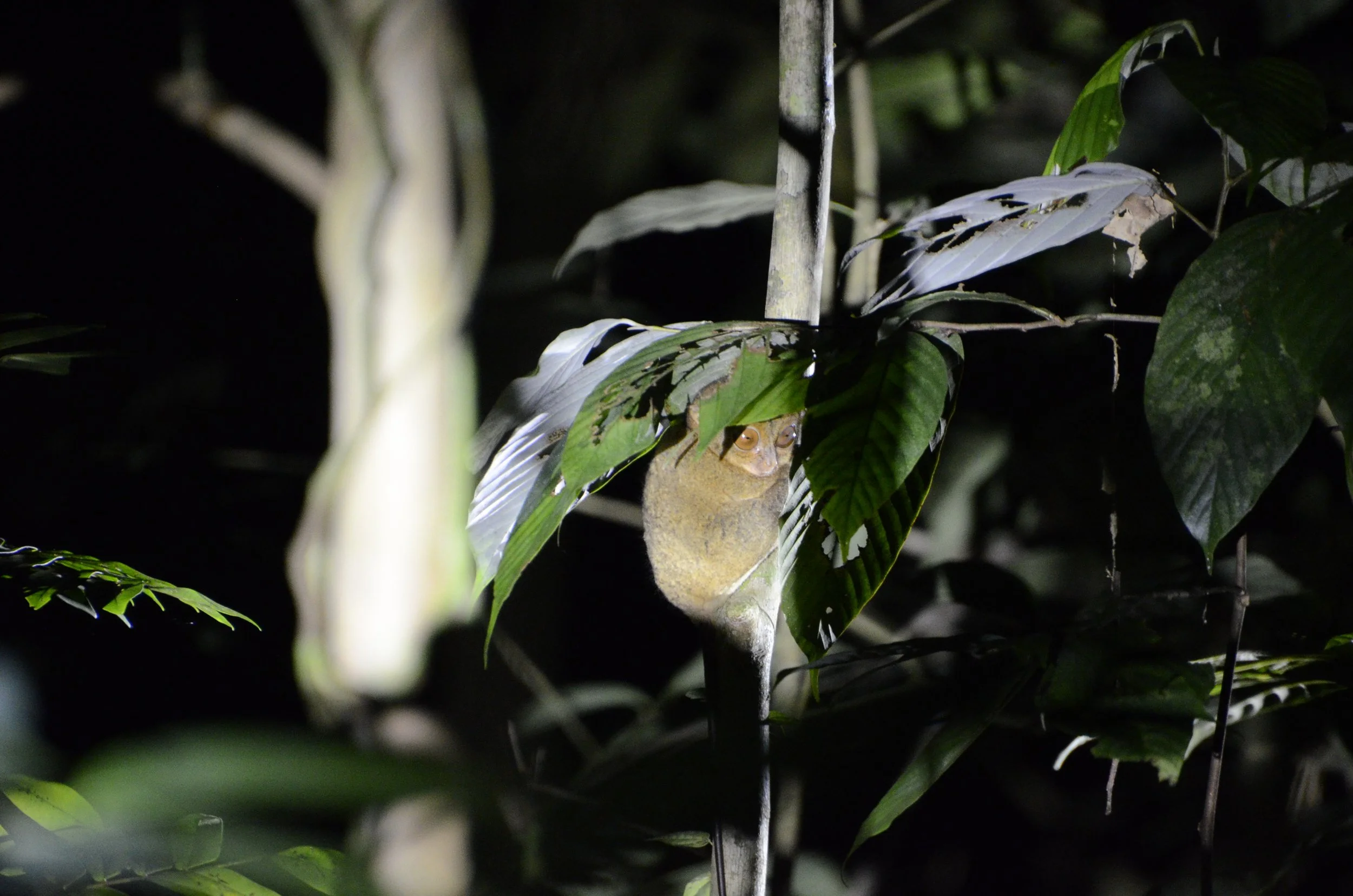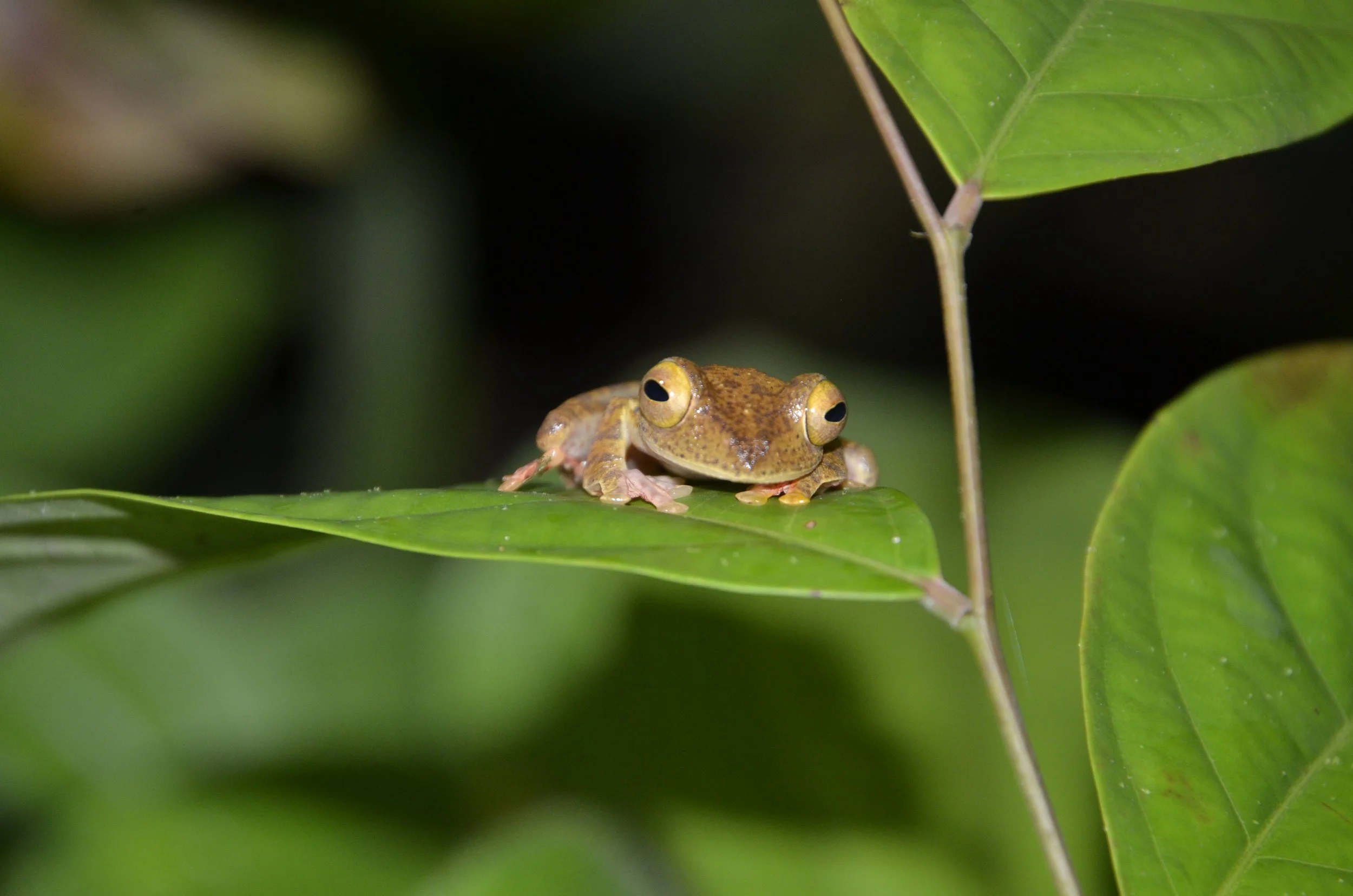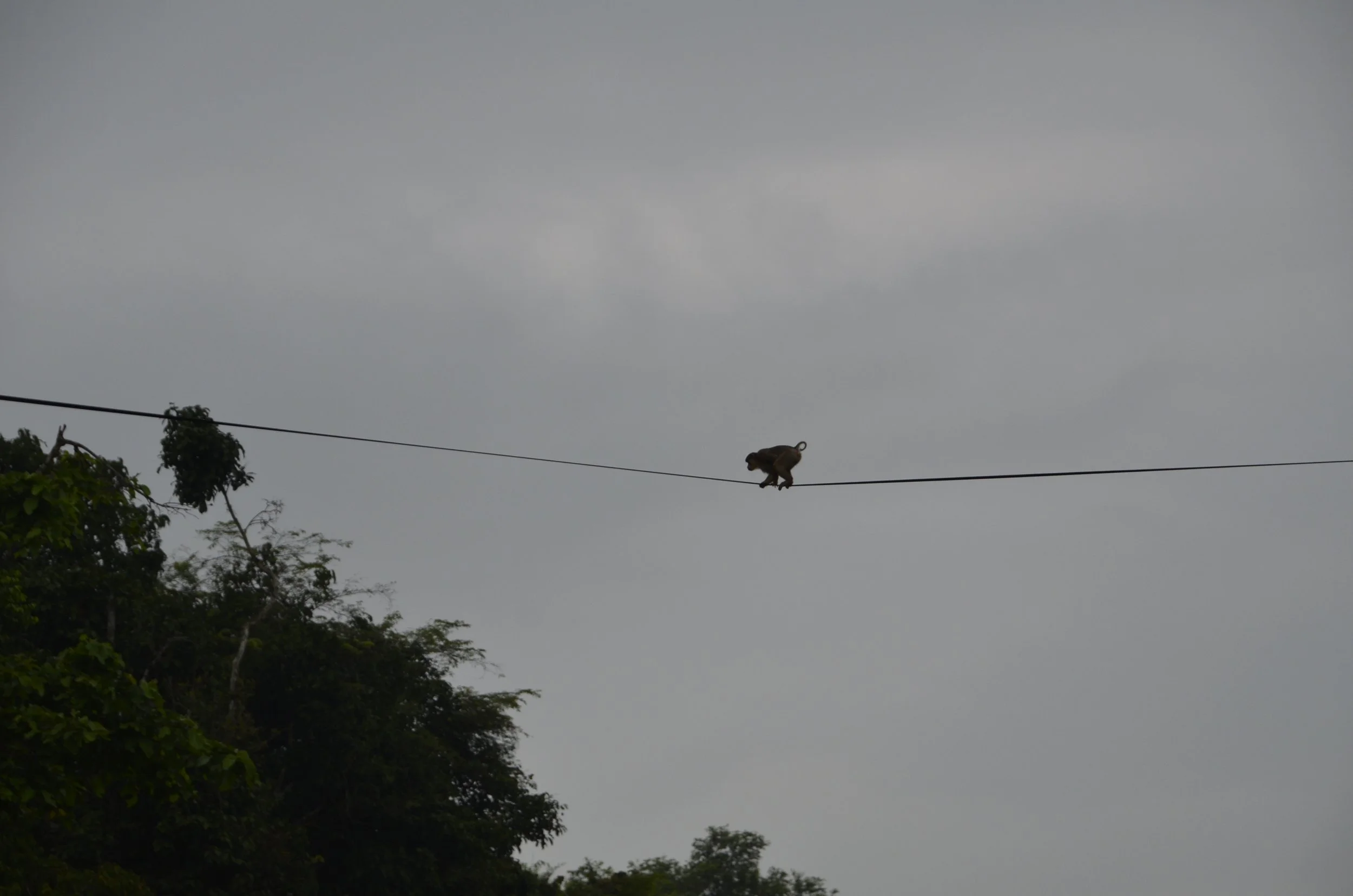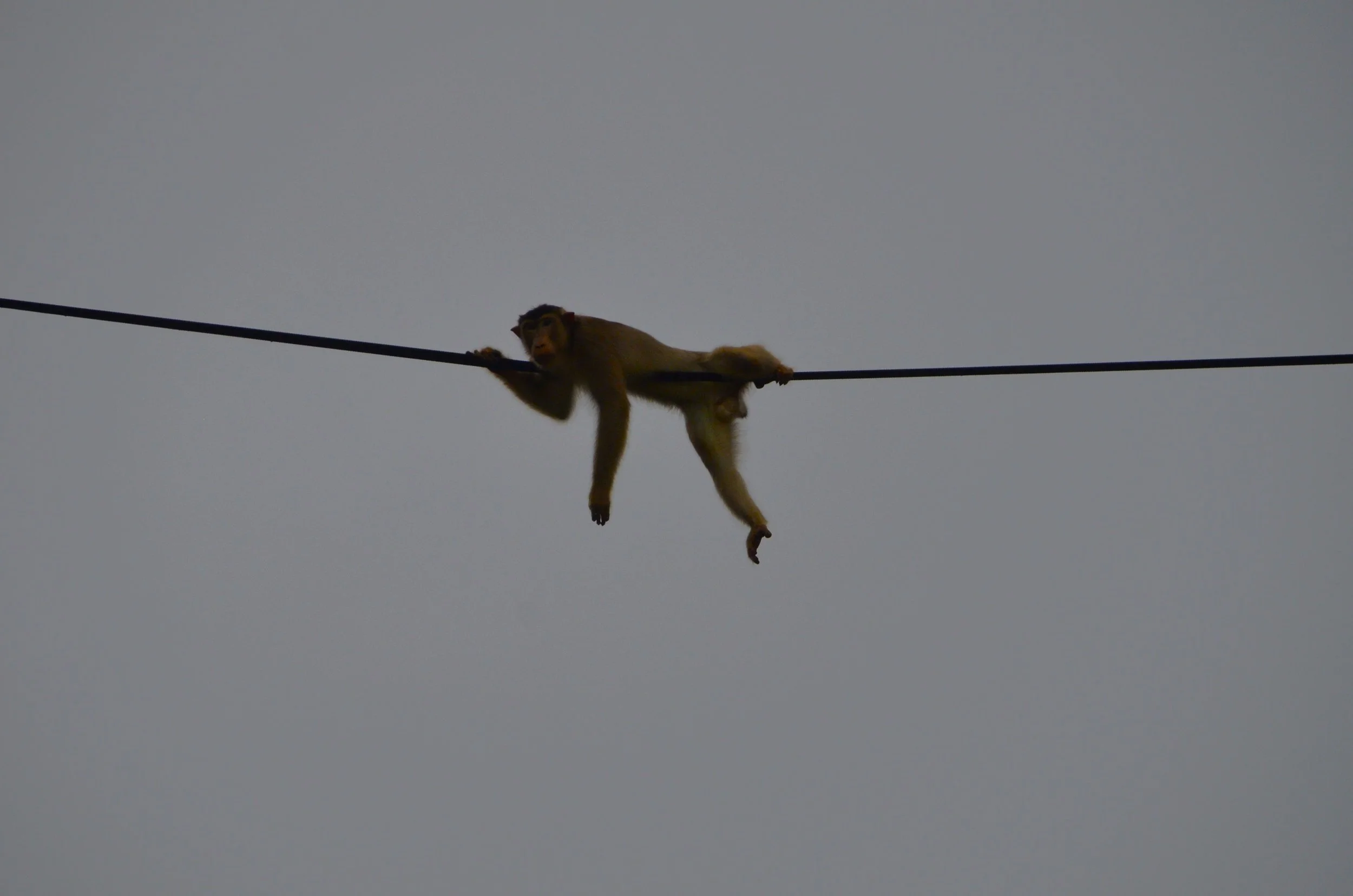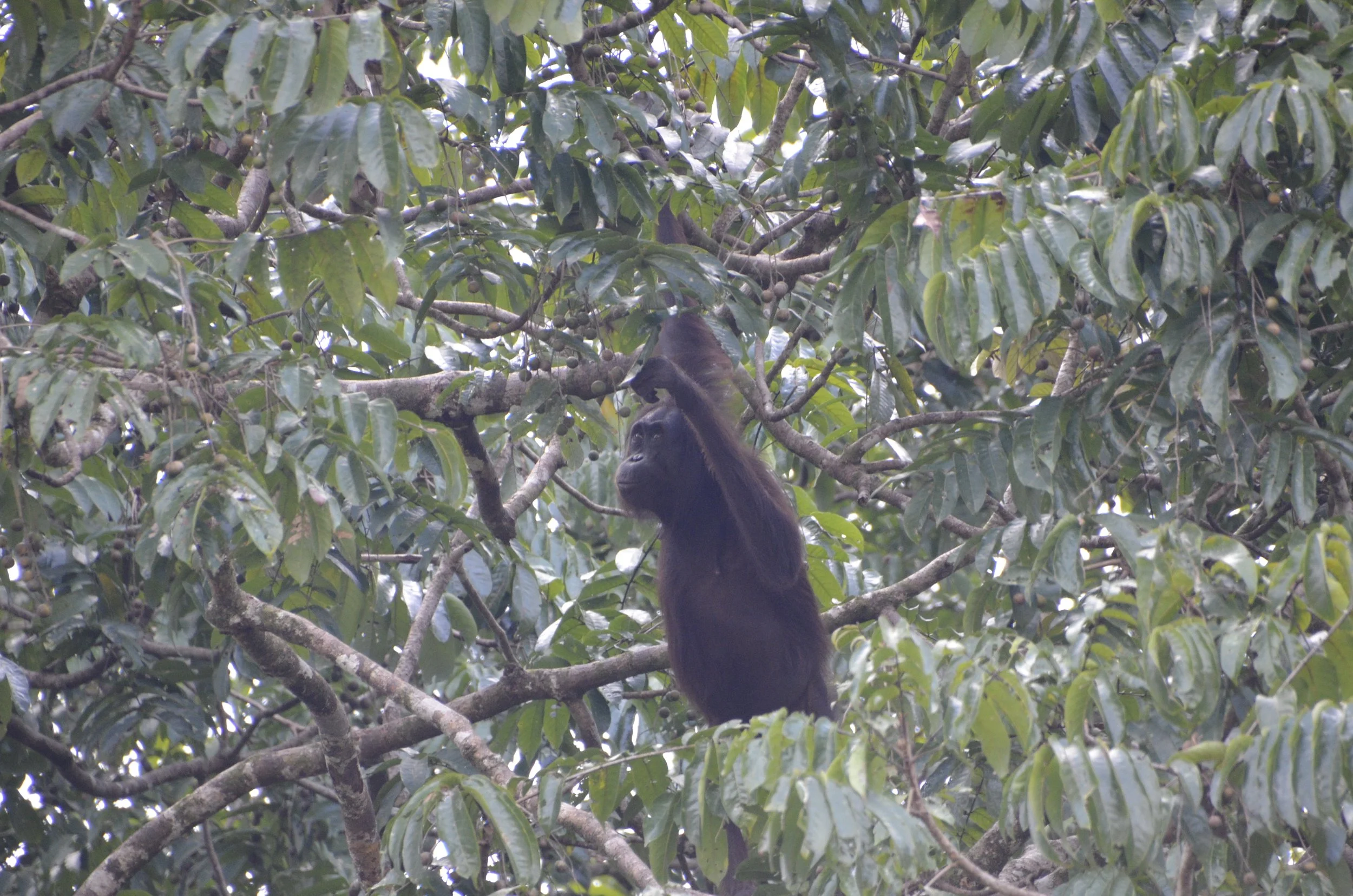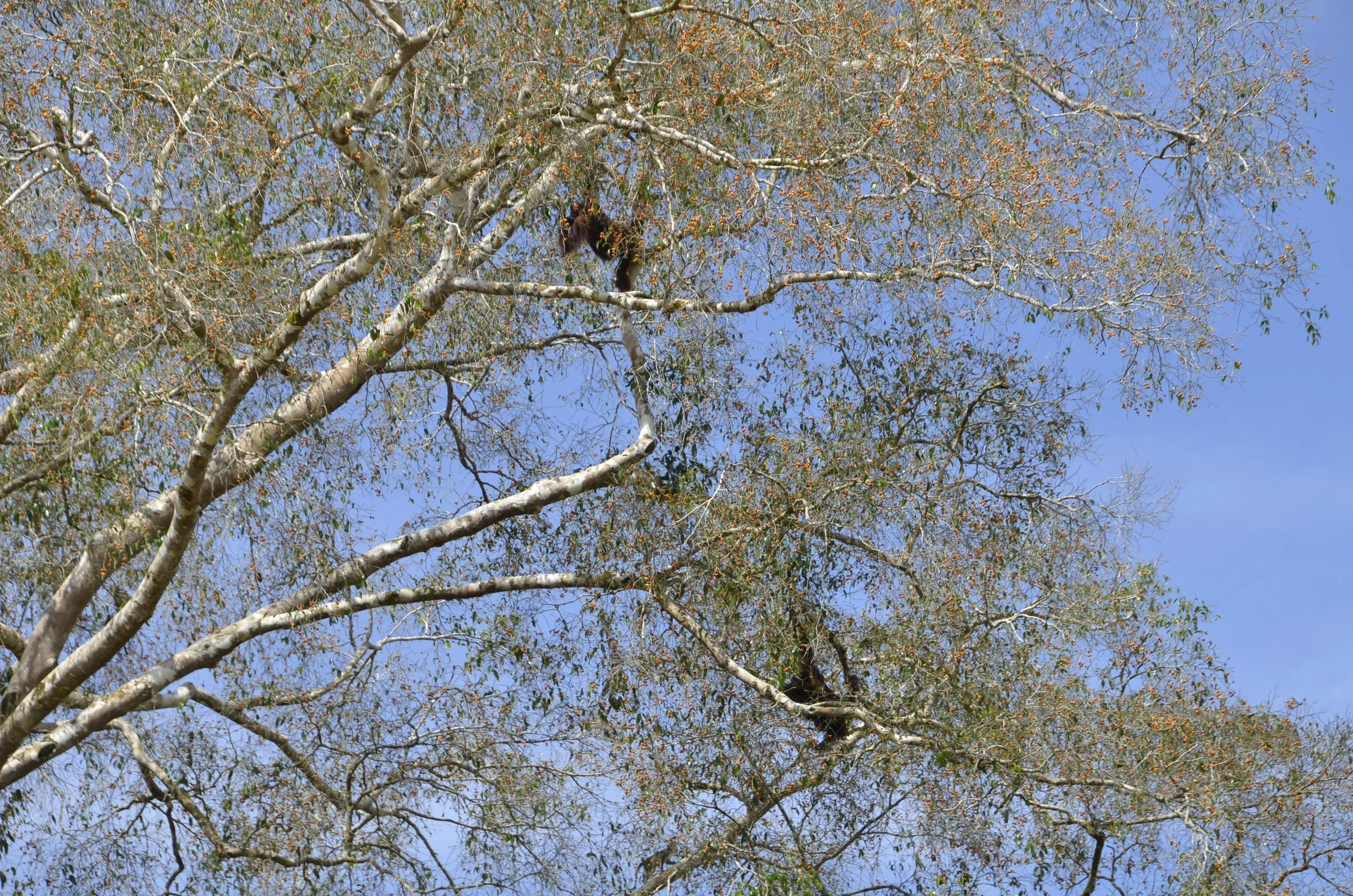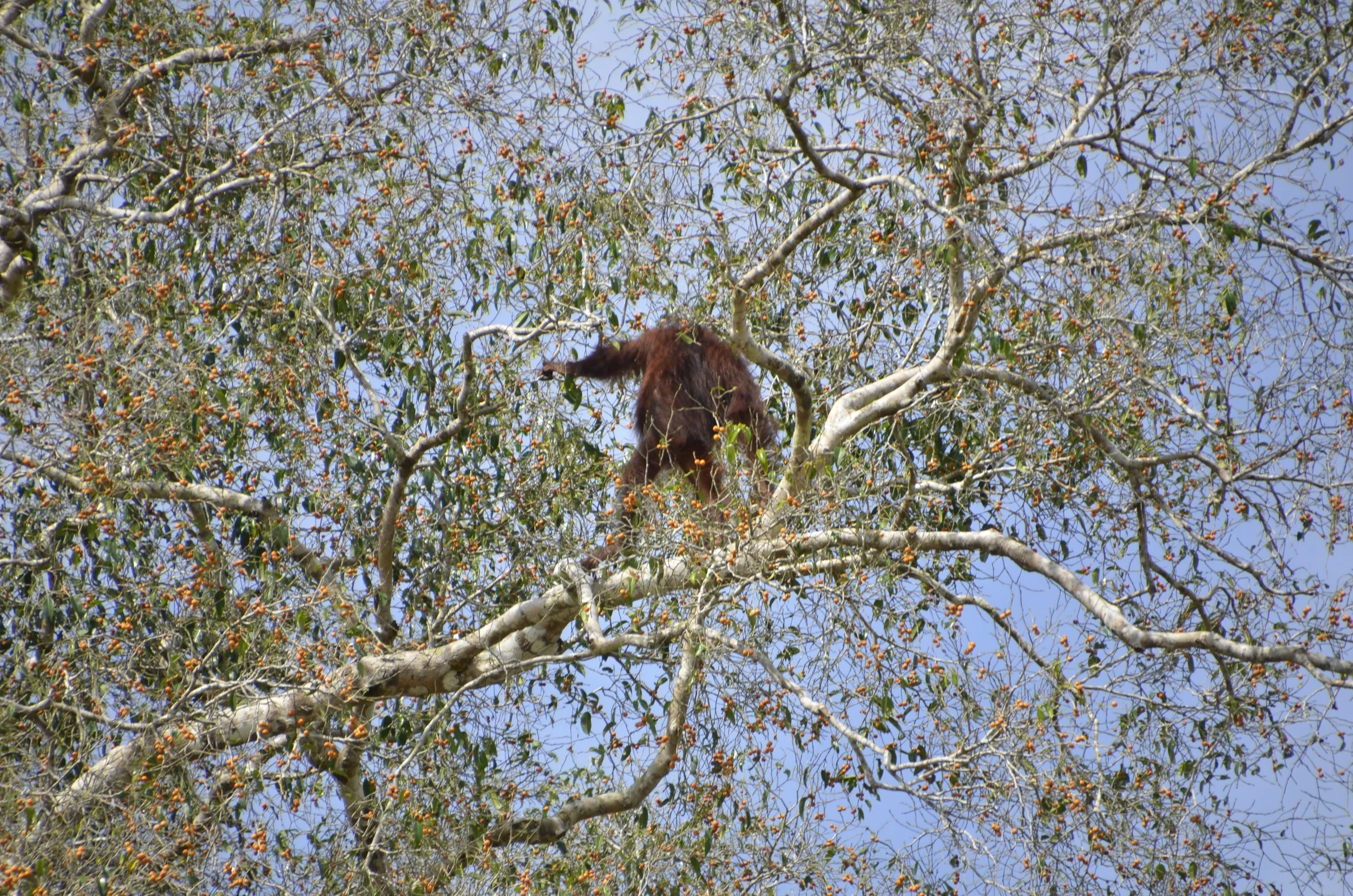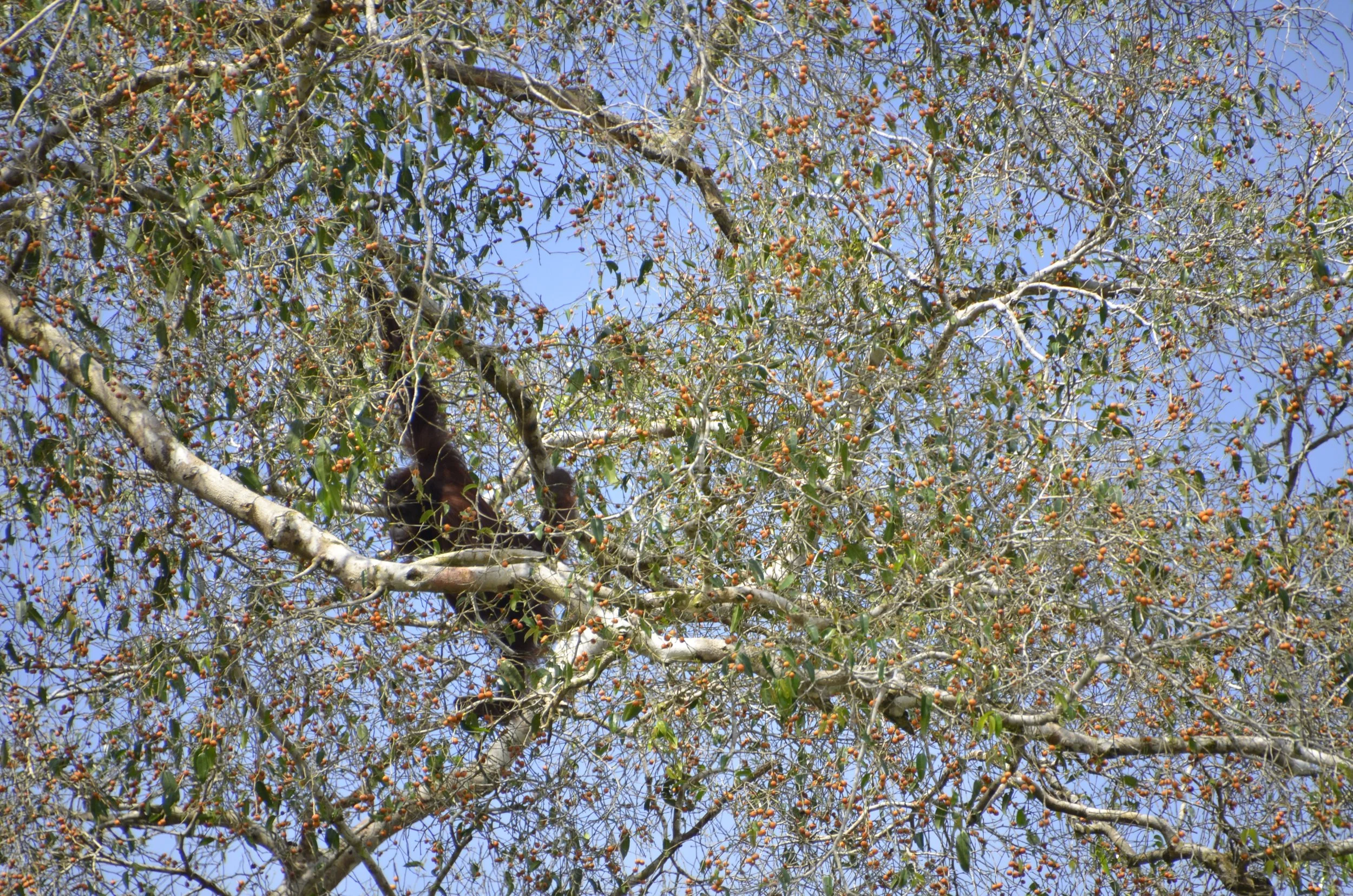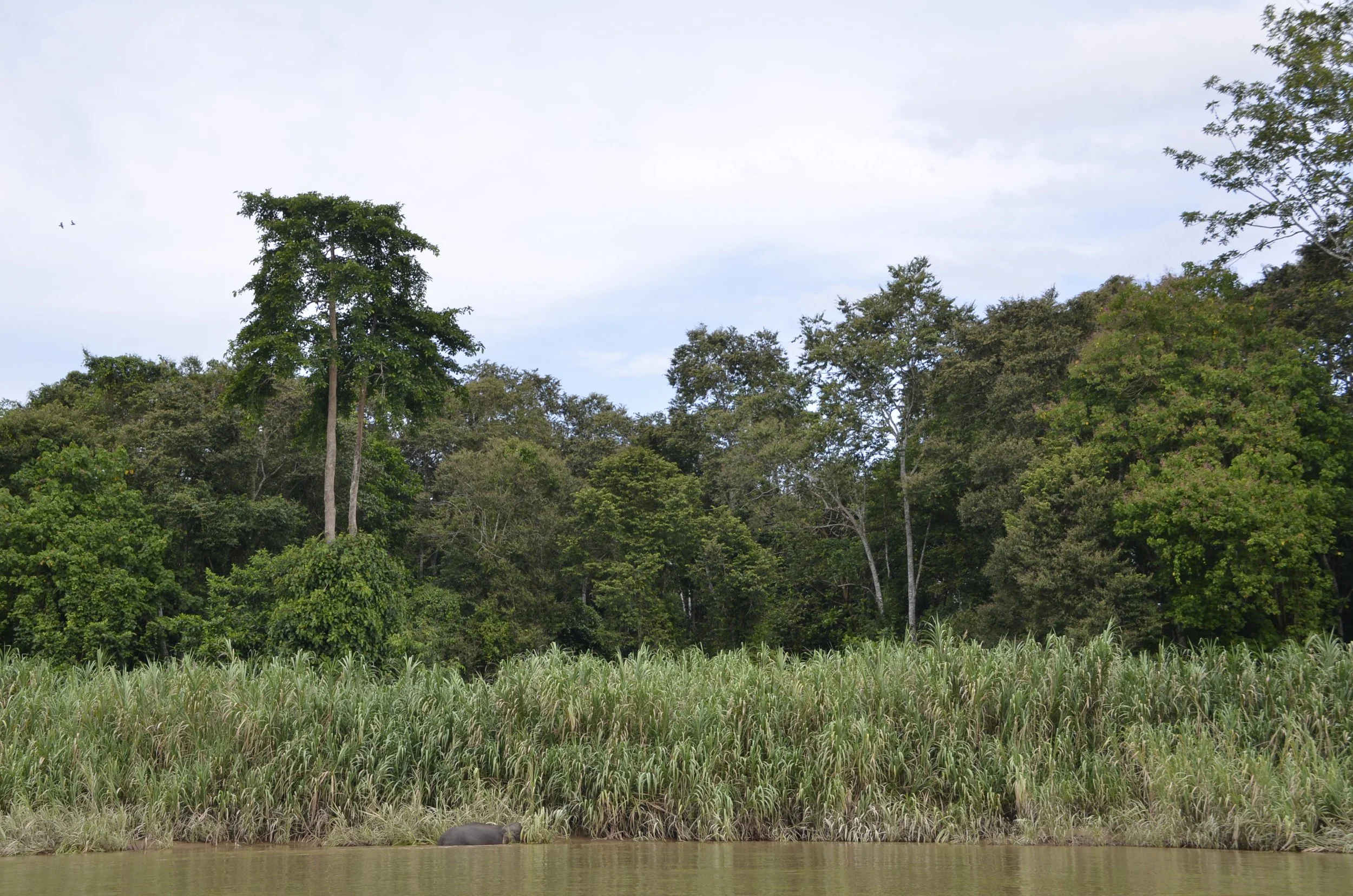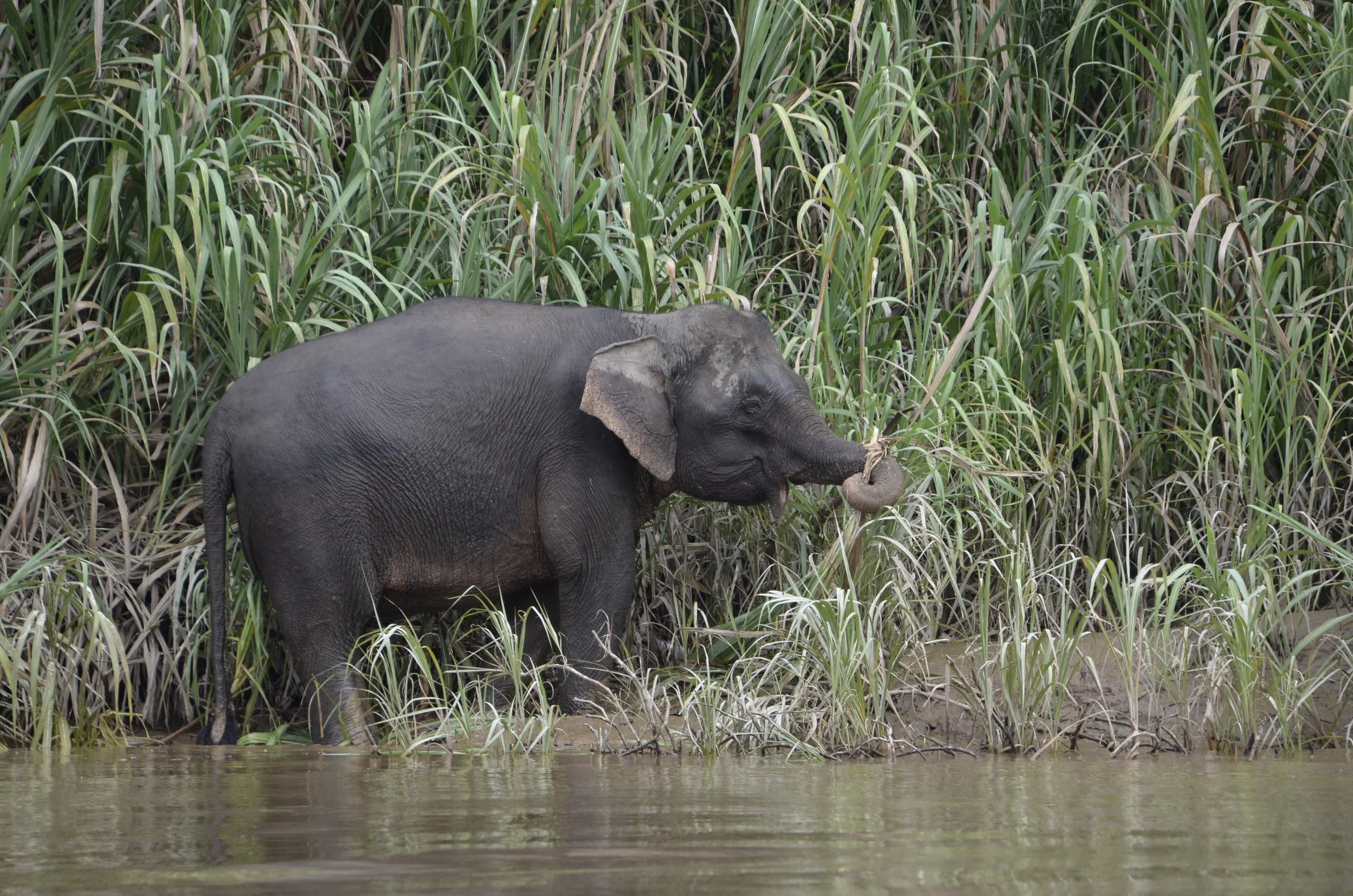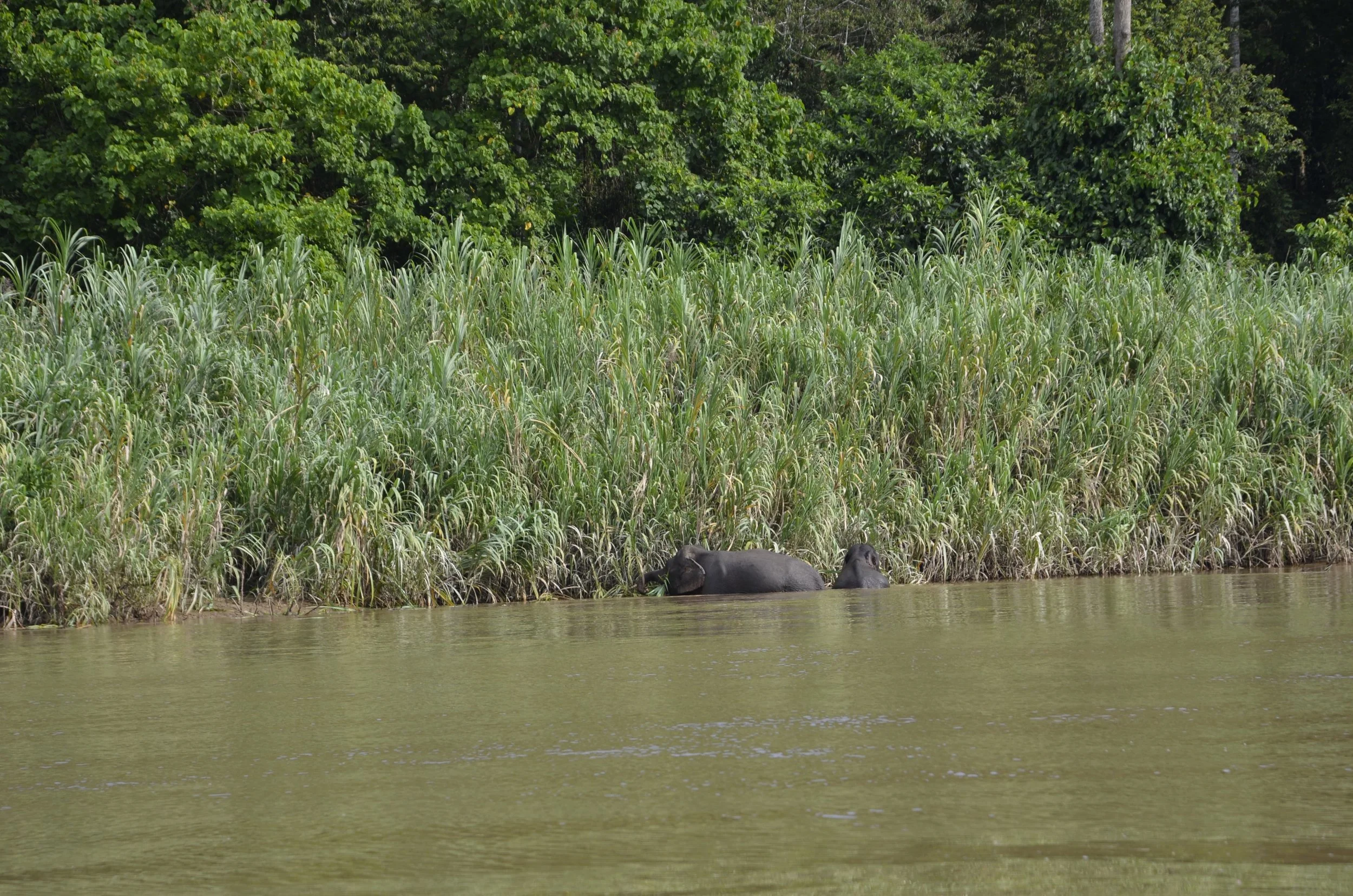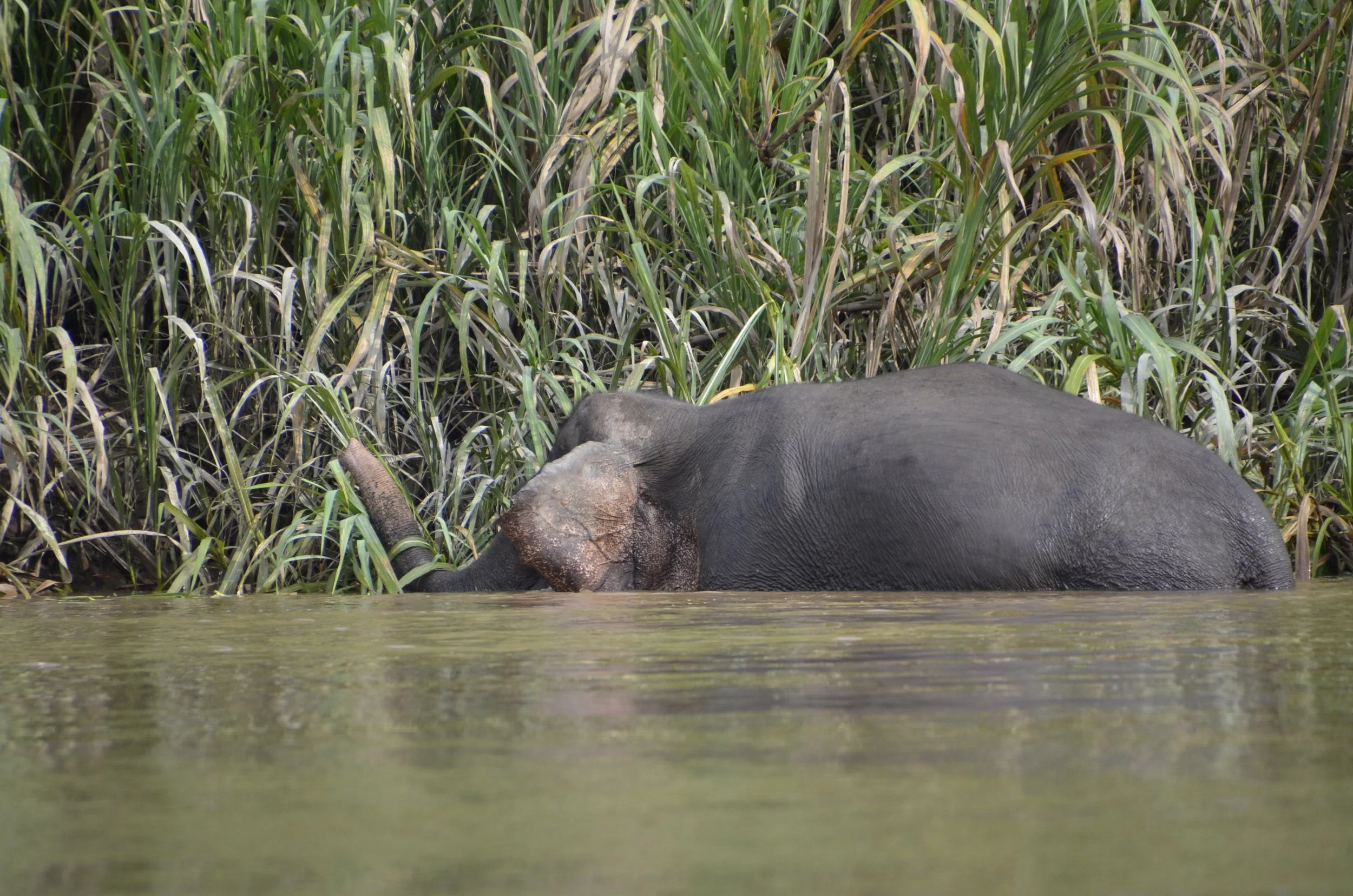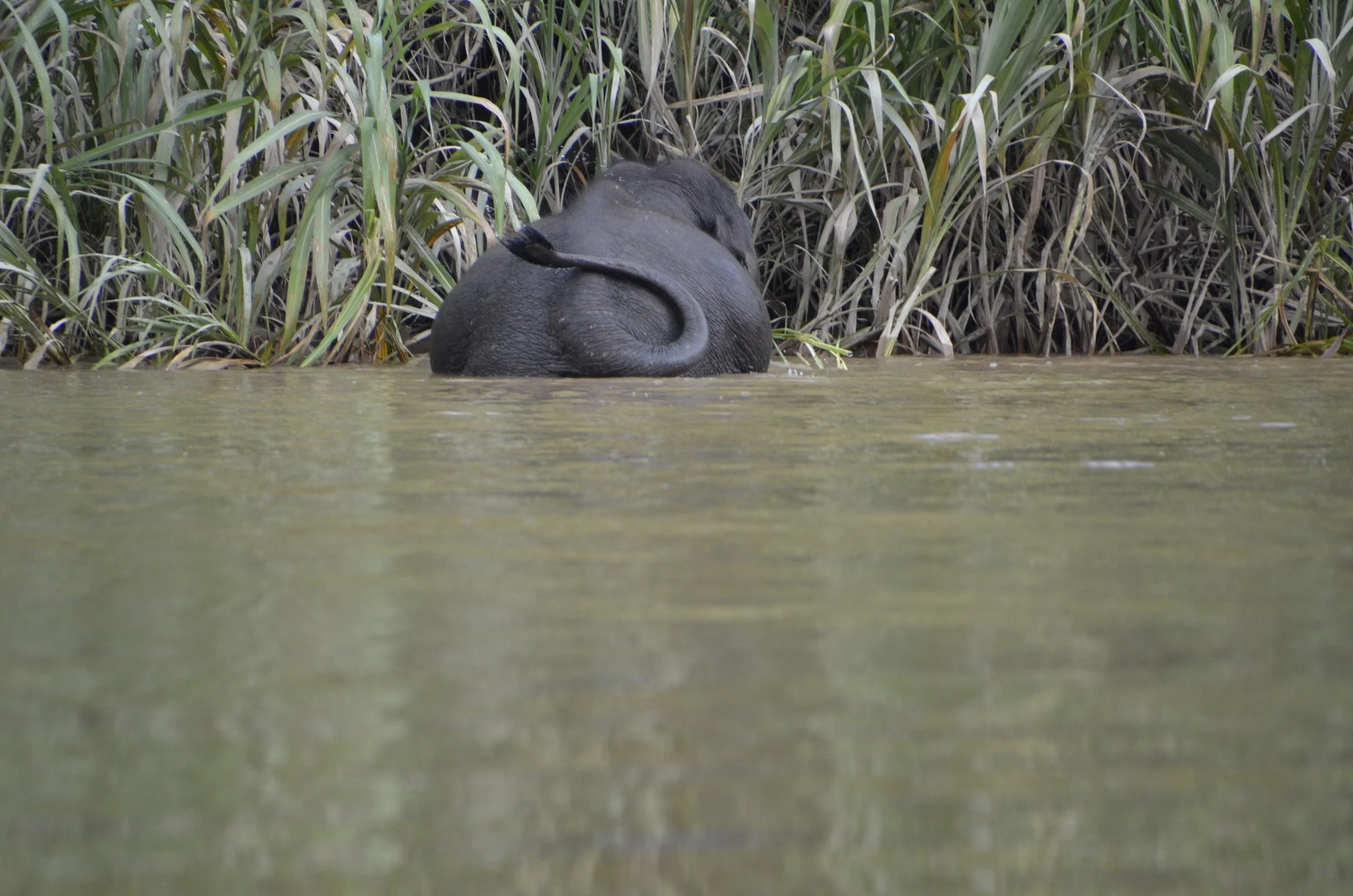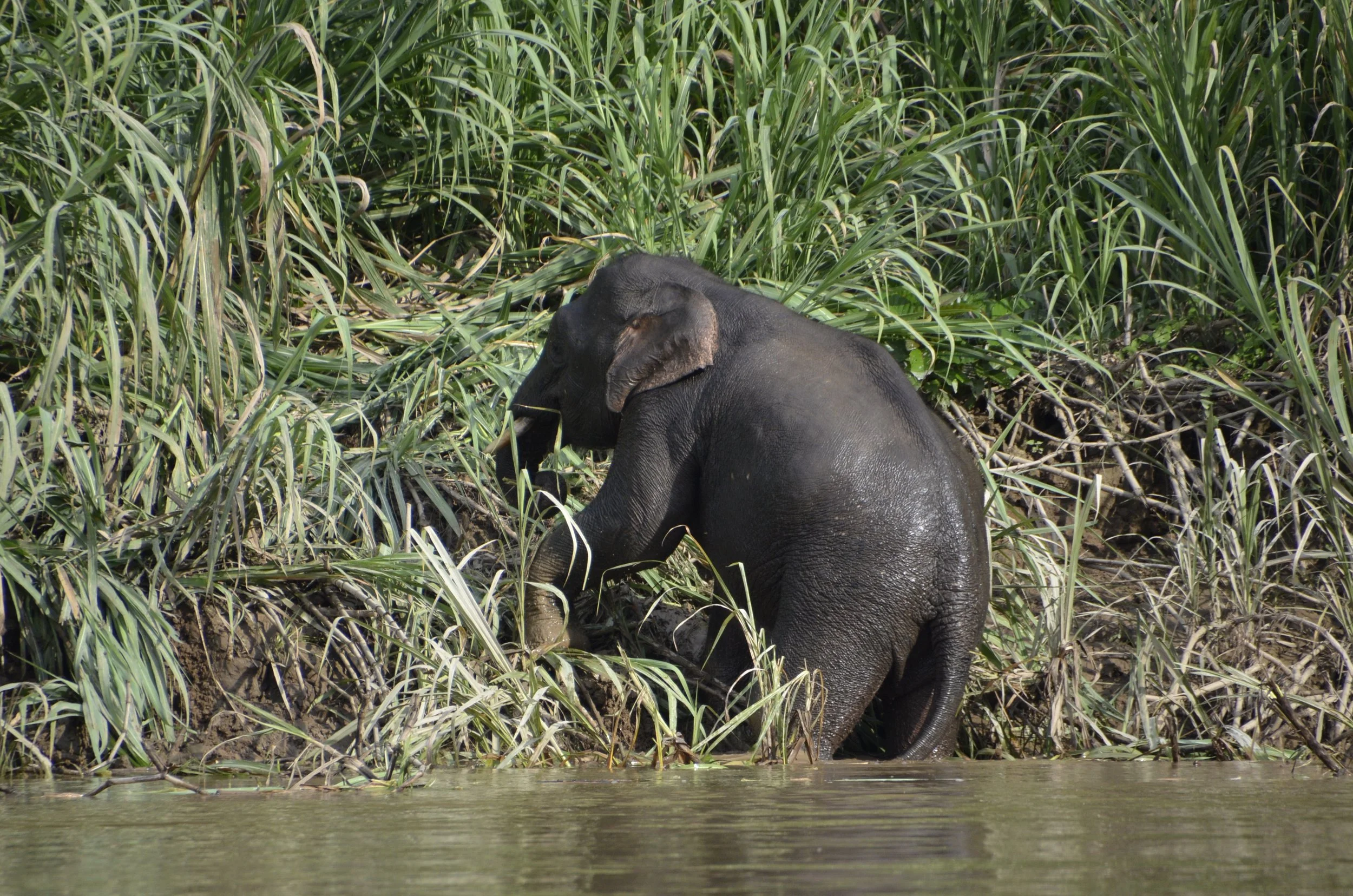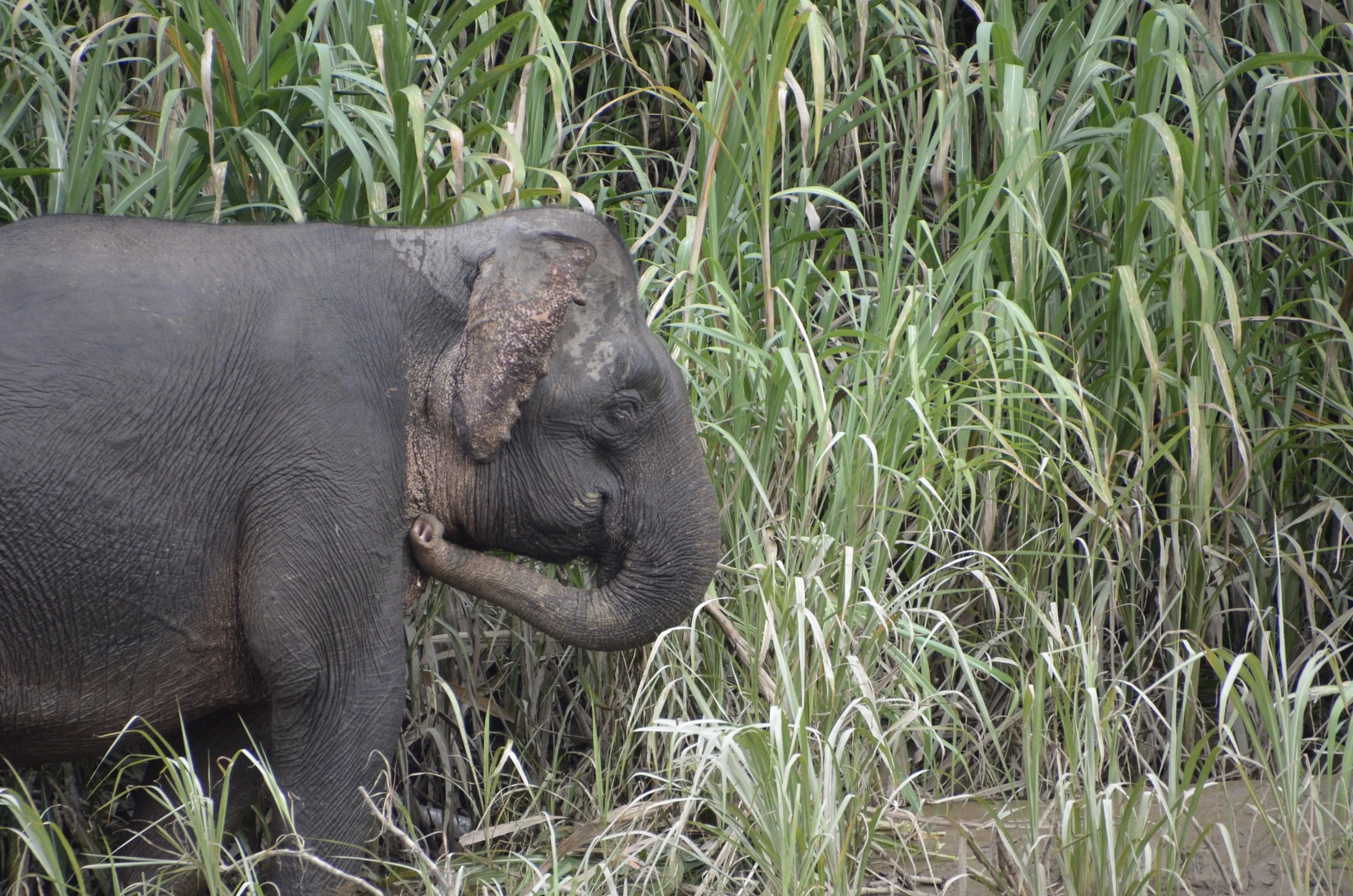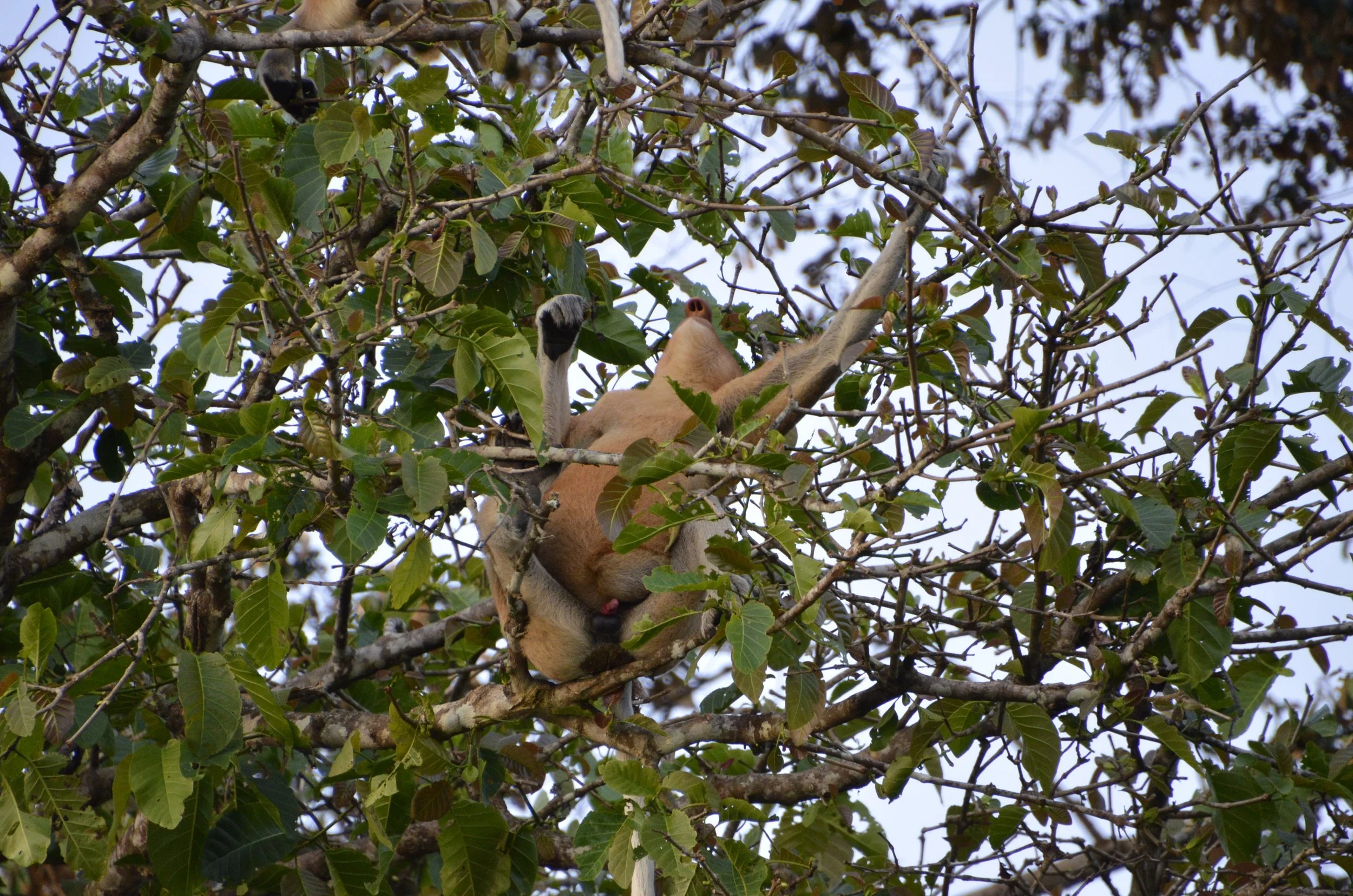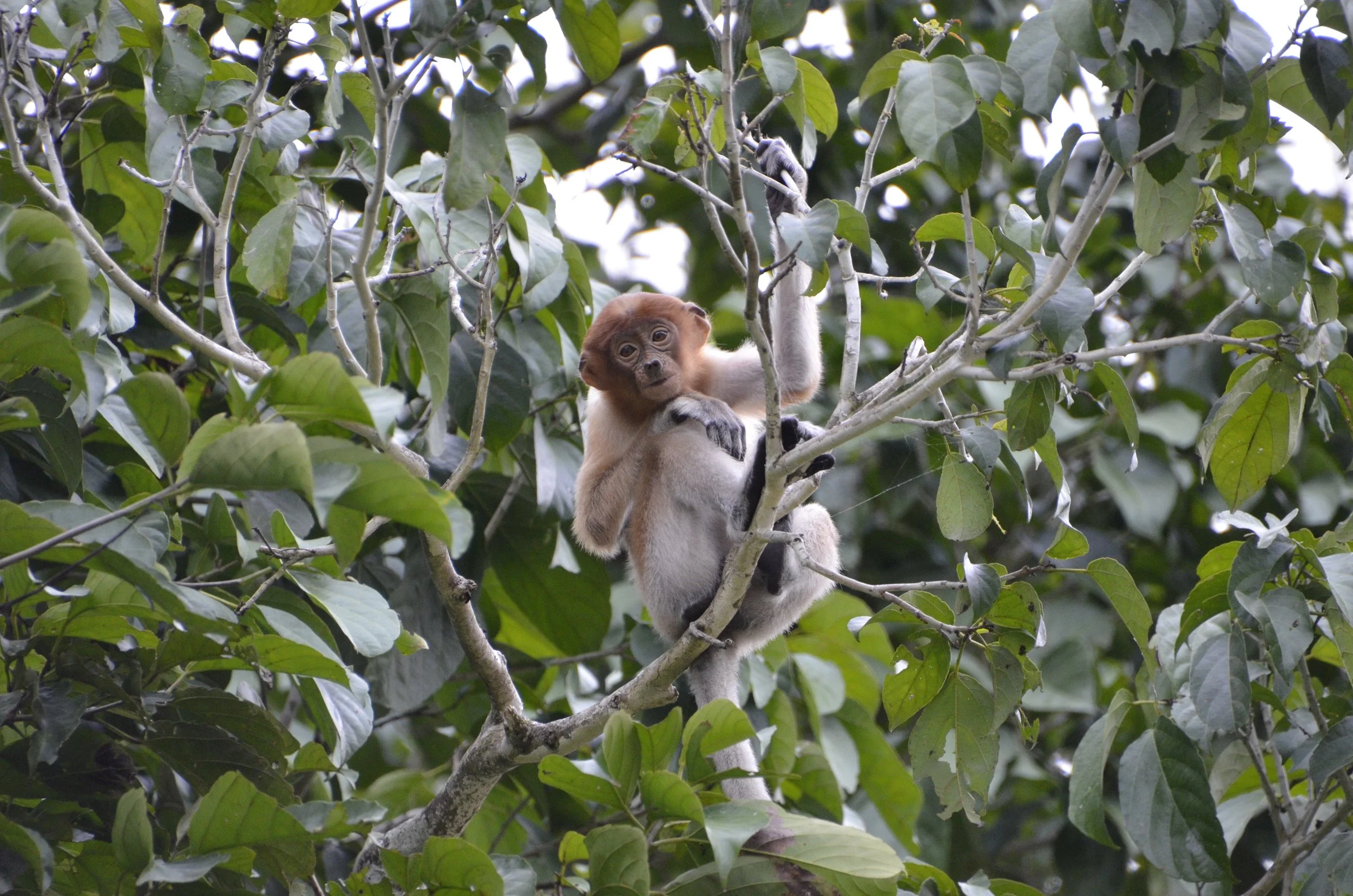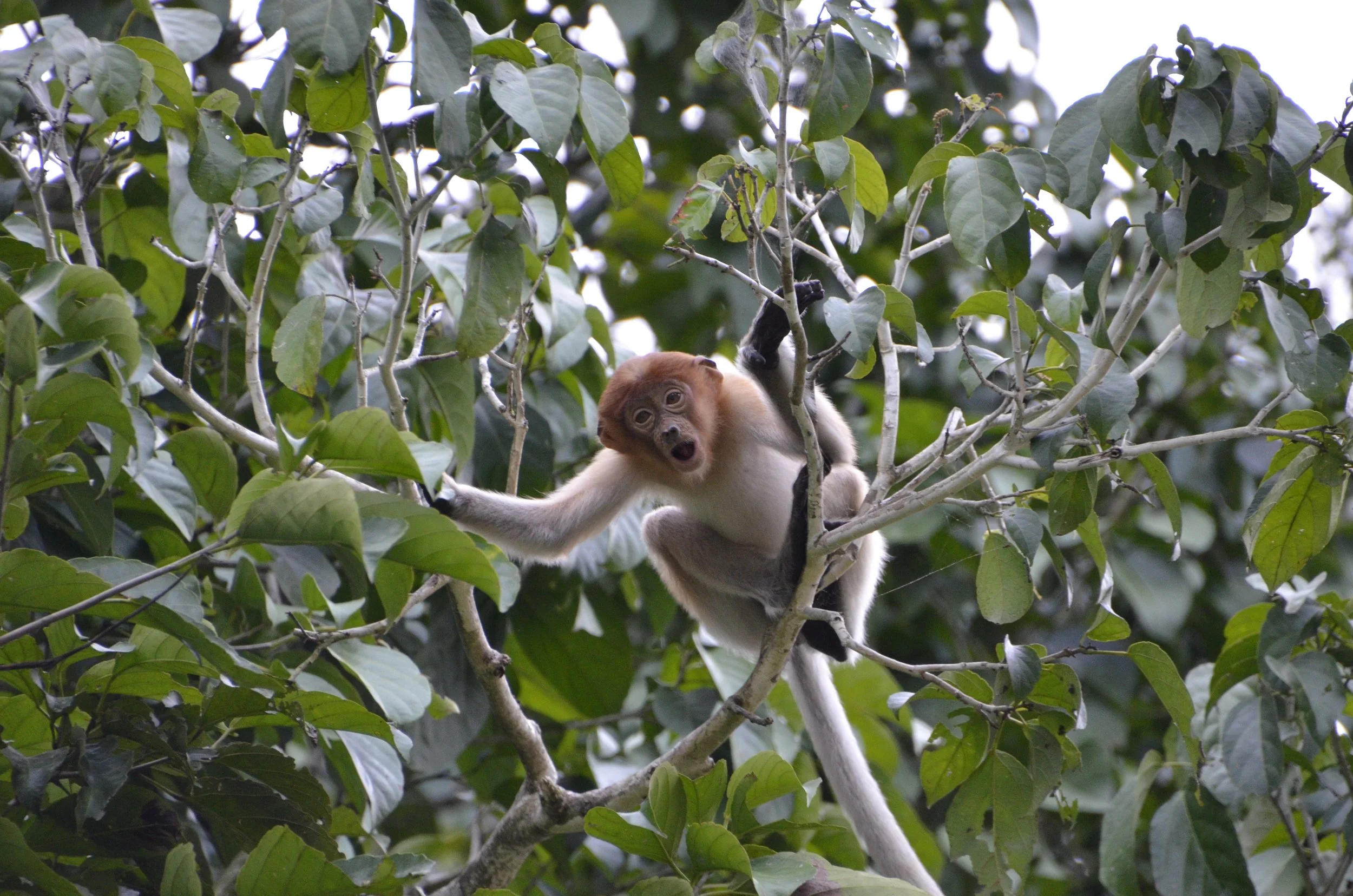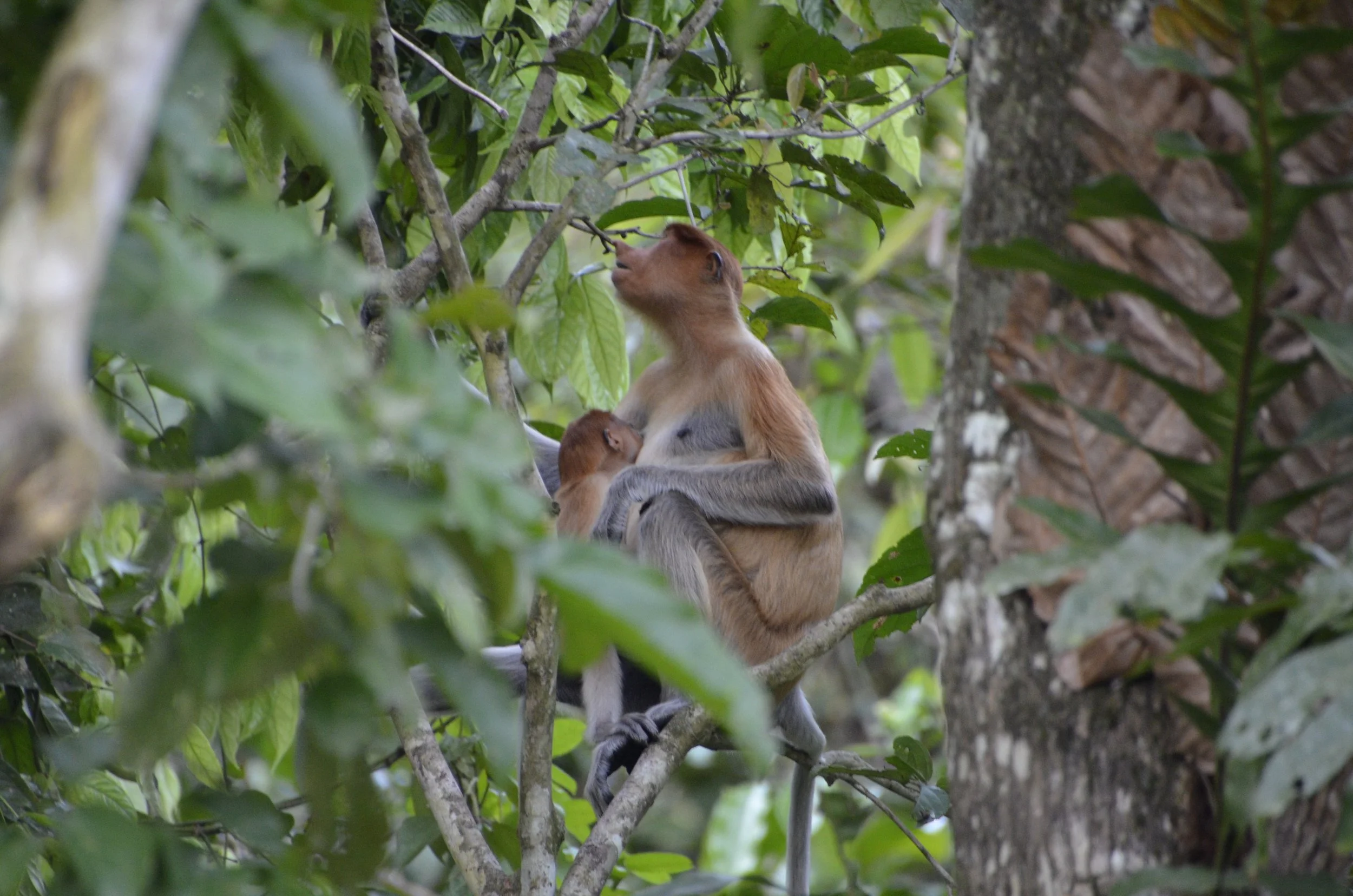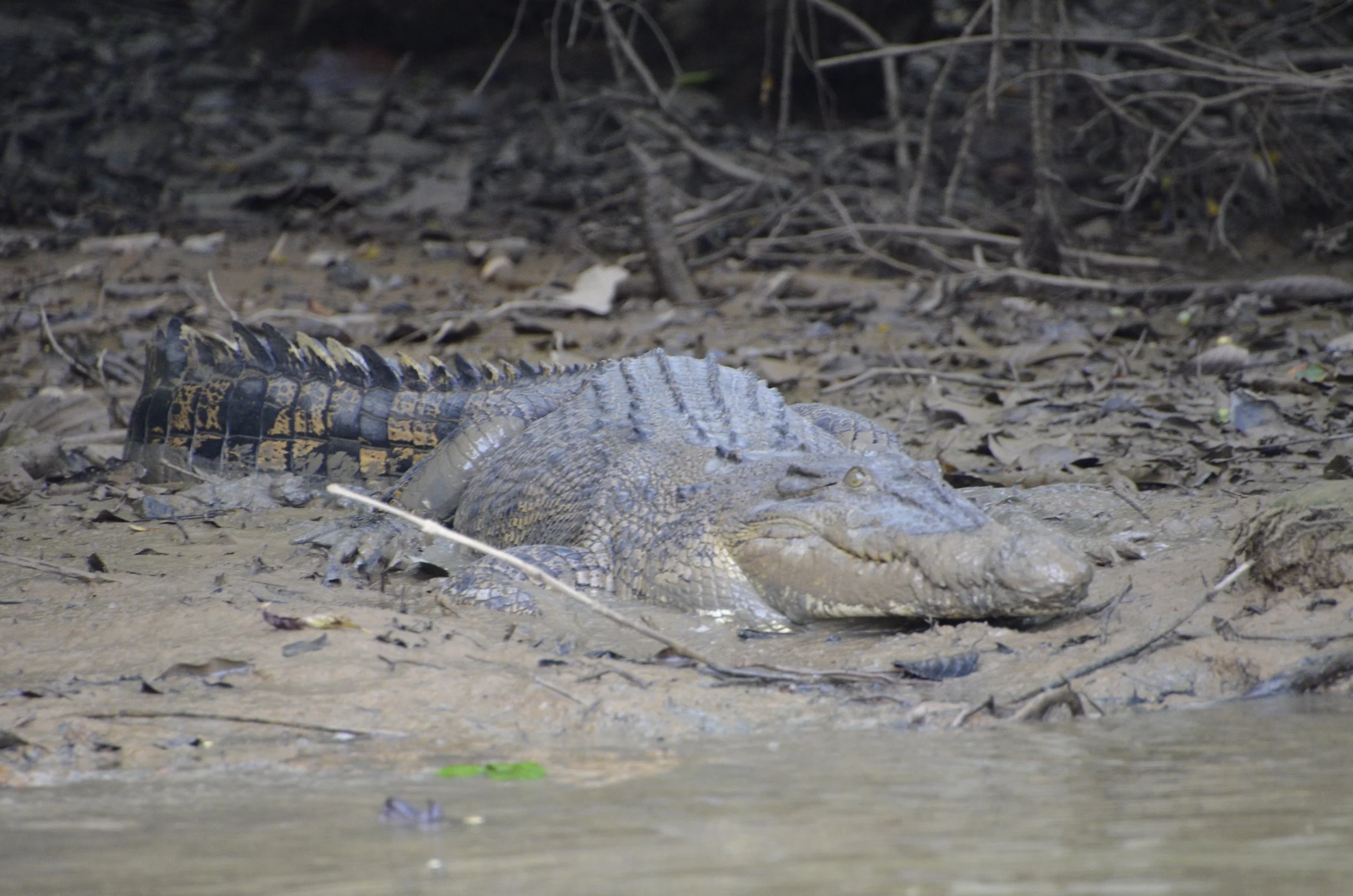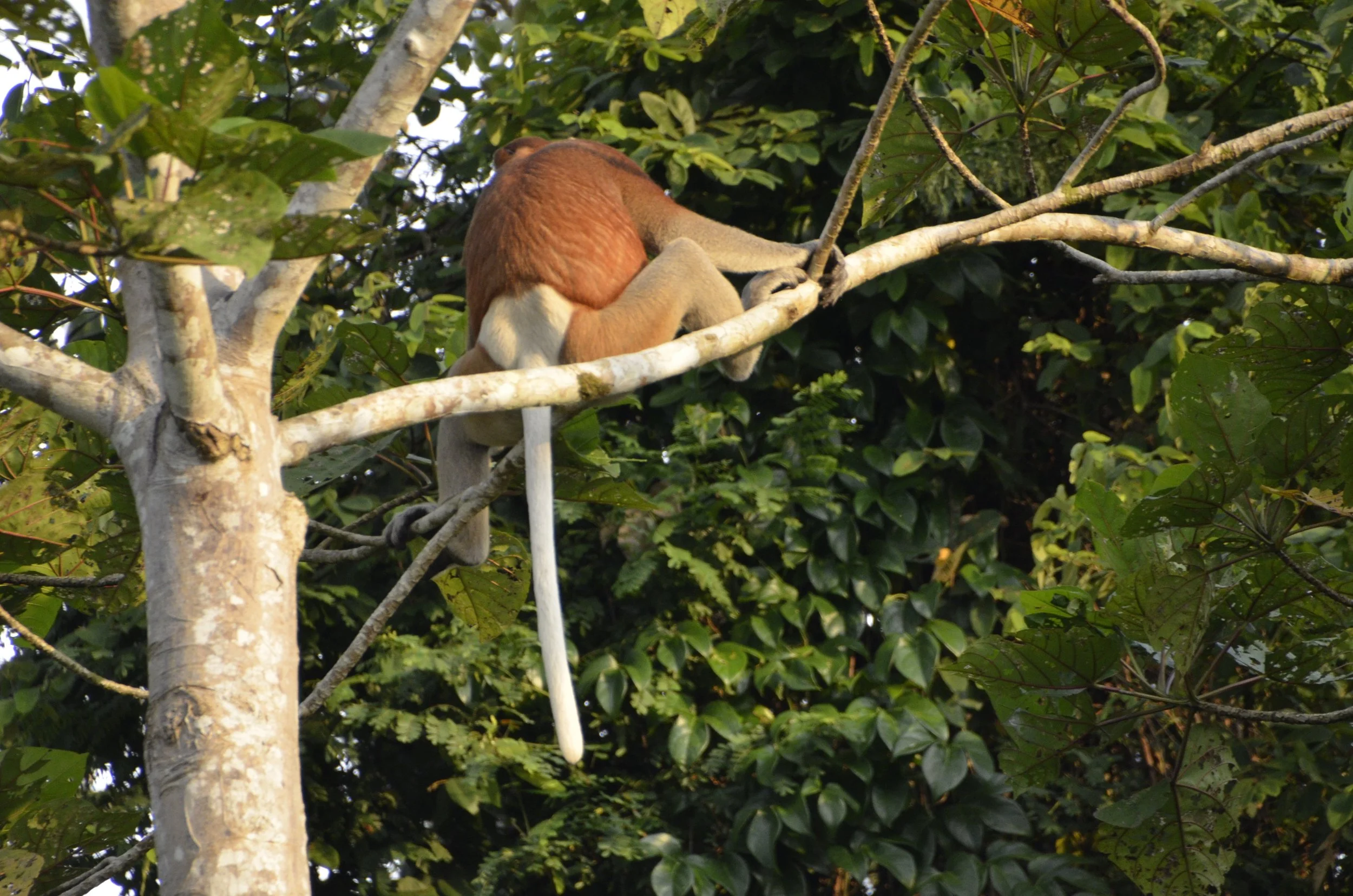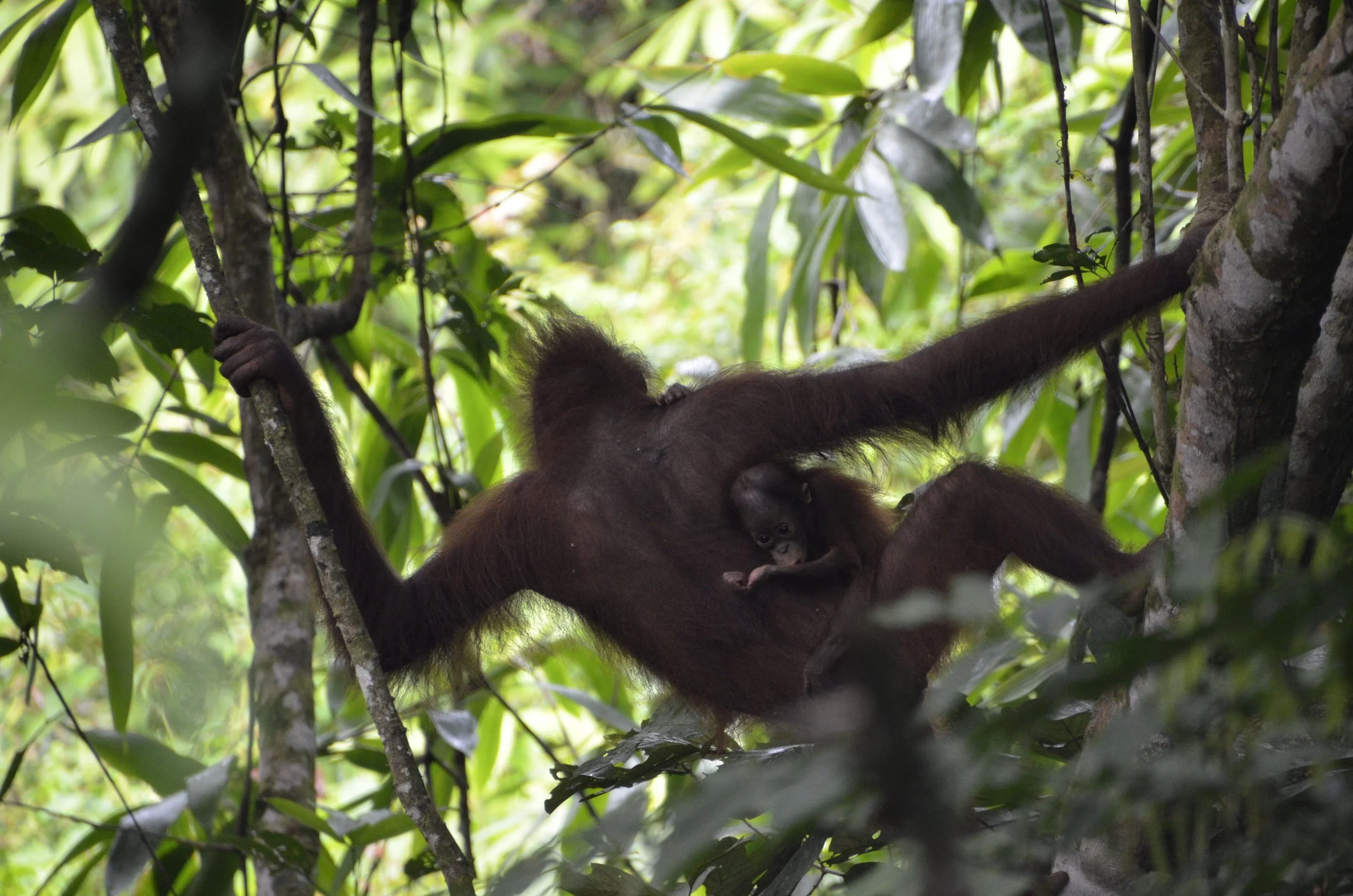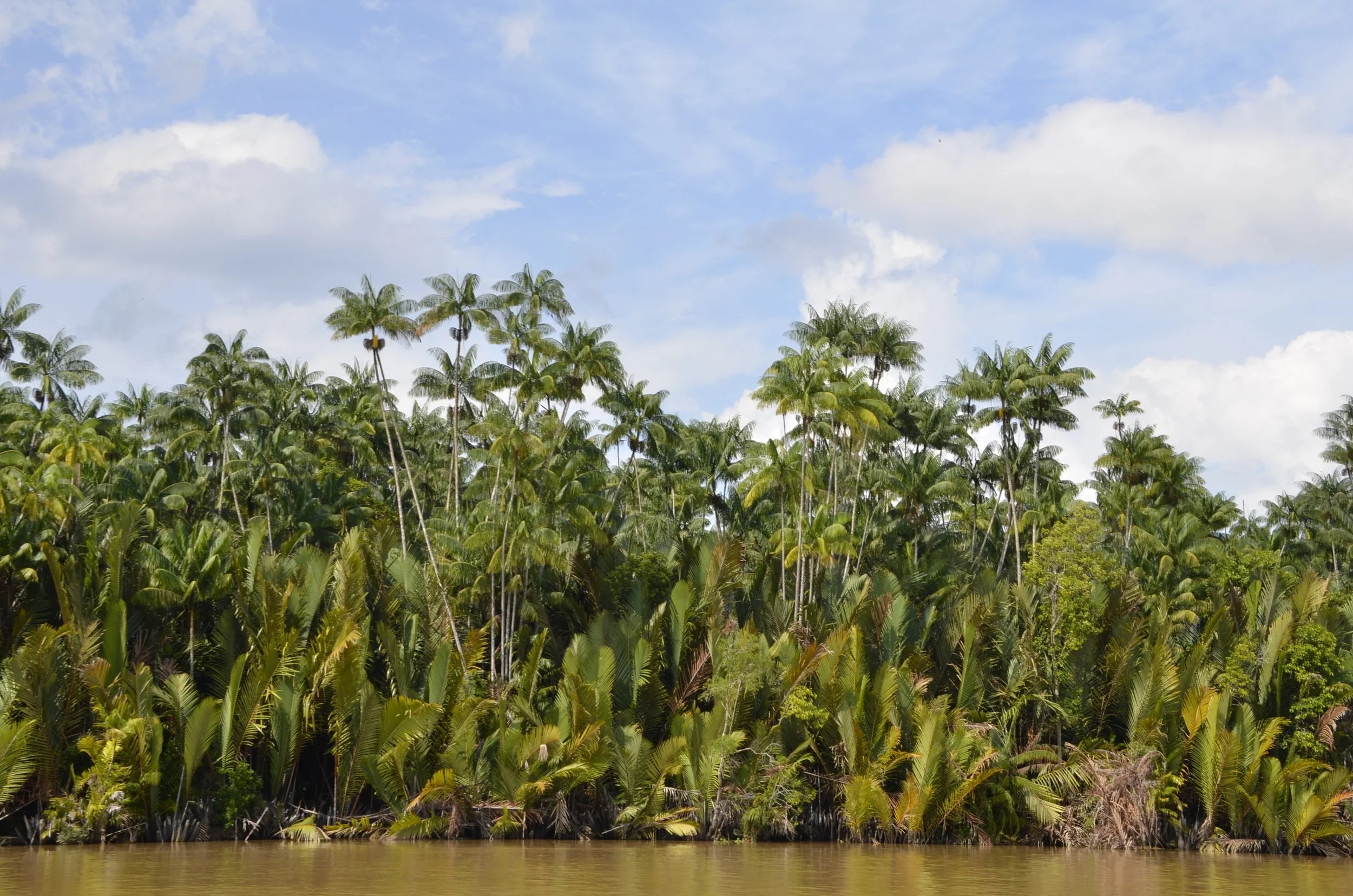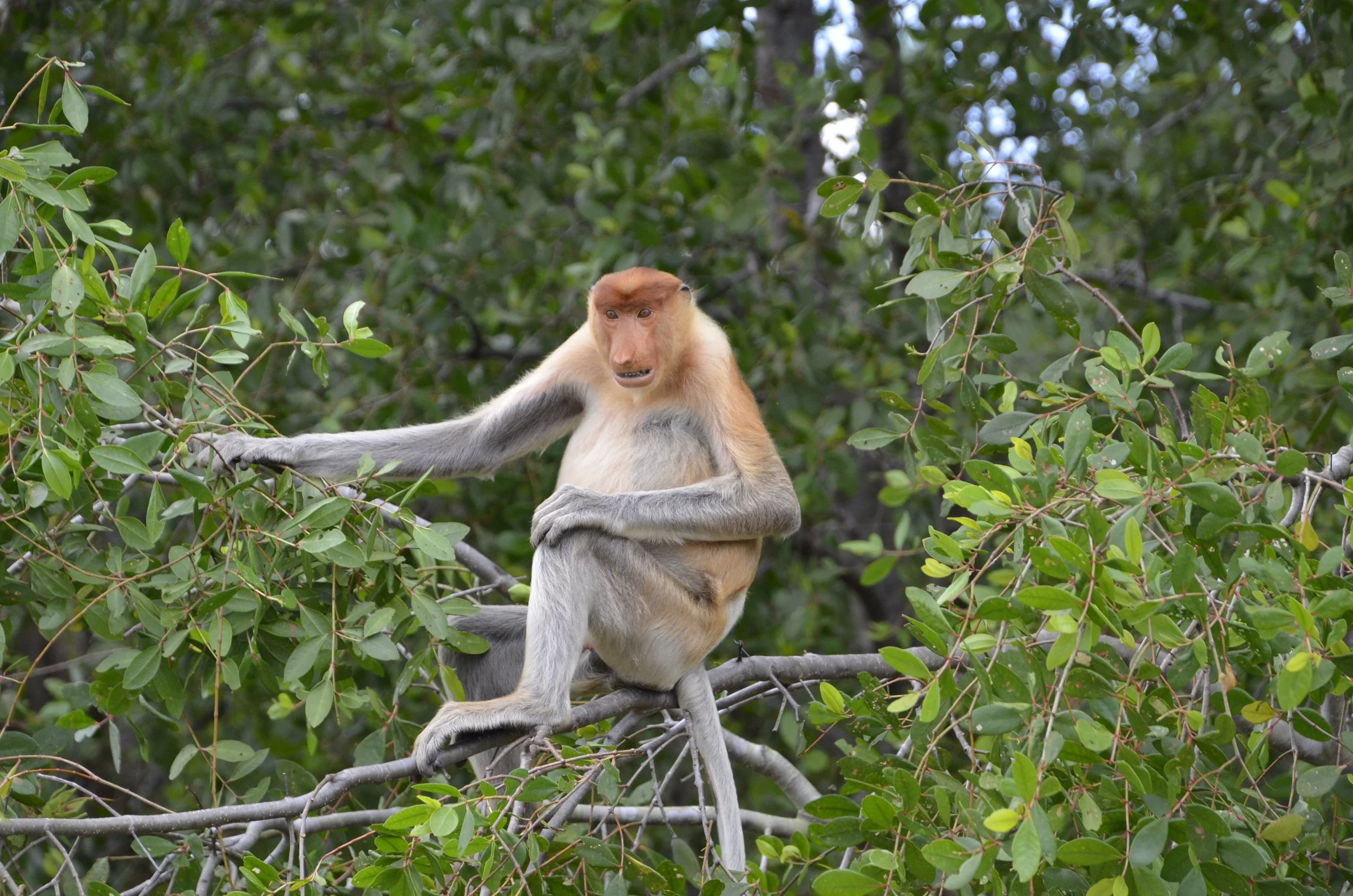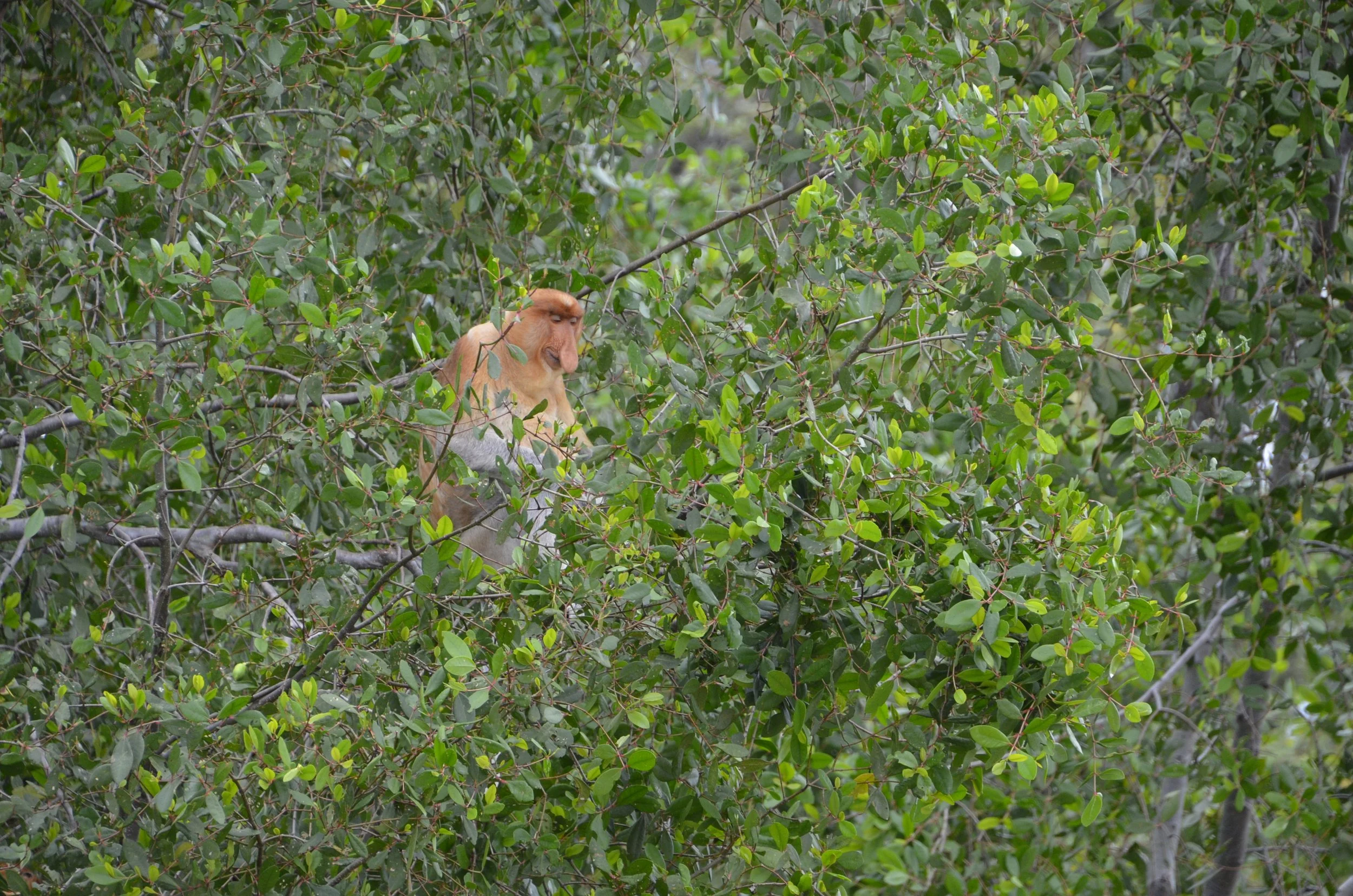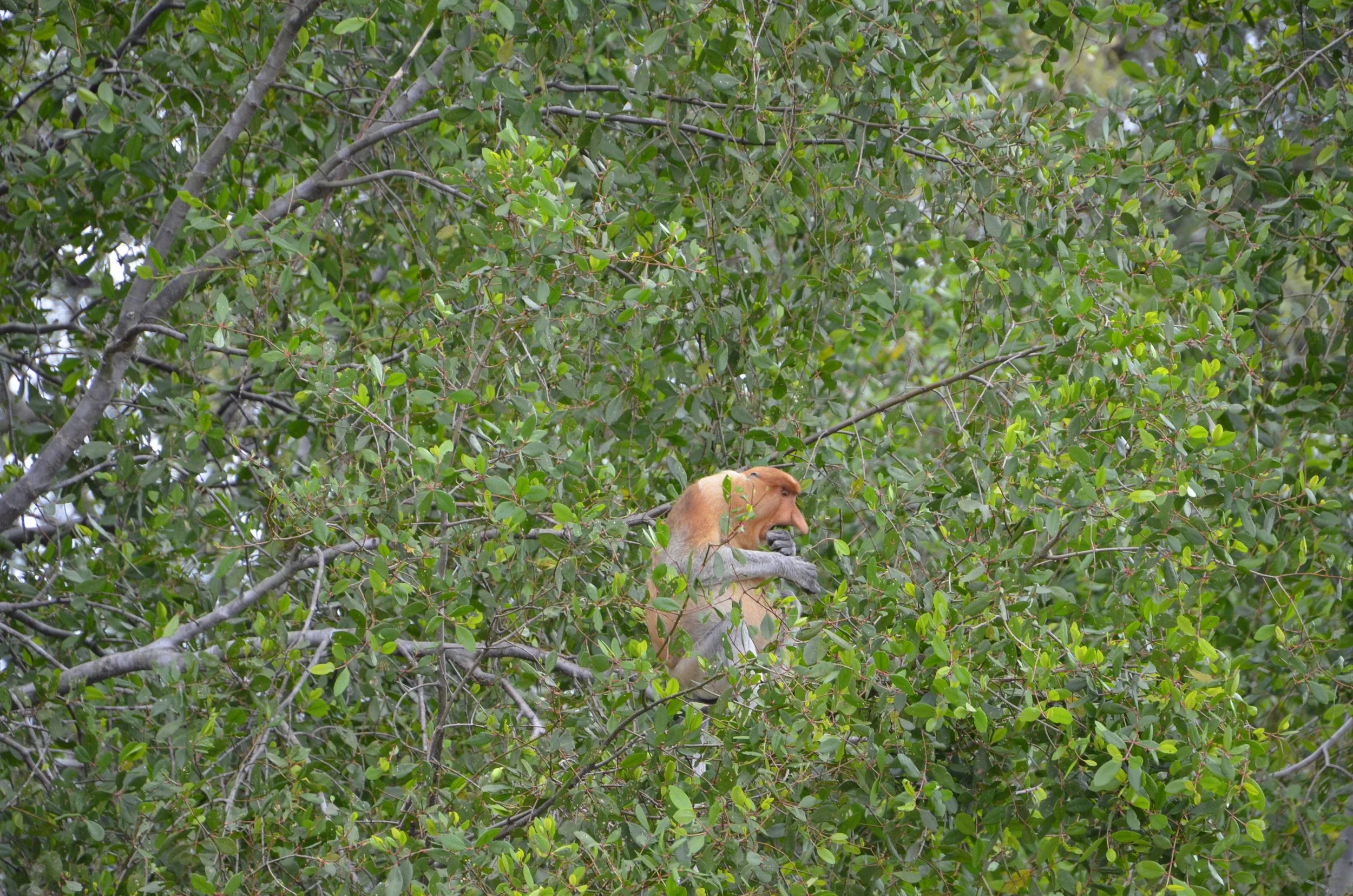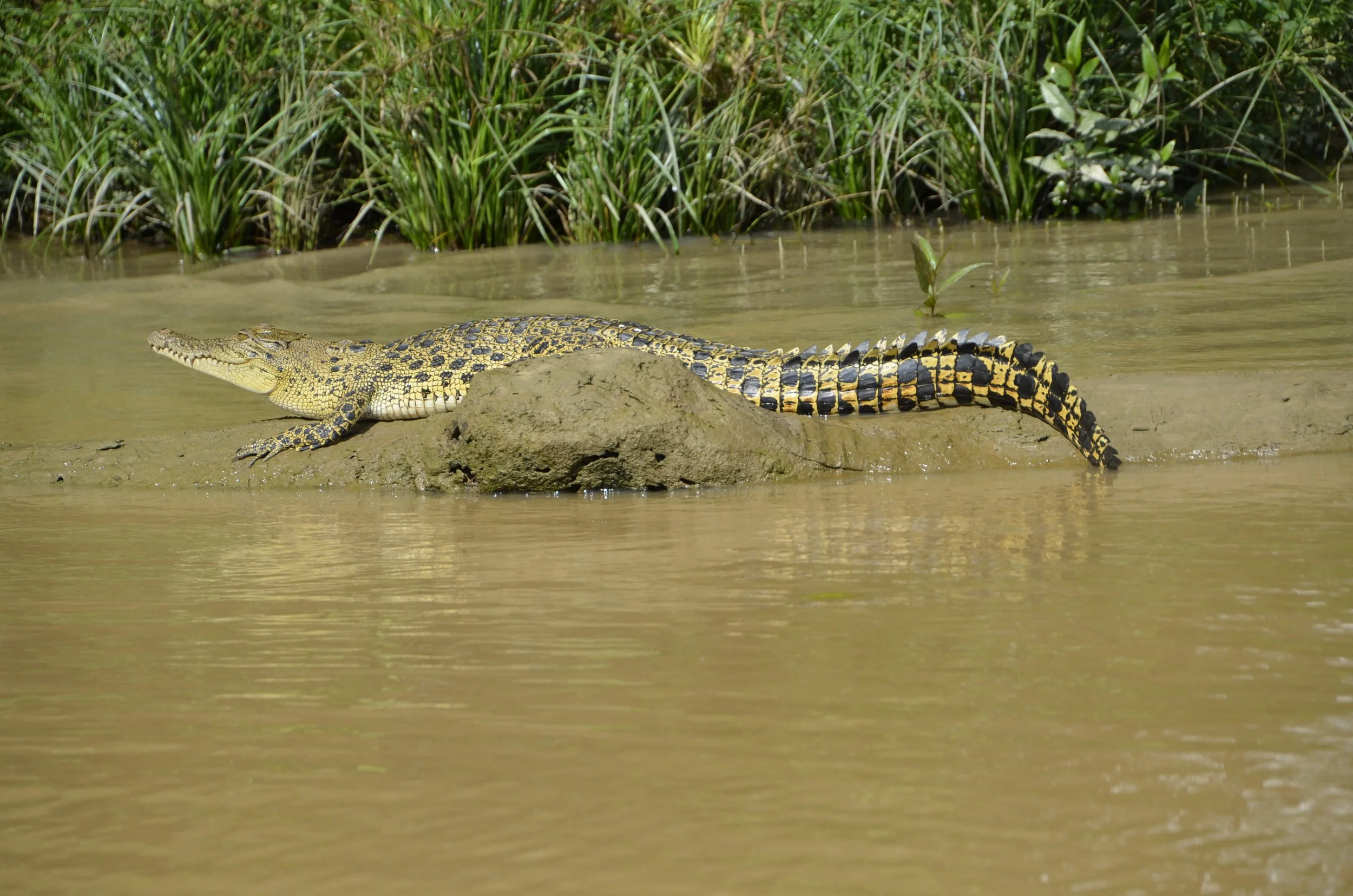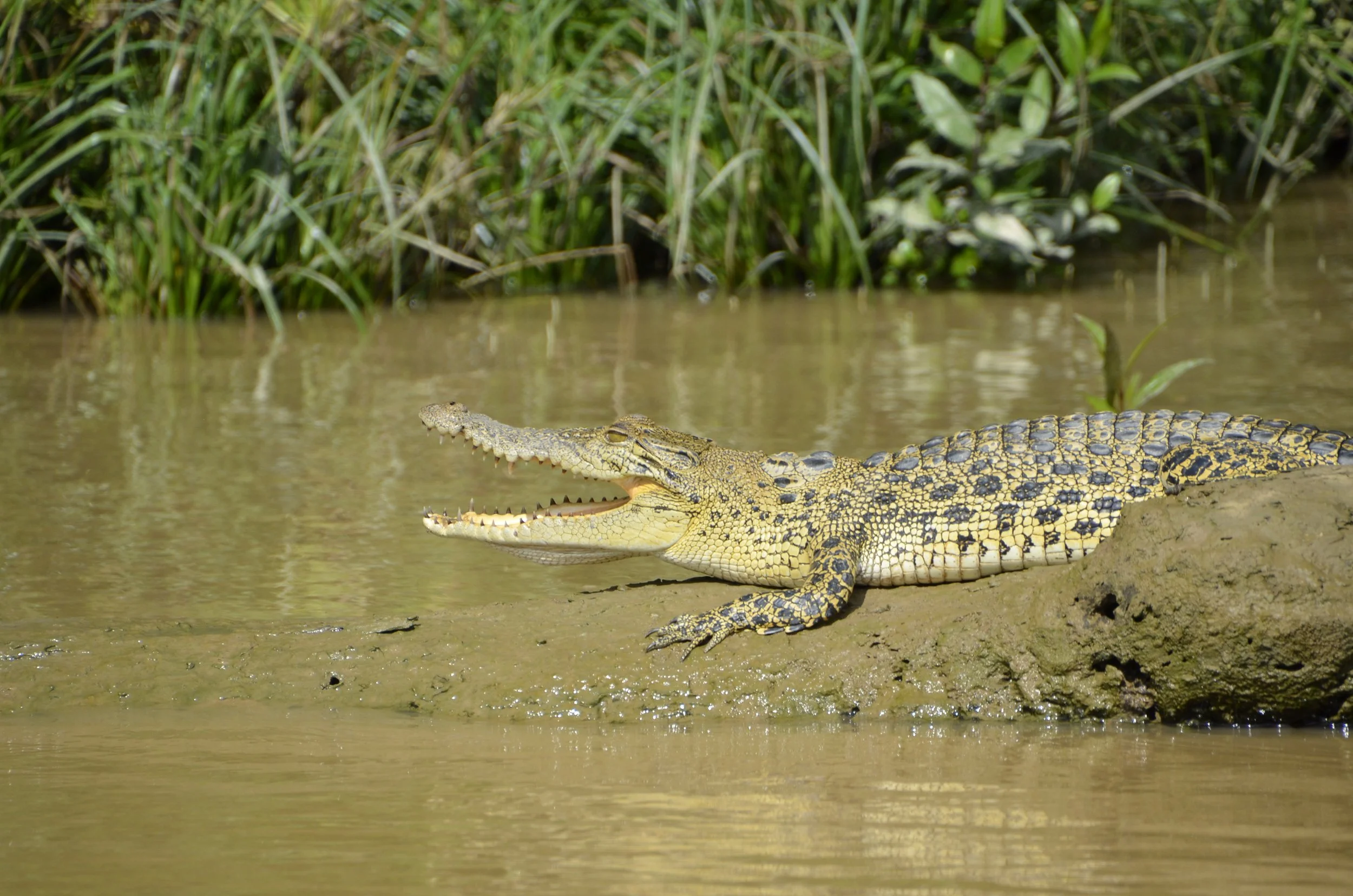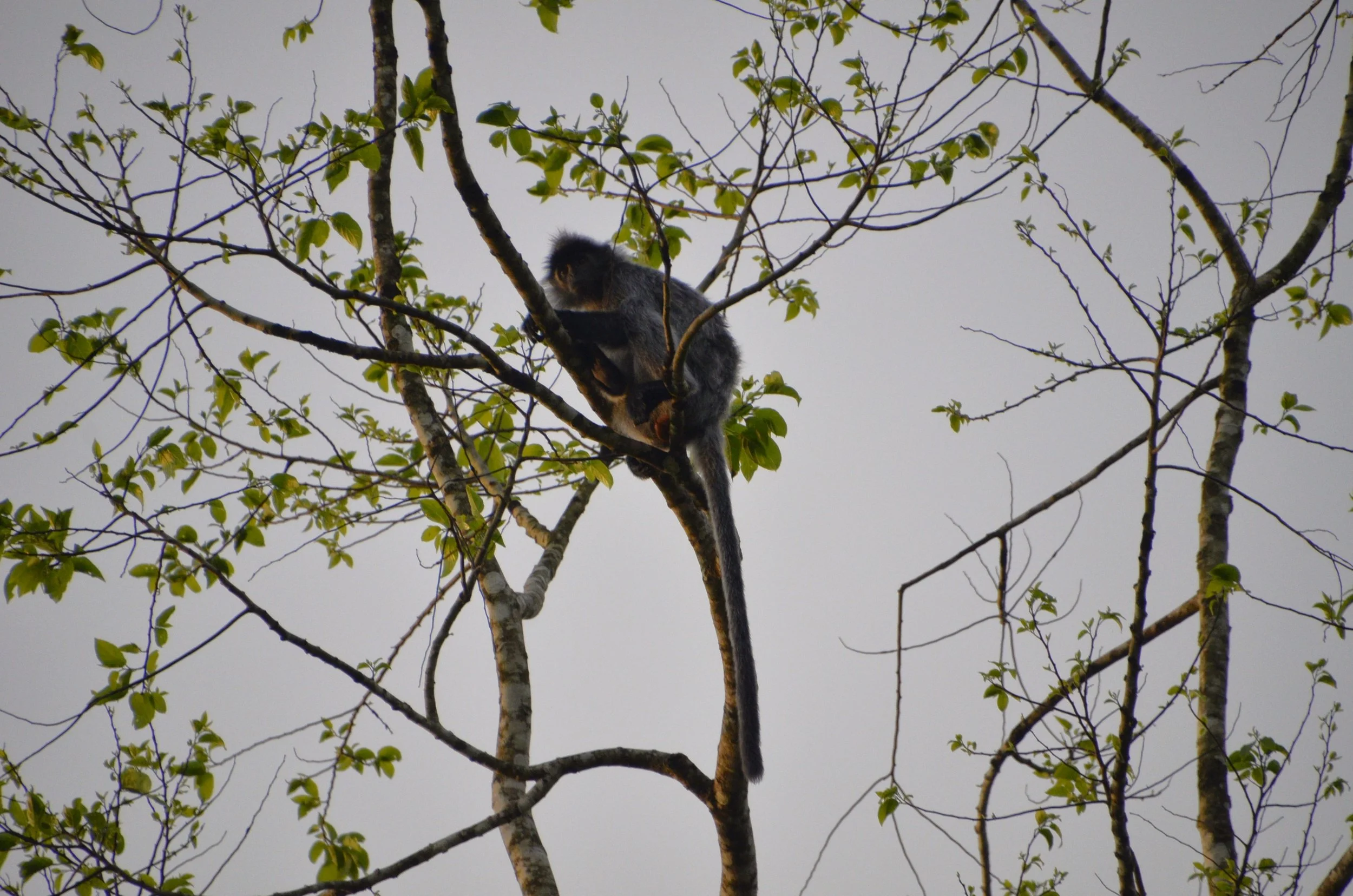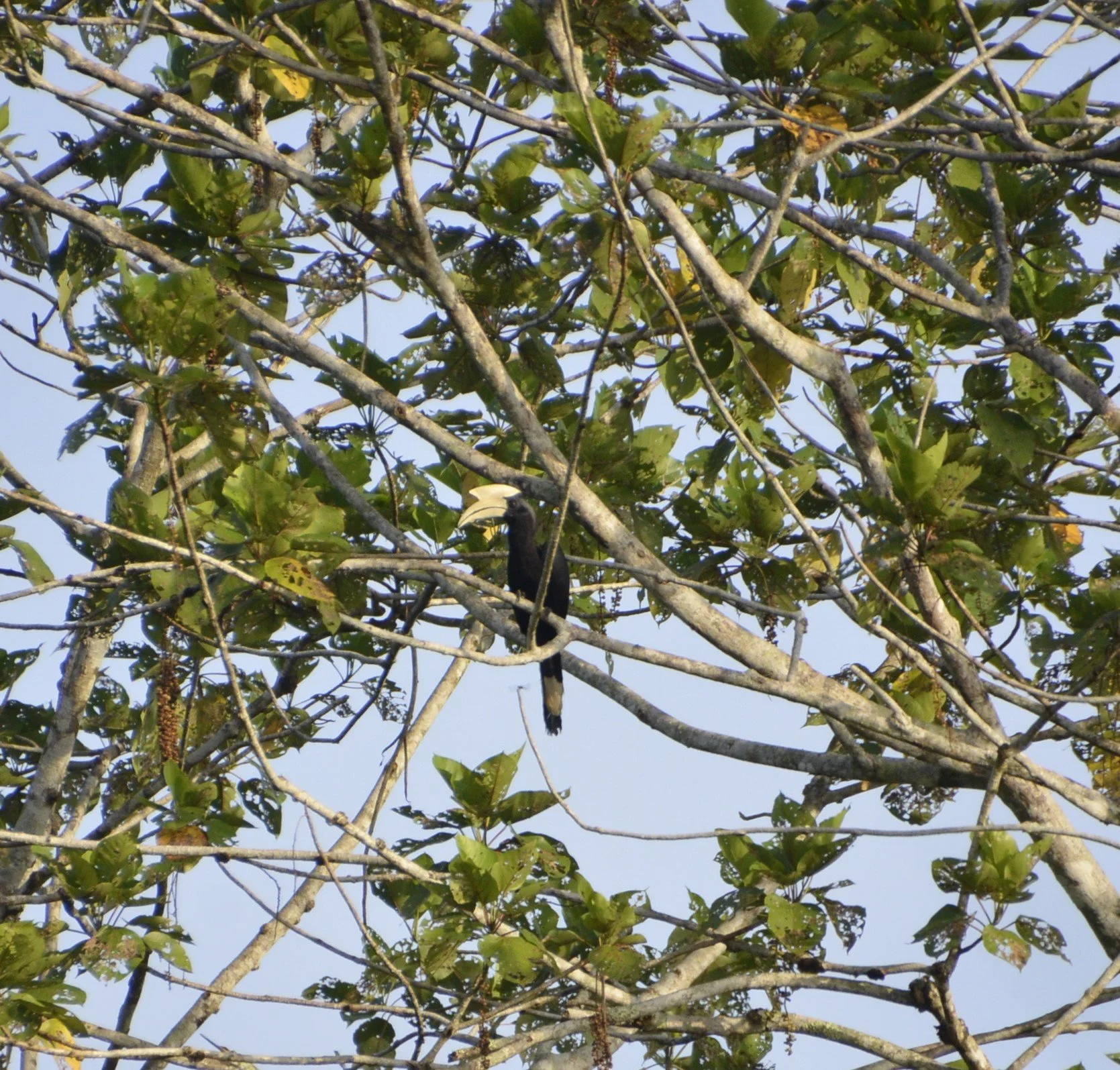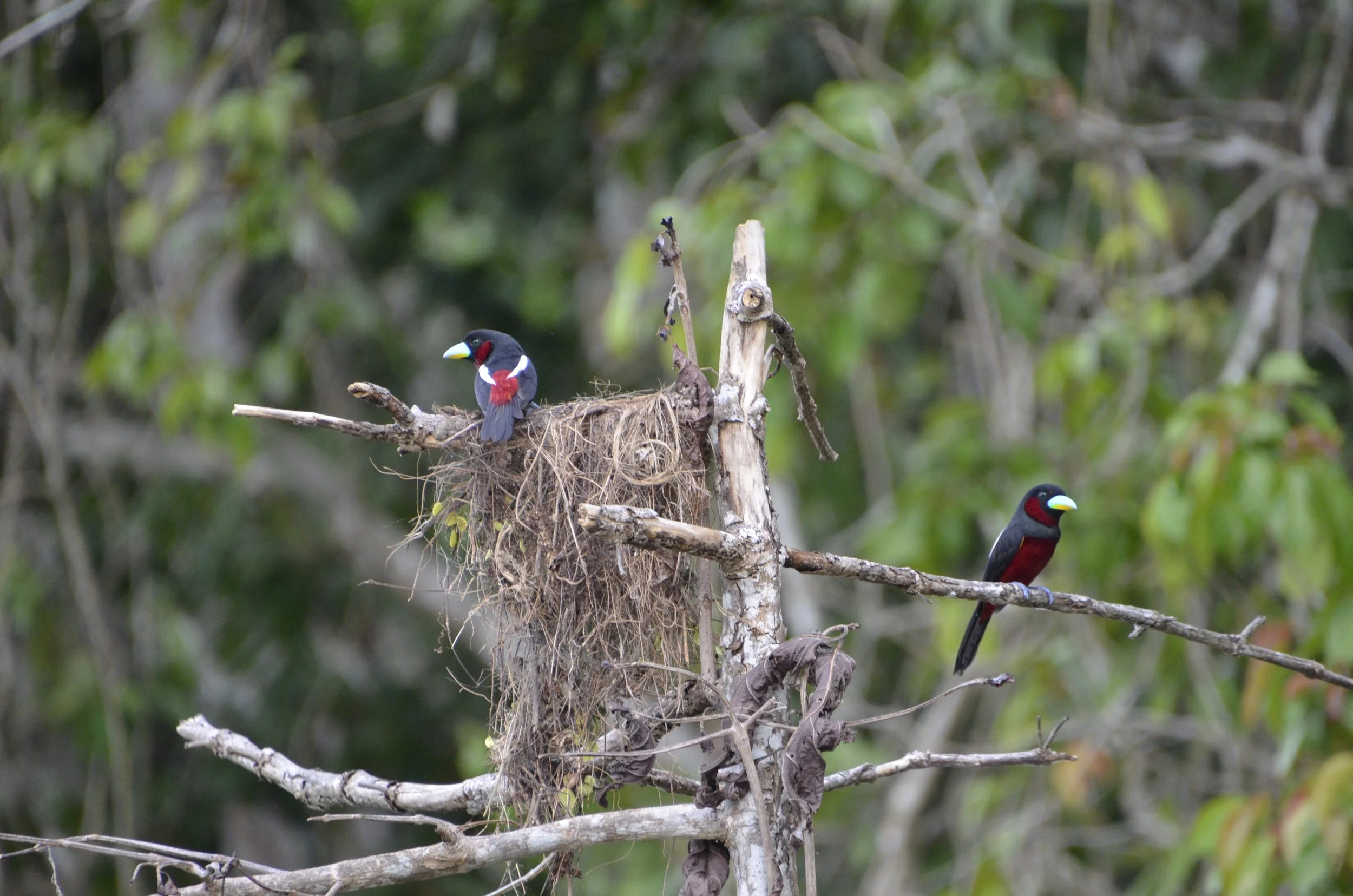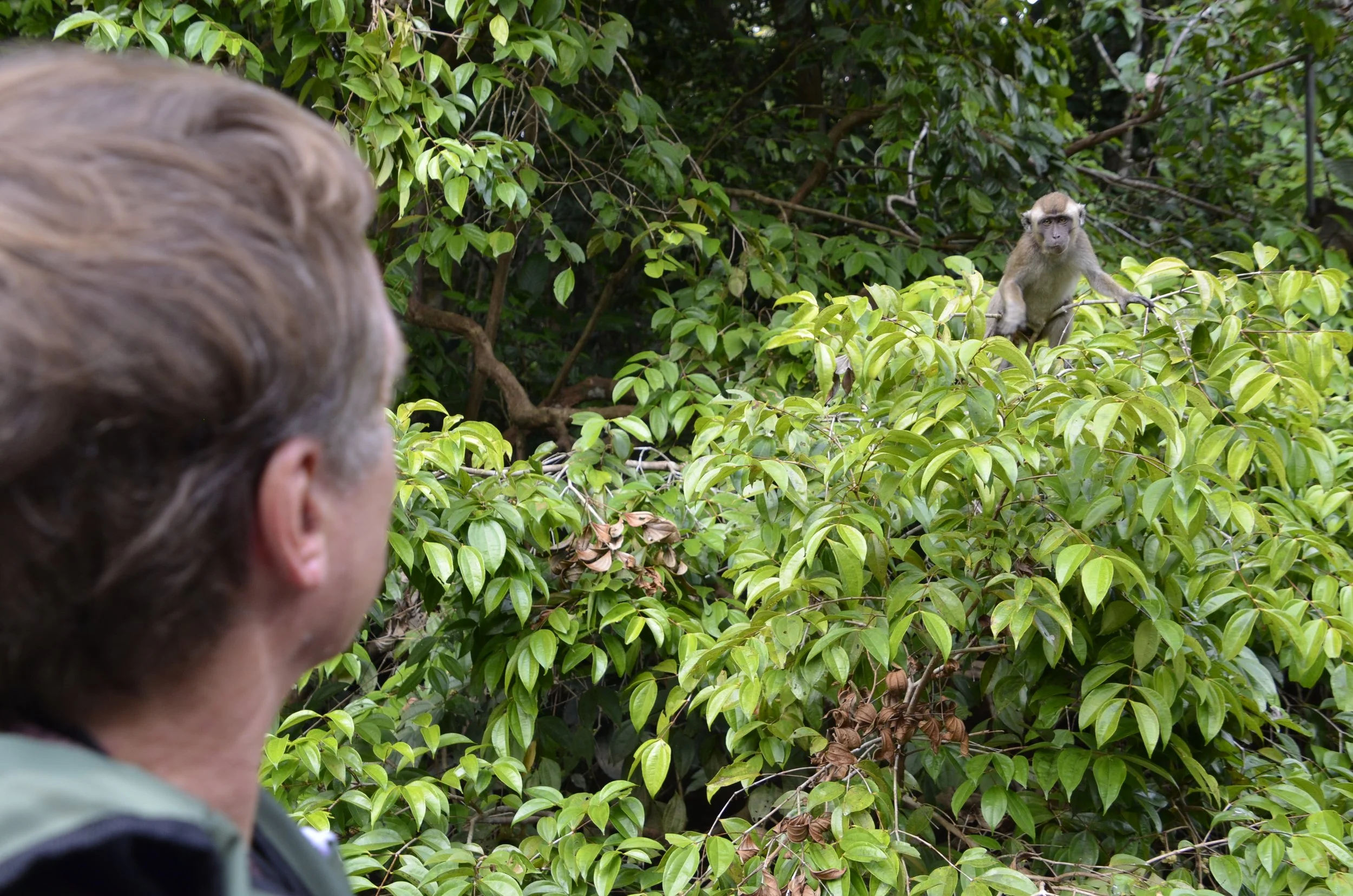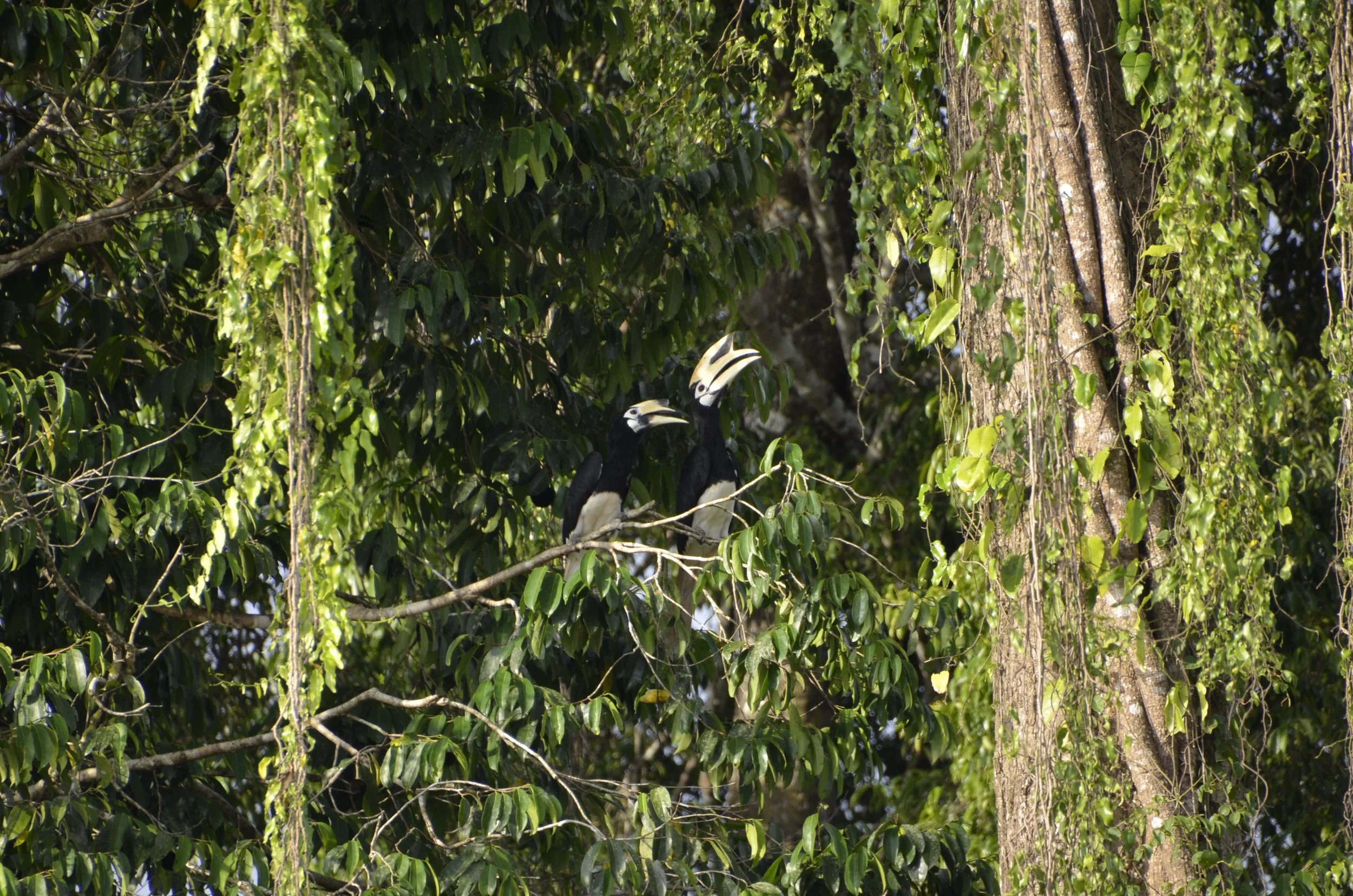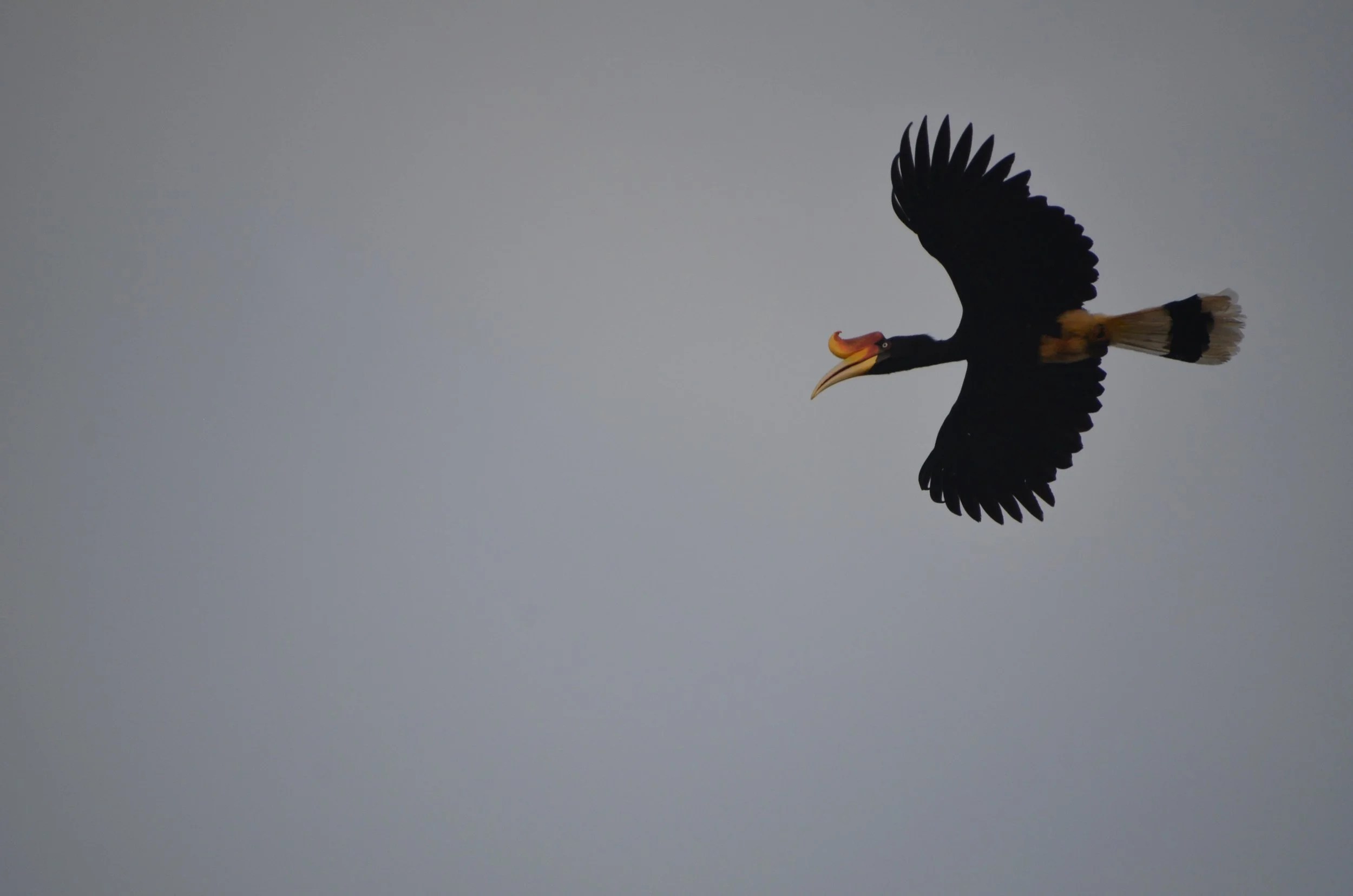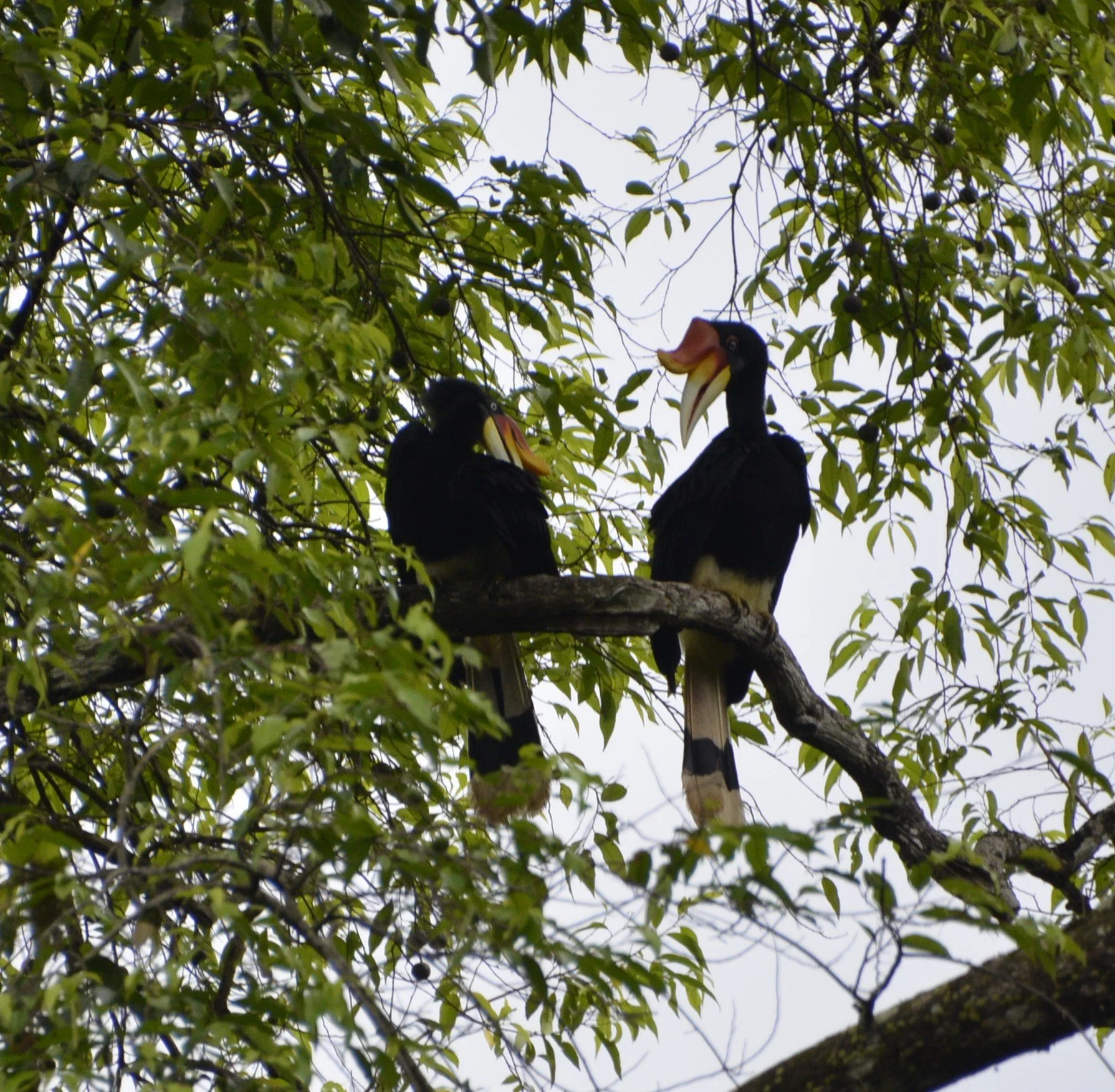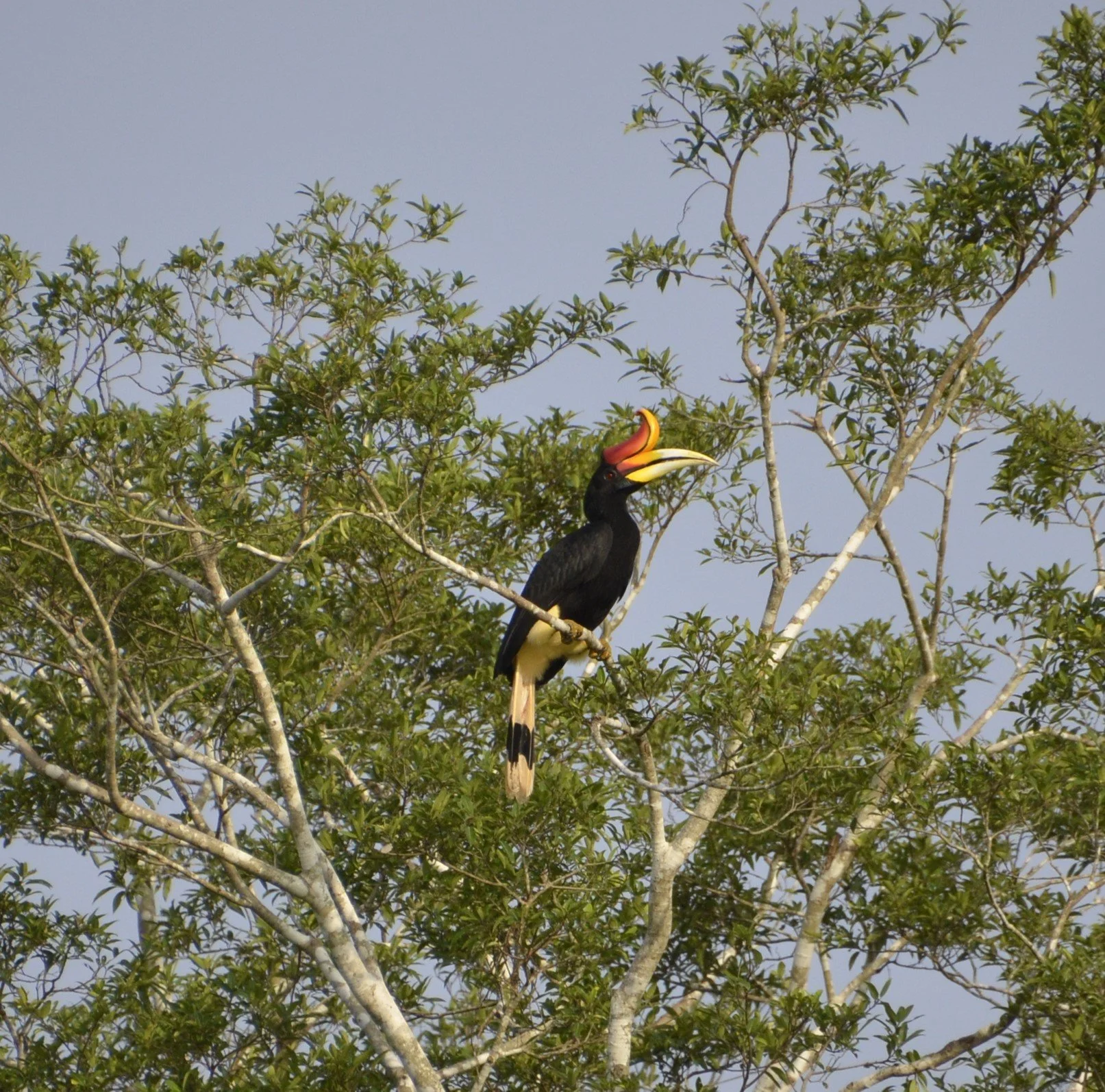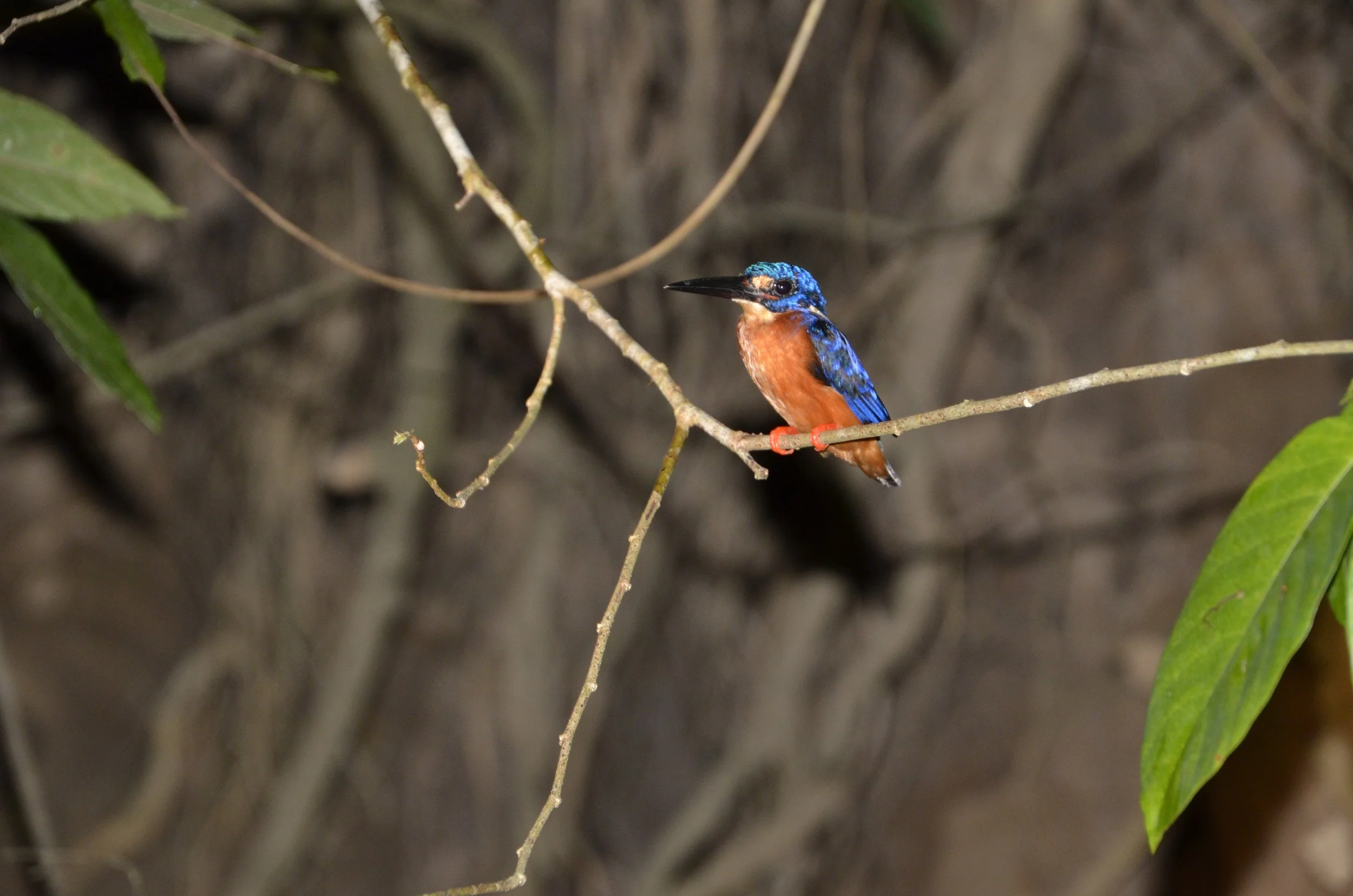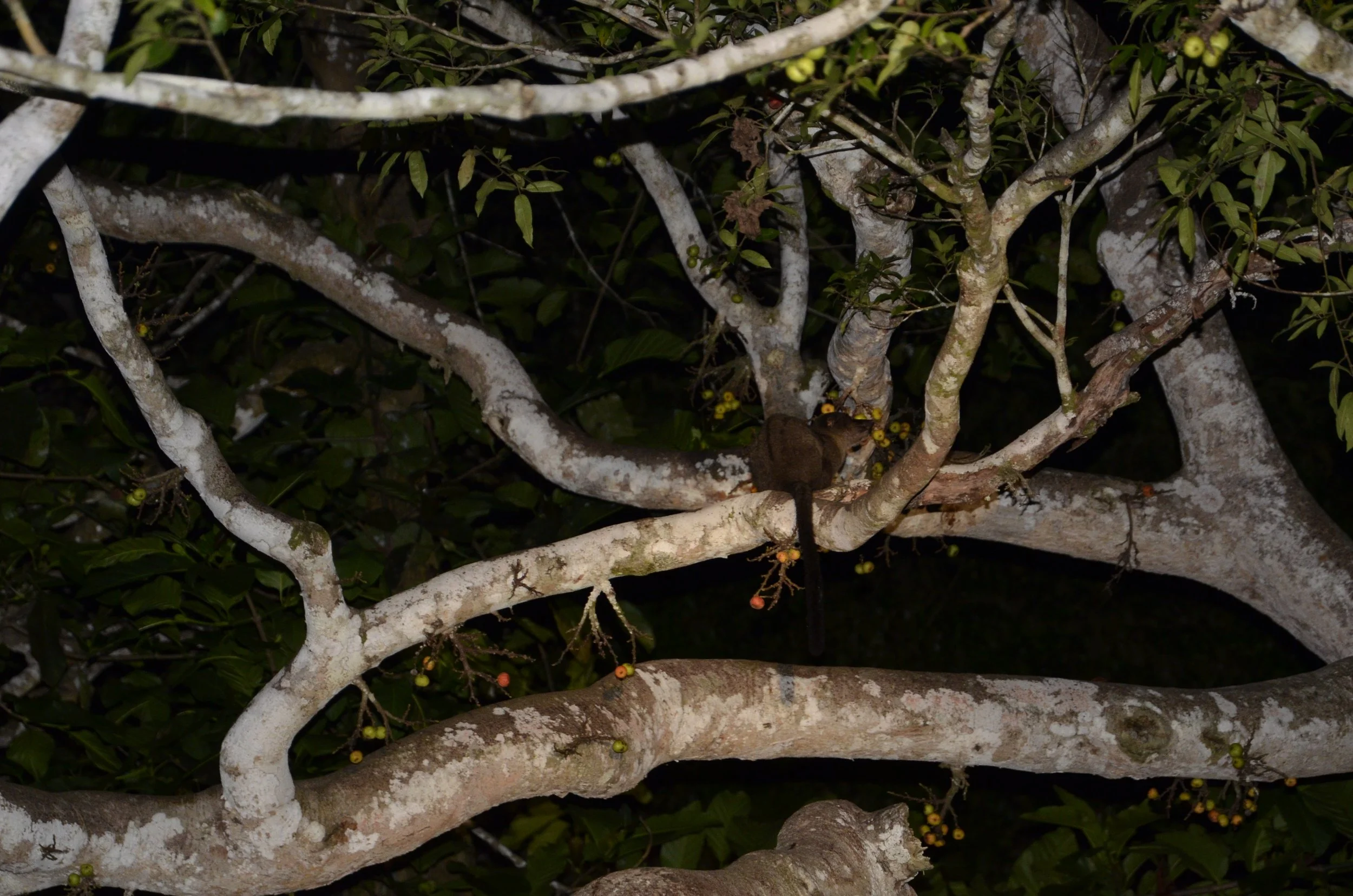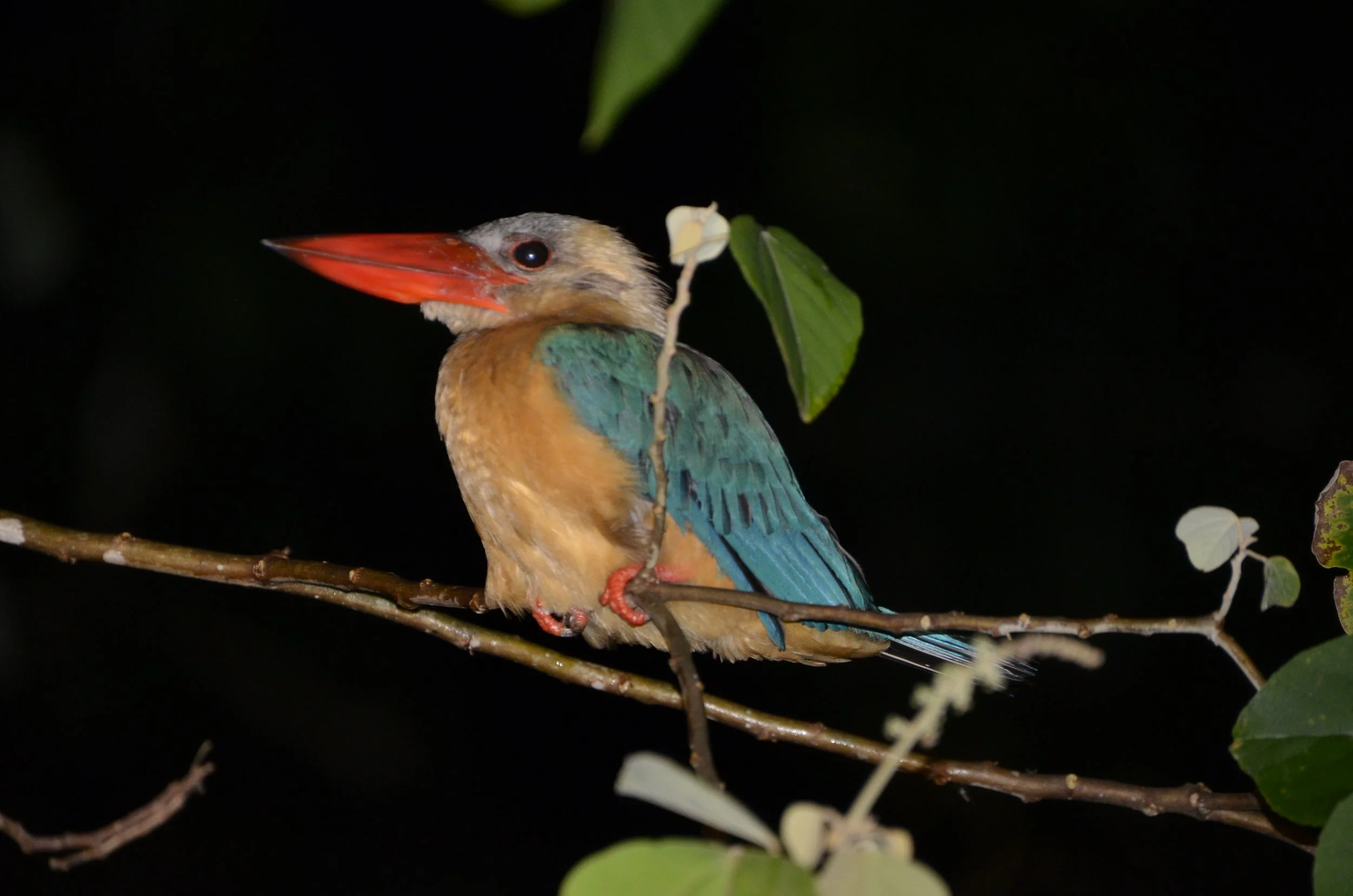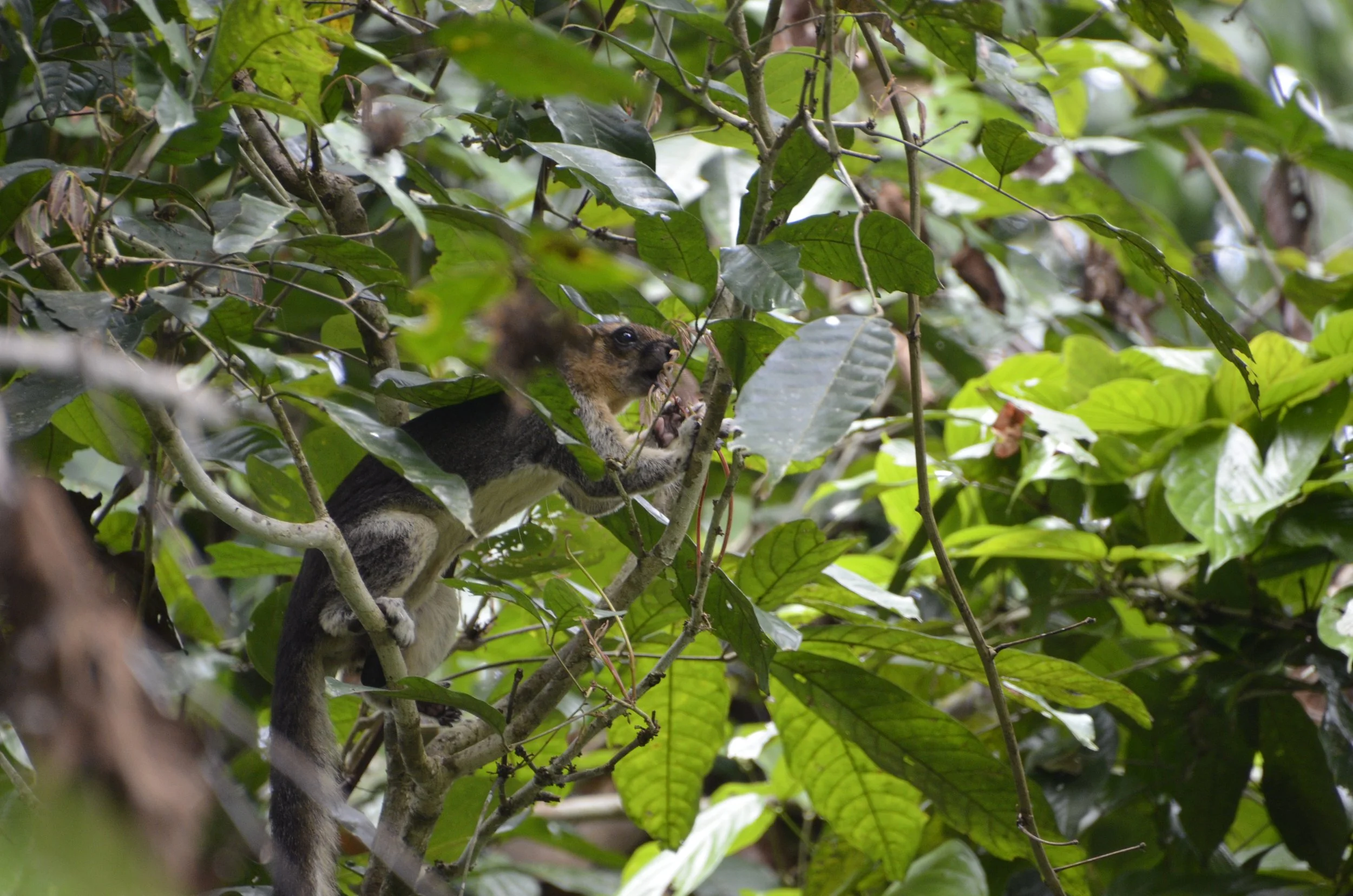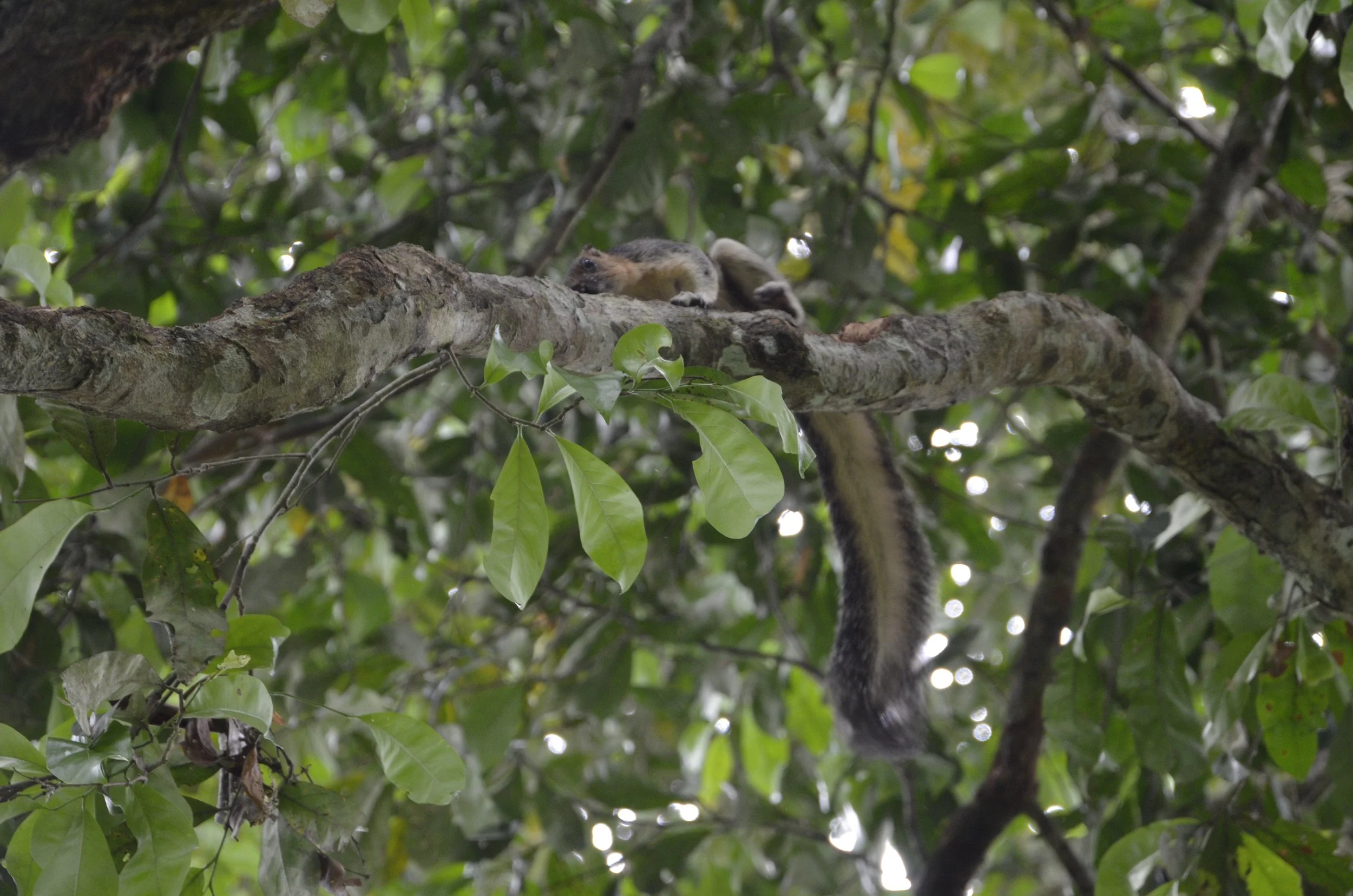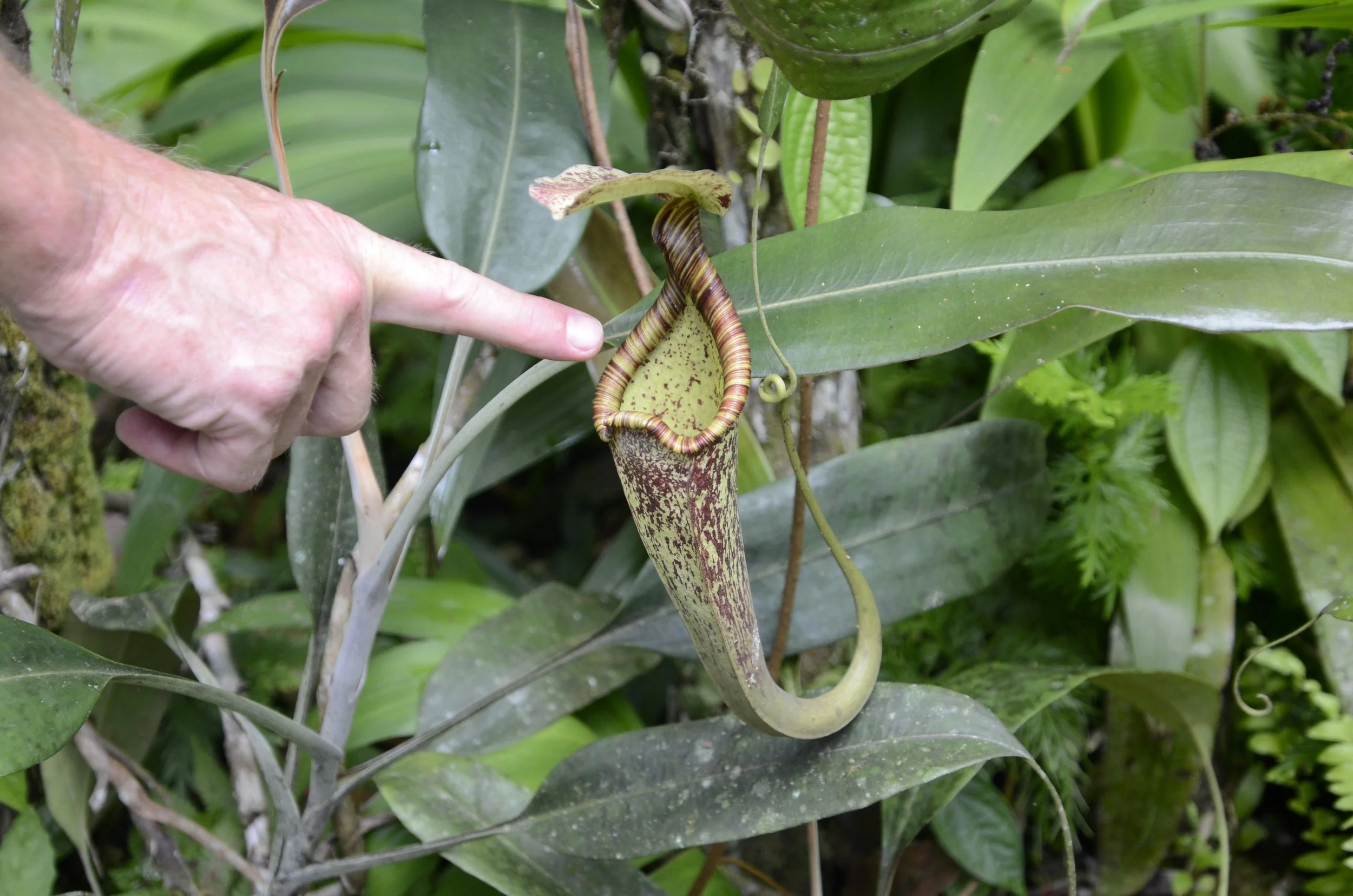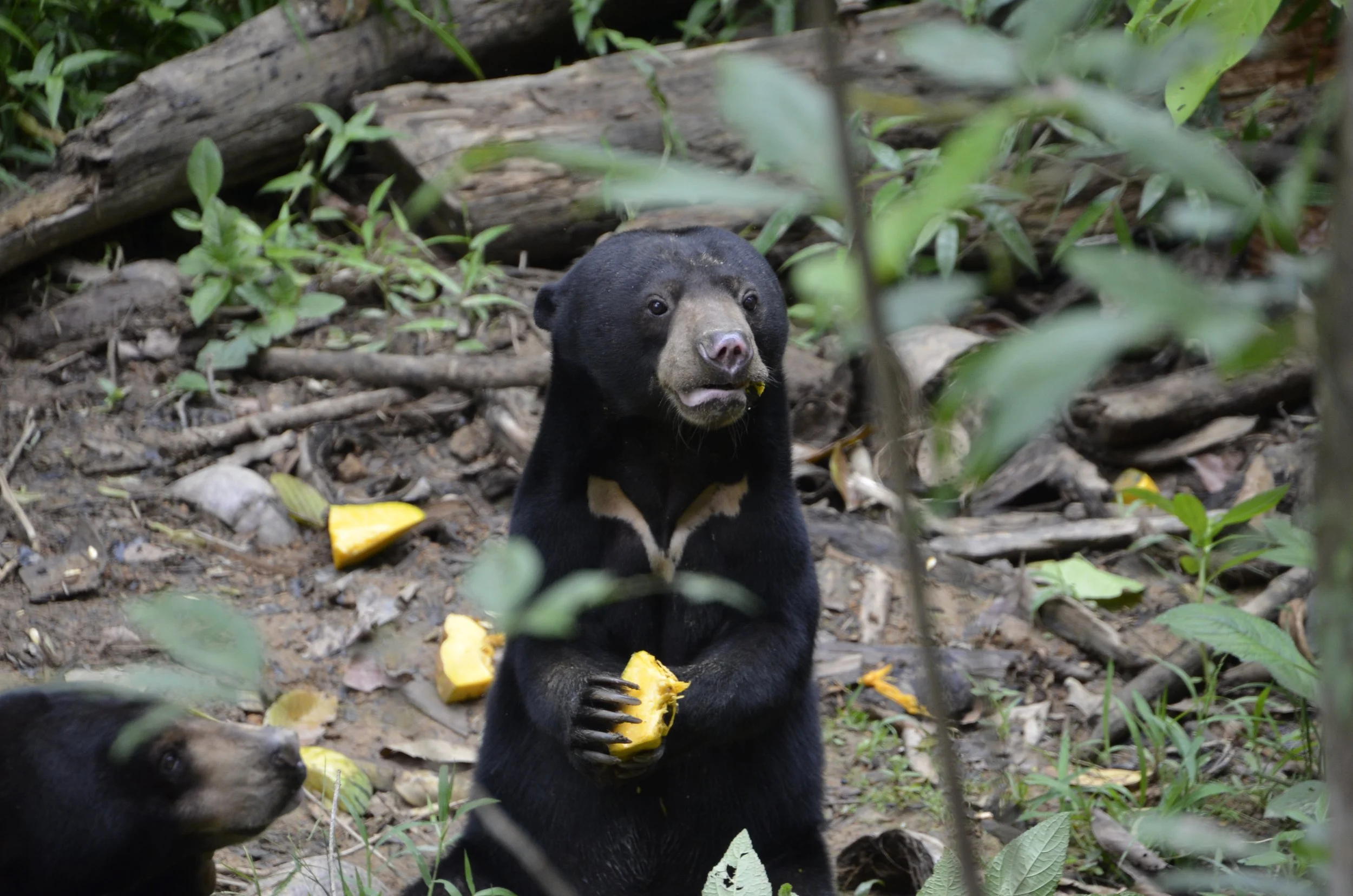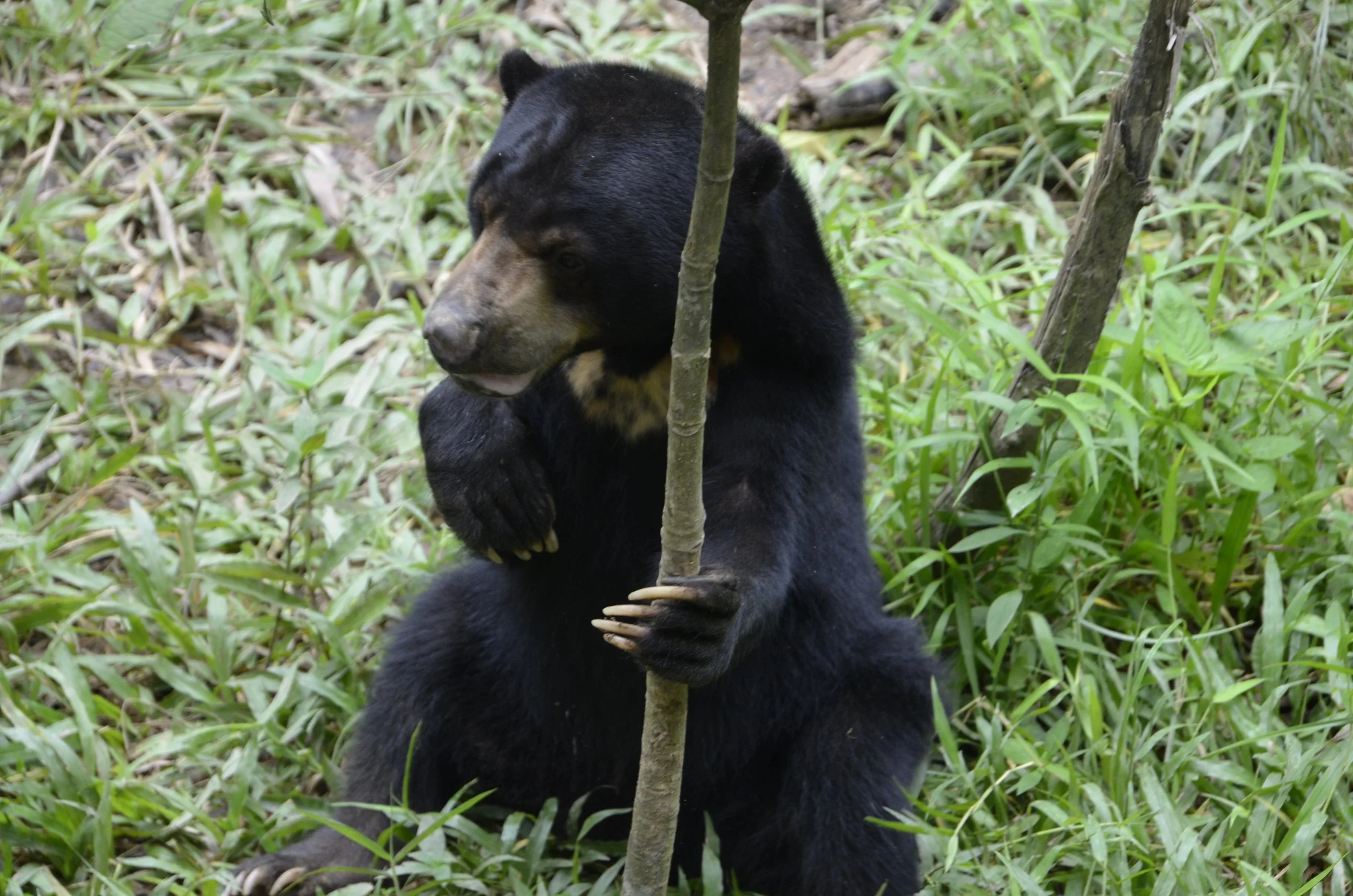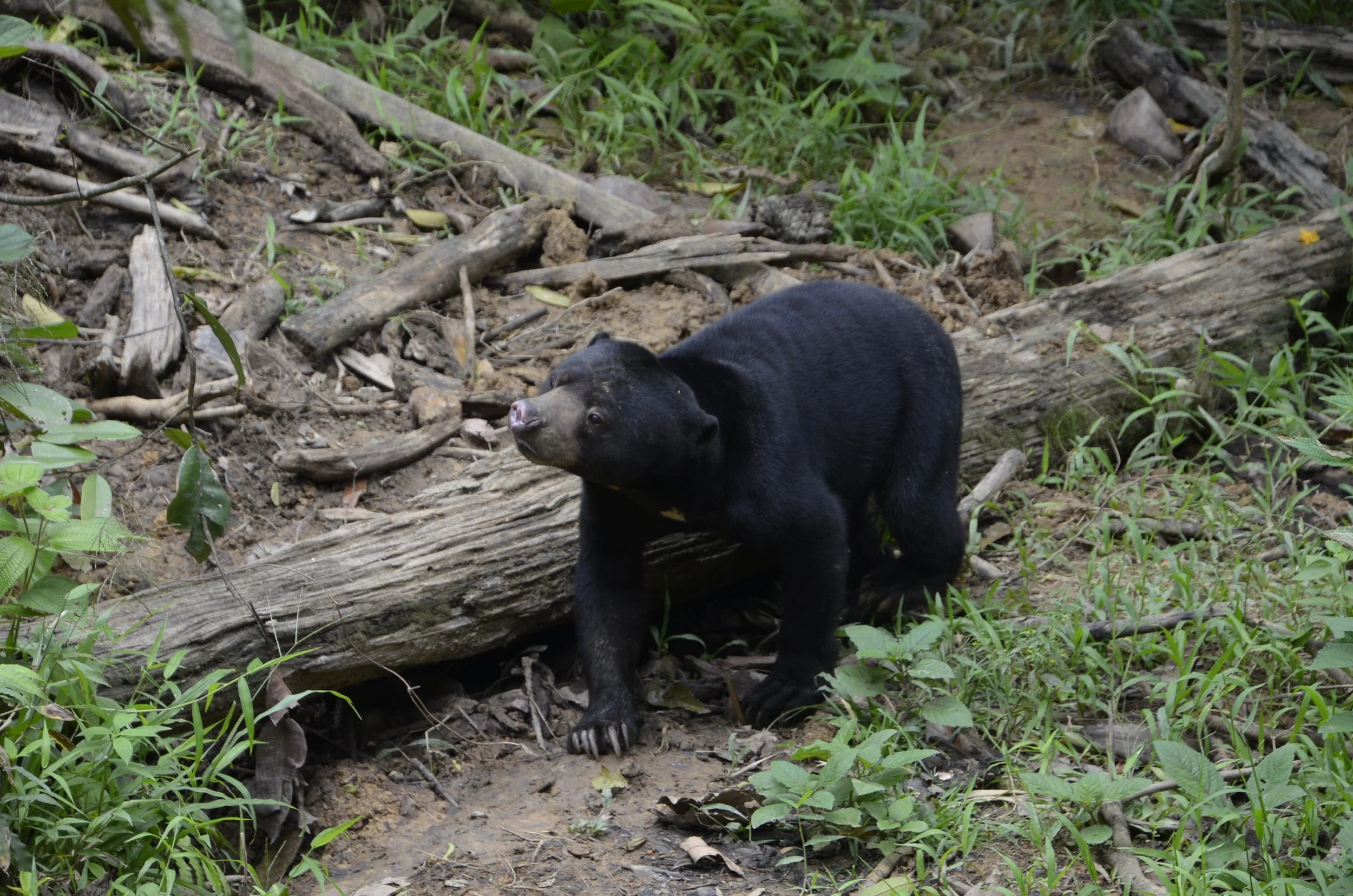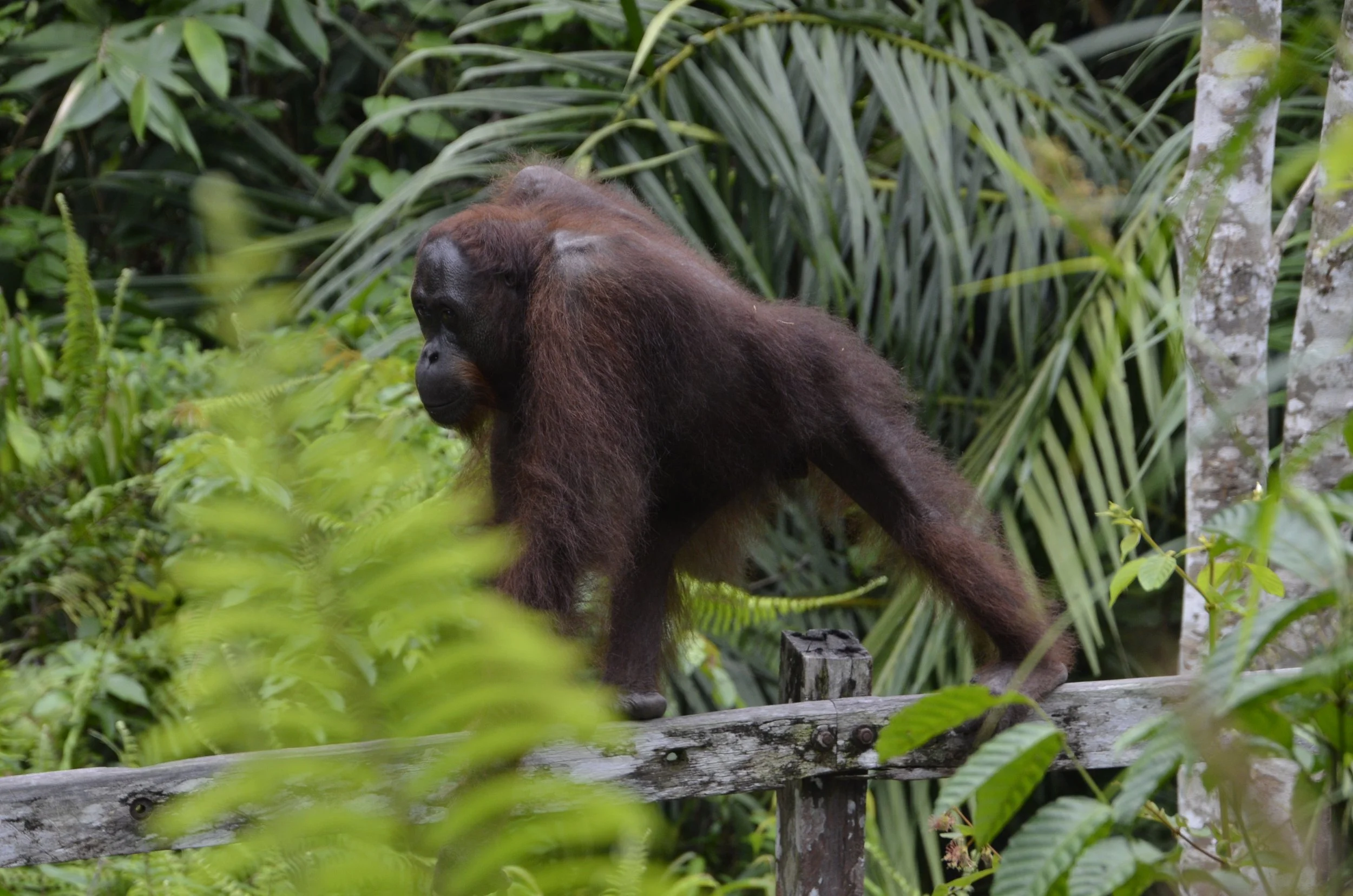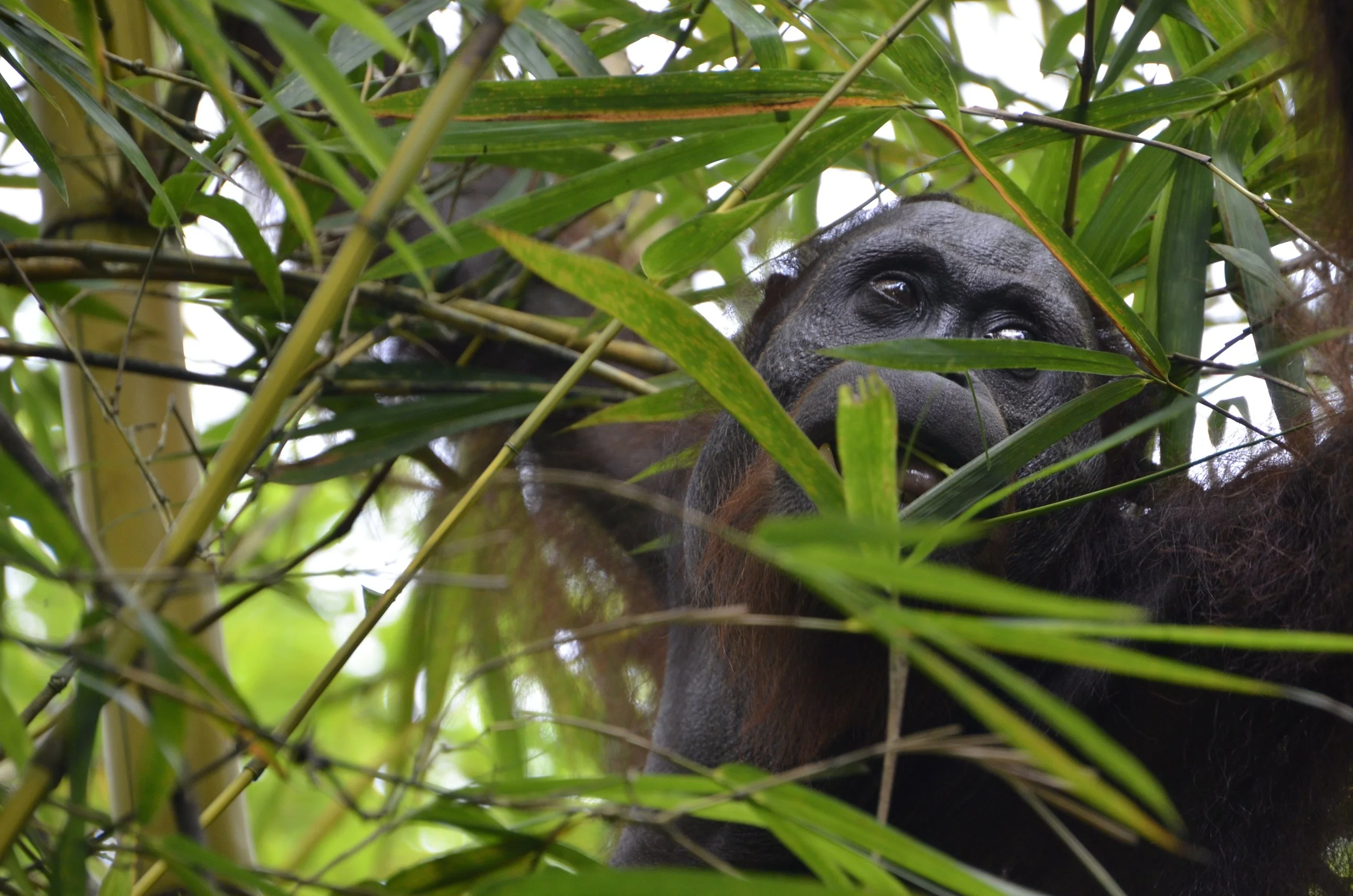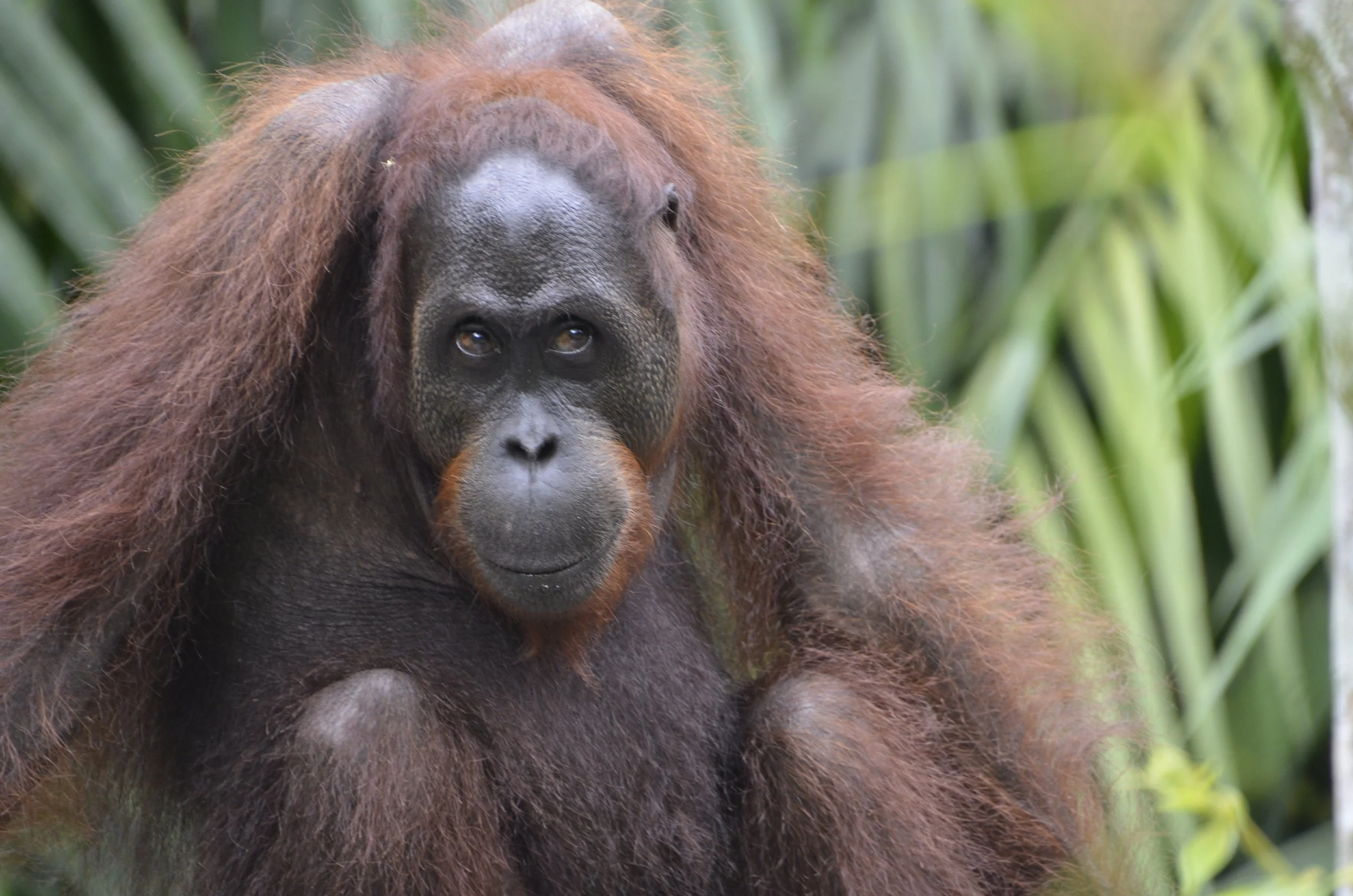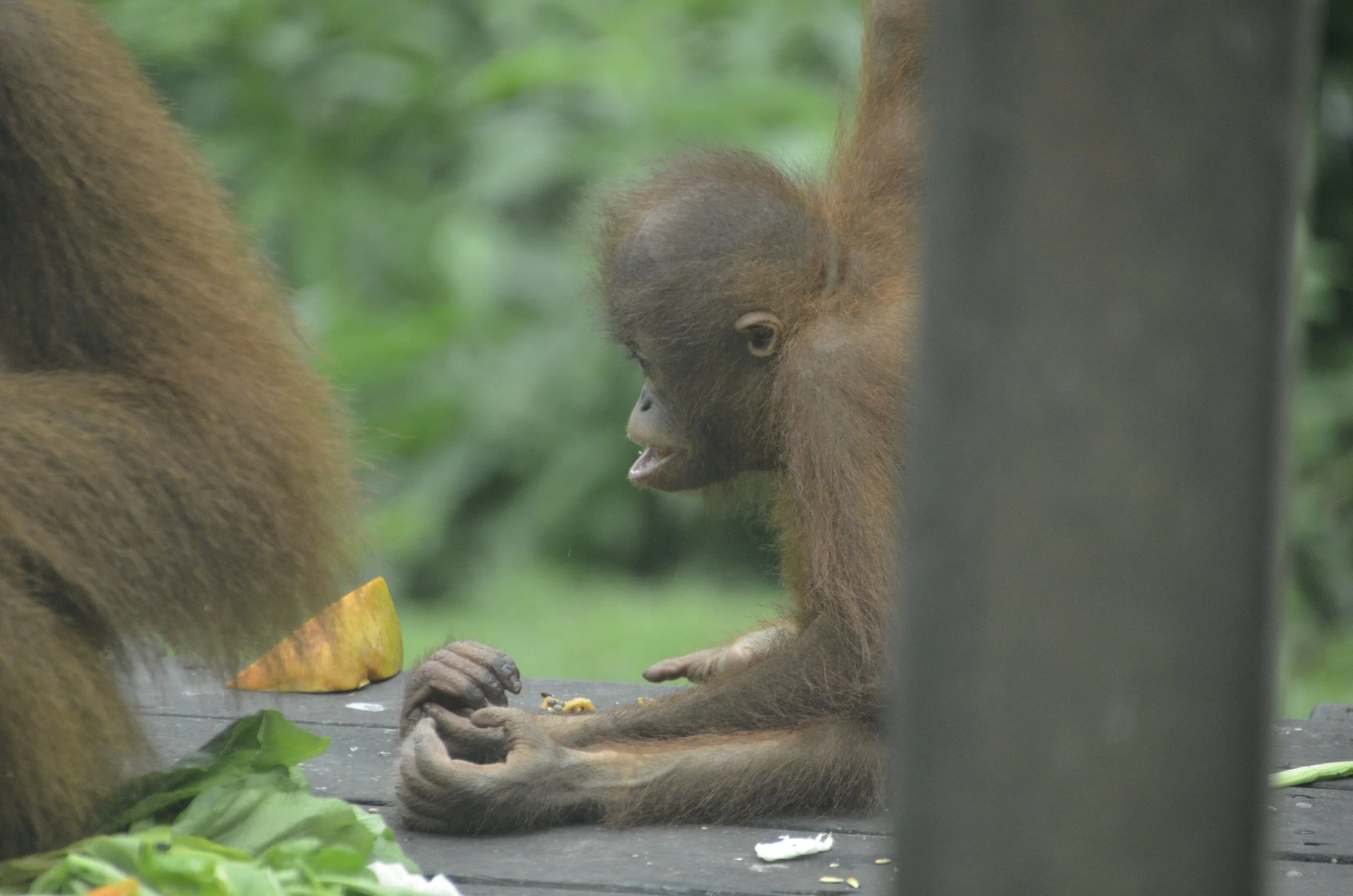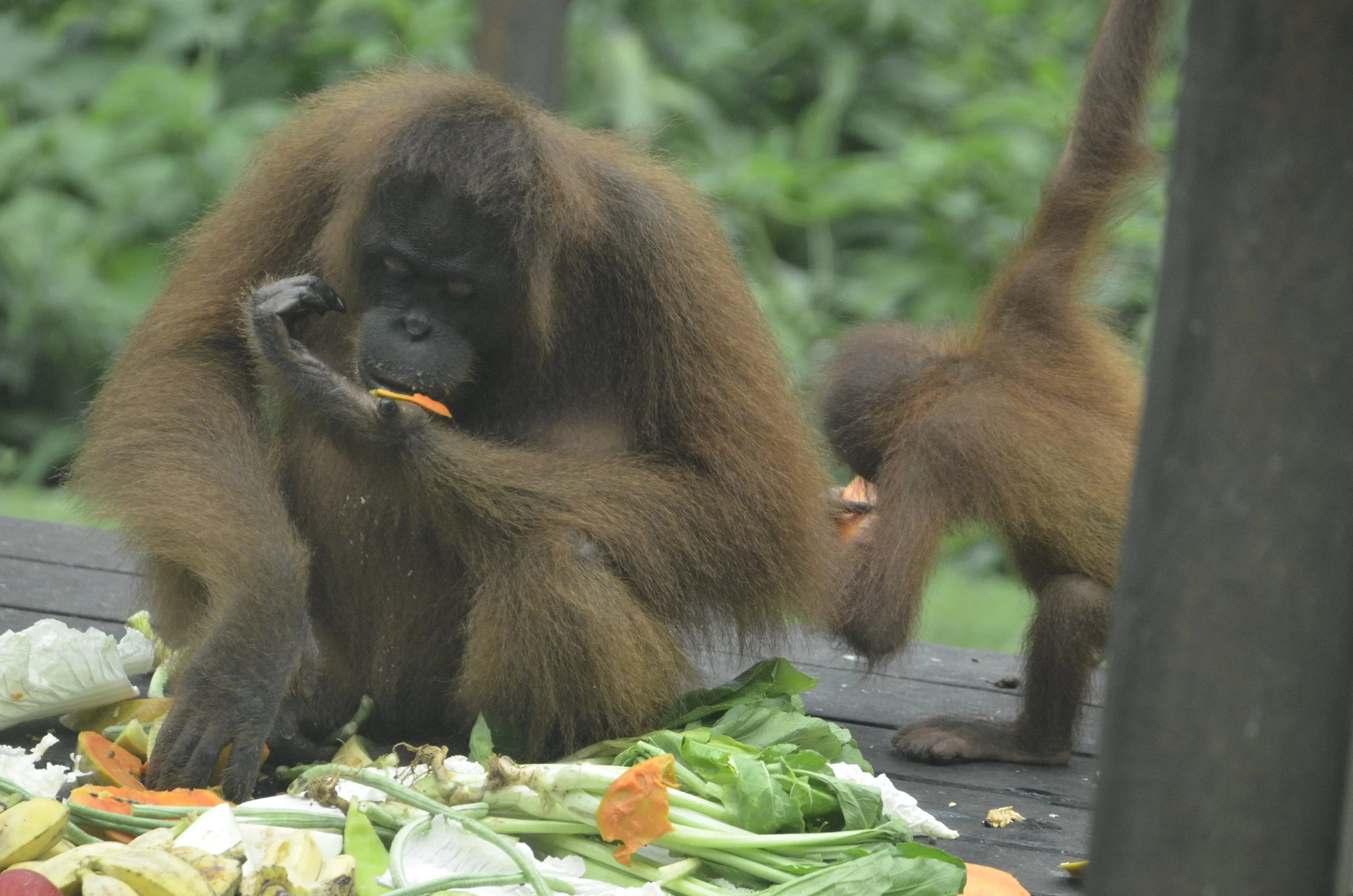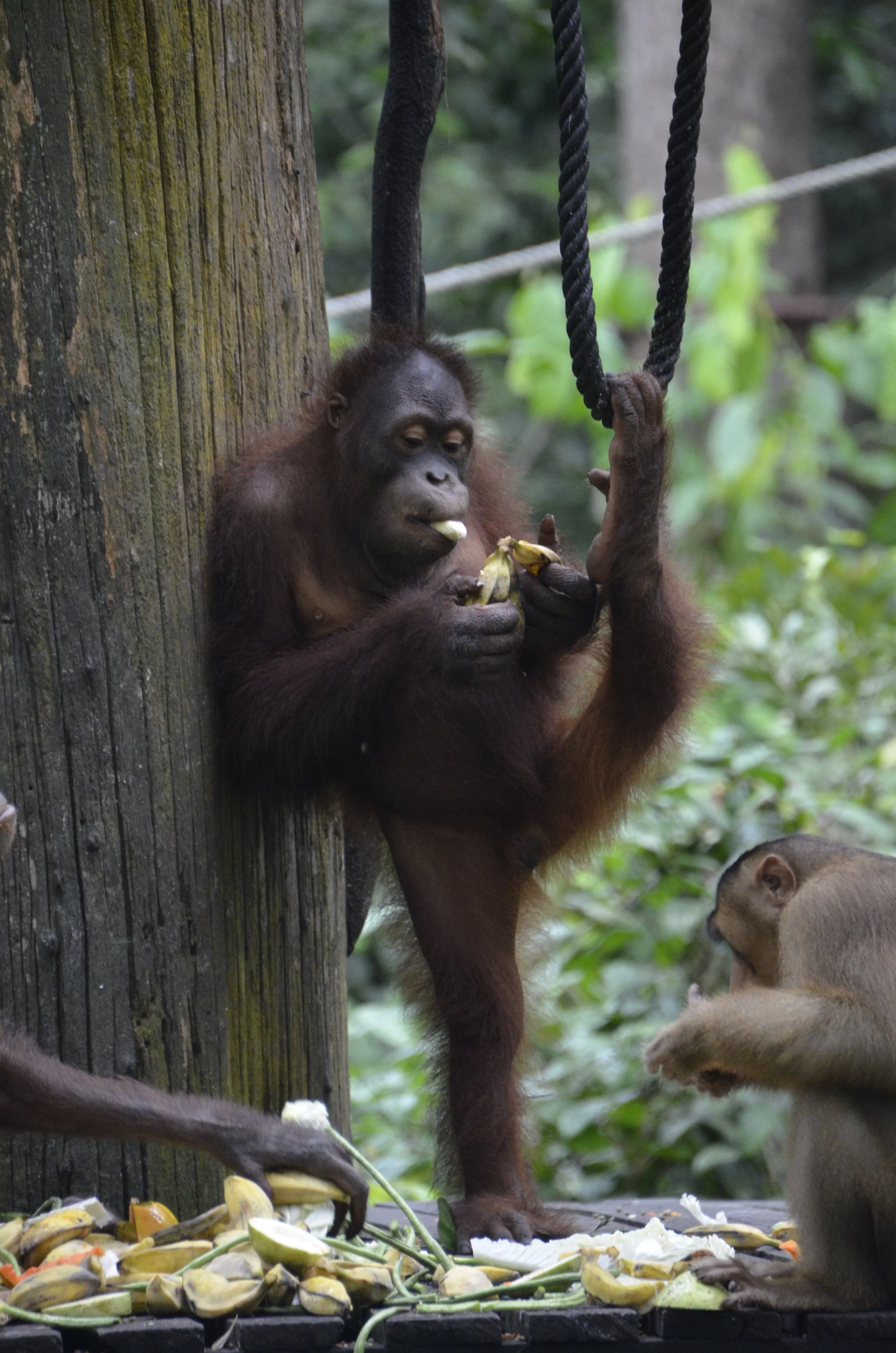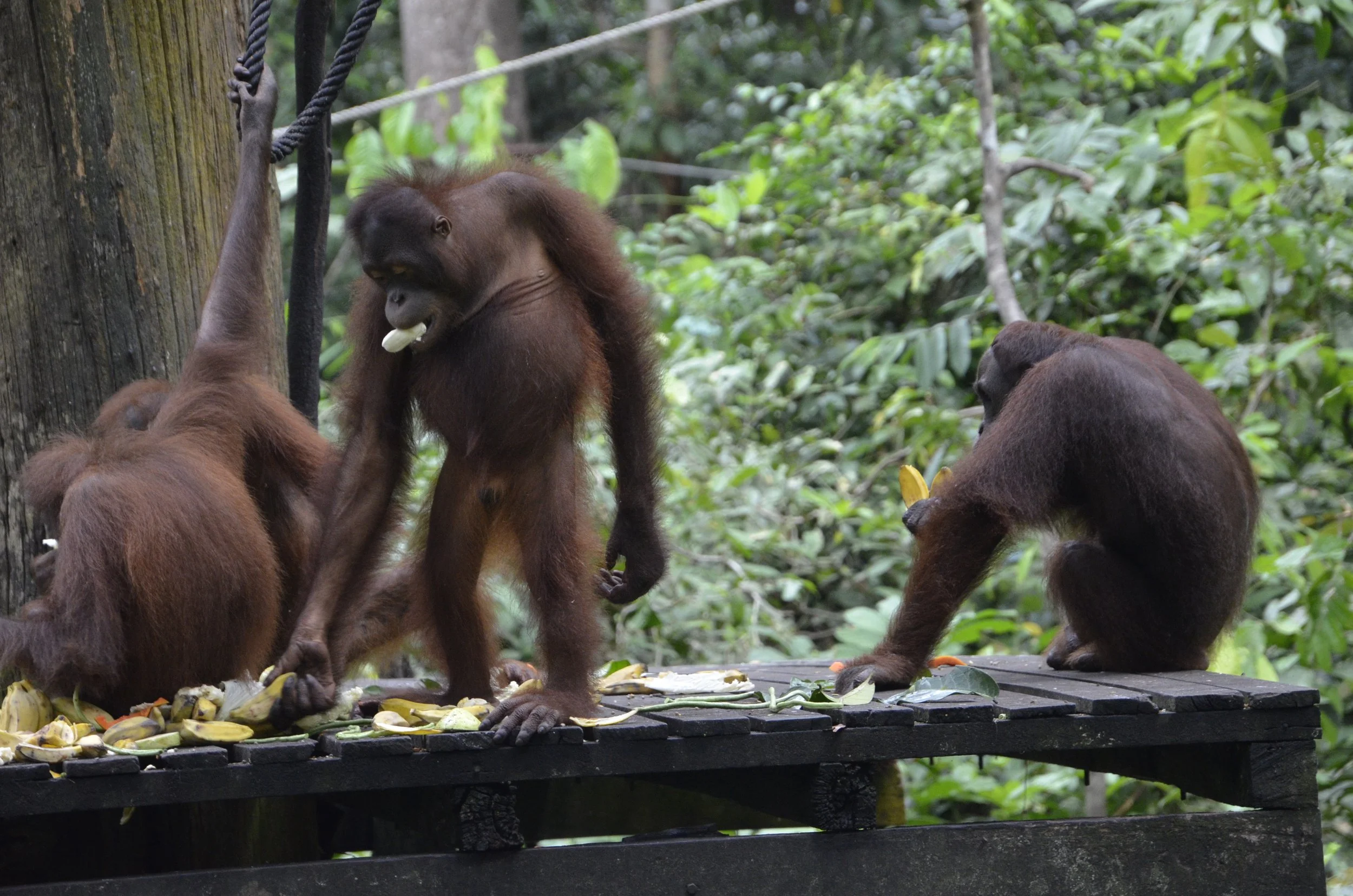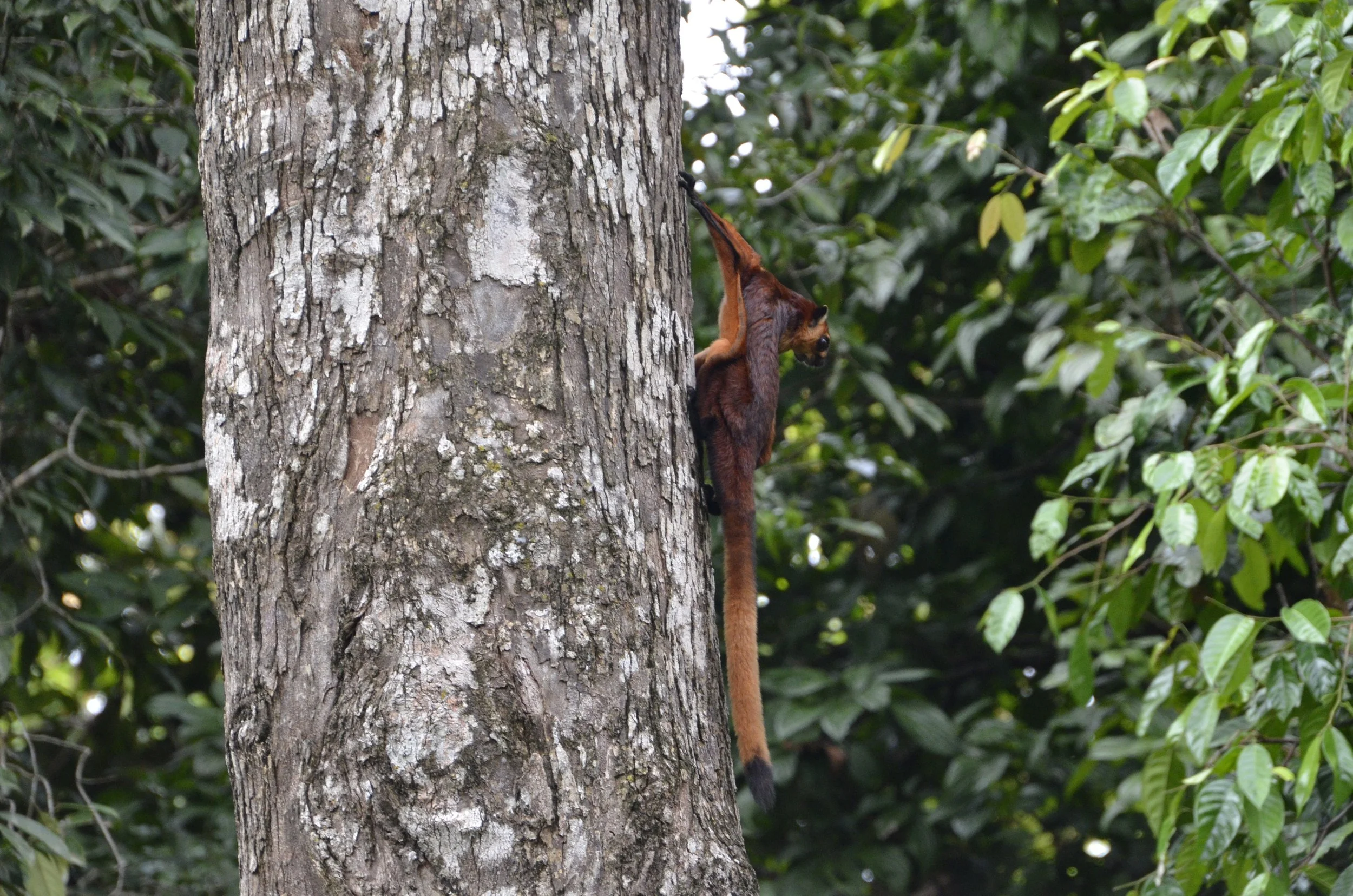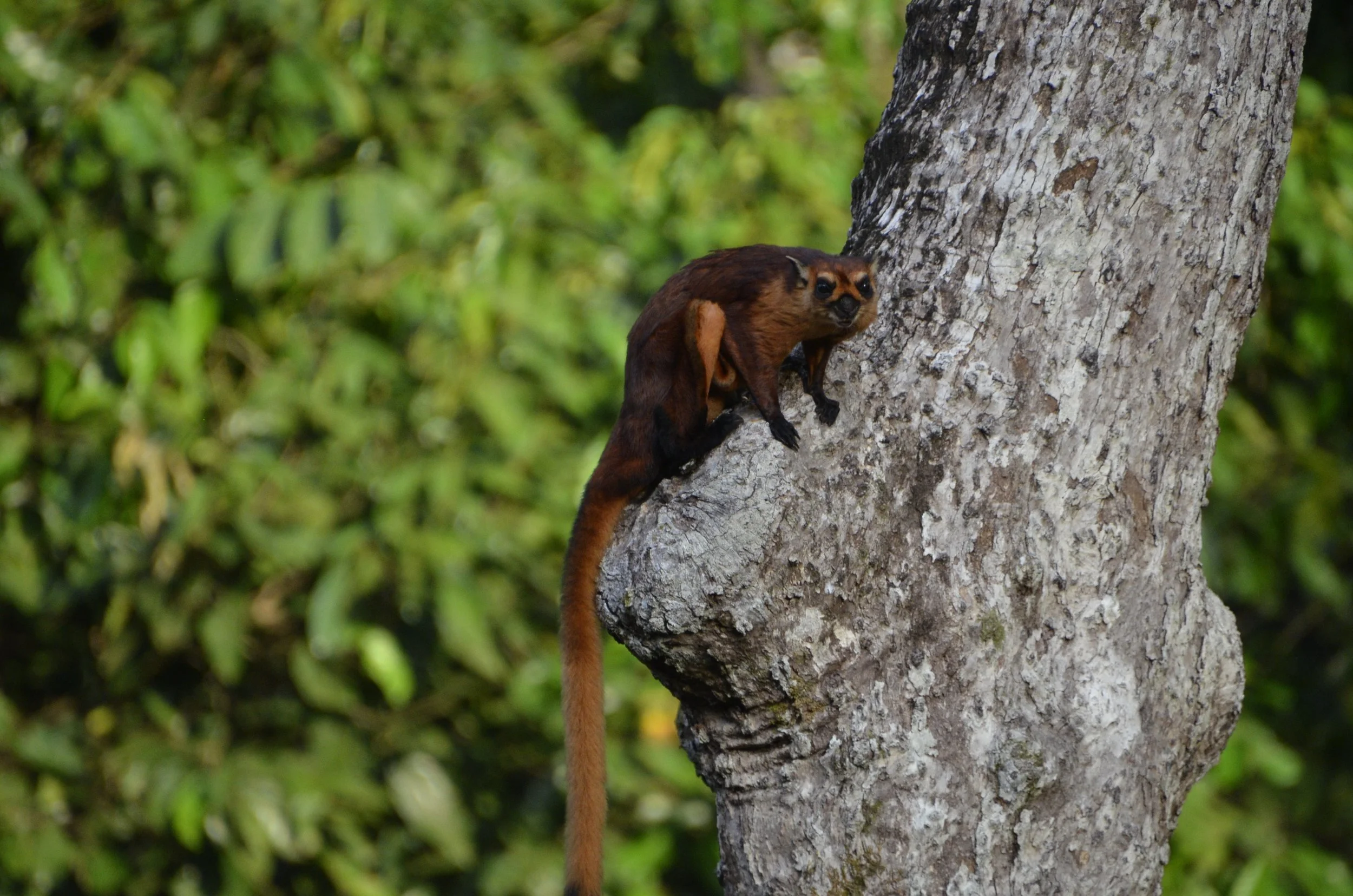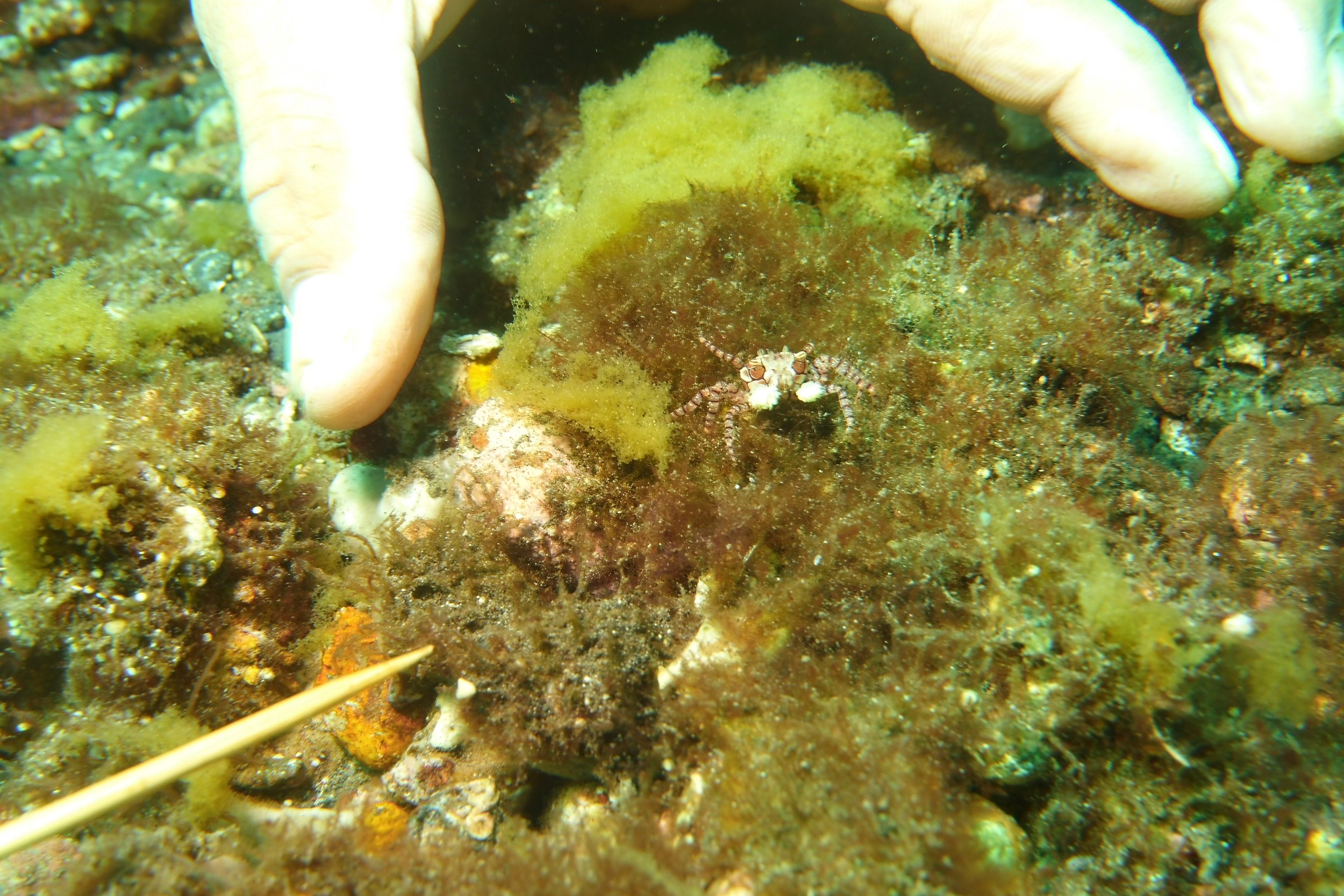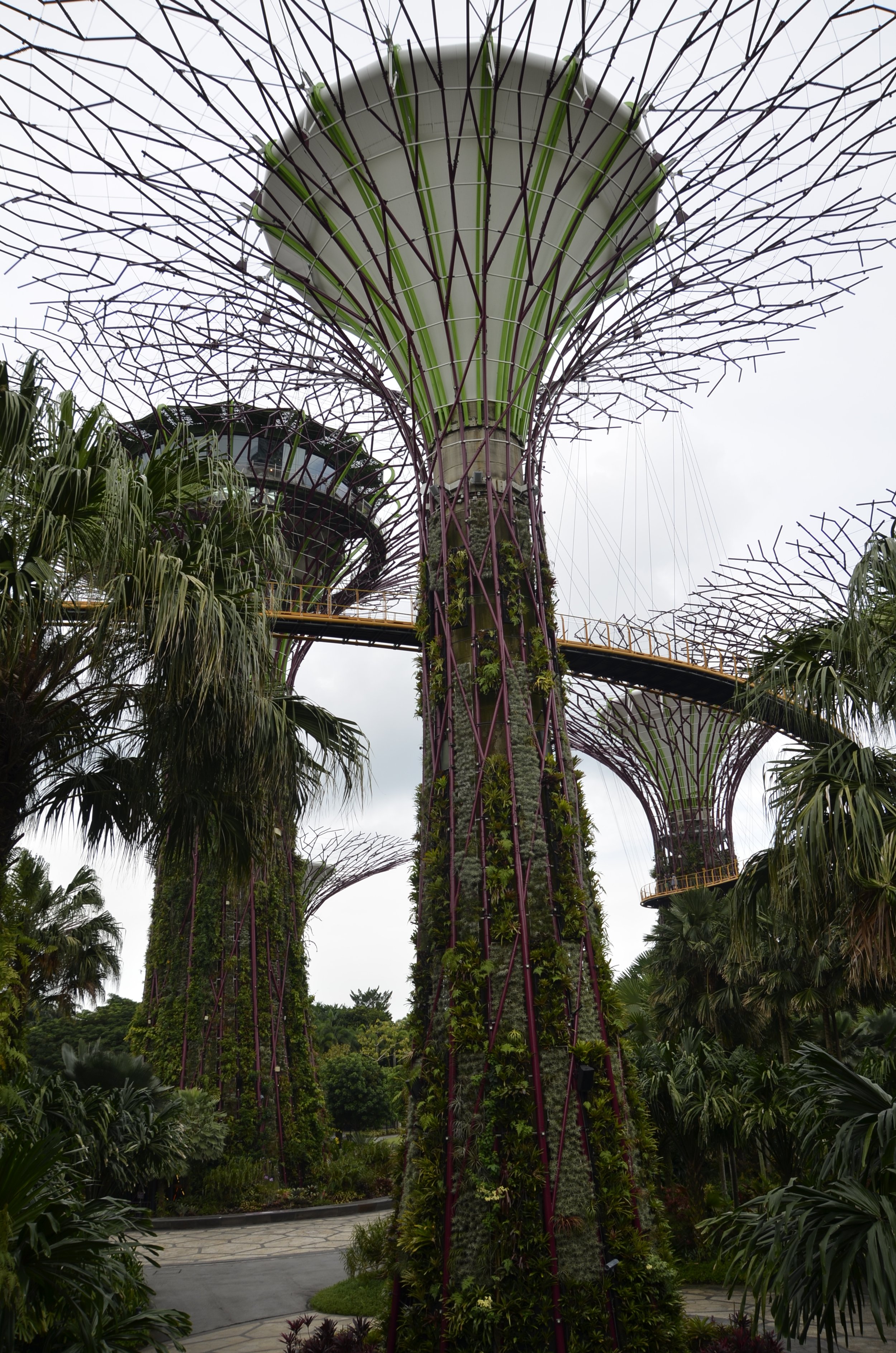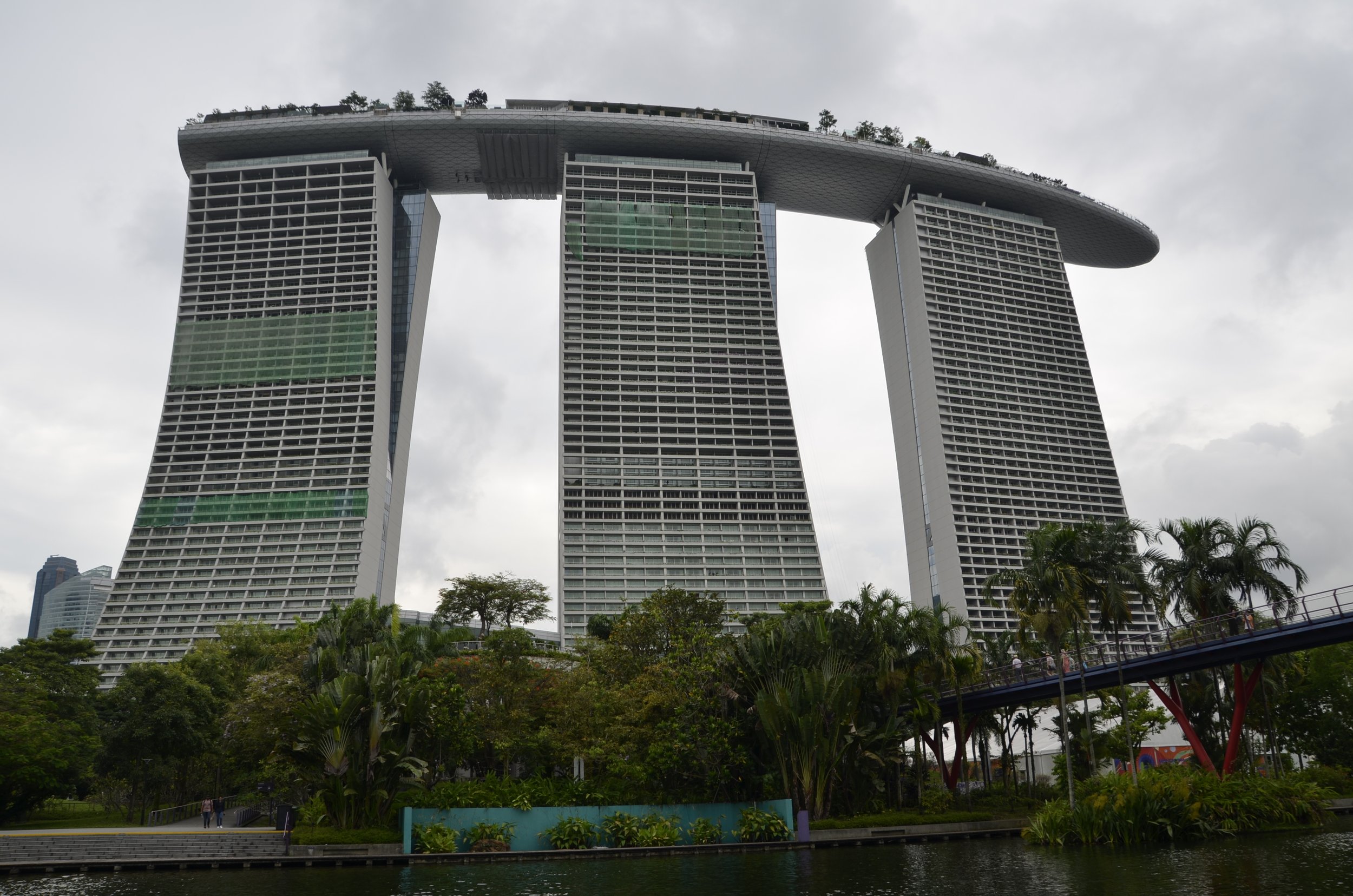Last of Borneo
On our last full day in the jungle lodge, our guide said we were going to hike to see the Great Argus dance for his ladies. In case you’re puzzled by that sentence, this is a Great Argus -
It is one of the largest pheasants, and they have a dancing ground (like birds of paradise or grouse) where the males put on a show to attract a mate. The first dancing ground was empty, so we walked another km through the jungle (managing to avoid leeches this time!), and quietly walked up to this fella who was all alone.
We had been hearing his call as we were approaching, but unfortunately there were no females. Thus, no dancing. However, we did get this video so you might see him better, and especially his tail plumage (maybe when they dance, he would resemble a peacock?) They are only found on Borneo, Sumatra, and the Malay Peninsula.
As usual, open the email in your browser by clicking the link at the bottom of the post, to see this video -
But… I’m getting ahead of myself. We started out early that morning, like usual, watching the mist rise…
… when we caught sight of a Monitor Lizard coming down a tree -
Anyway, then we went off, getting more and more sweaty, and being as quiet as possible approaching the Great Argus.
Now, fast forward to later in the afternoon. We drove over an hour away from the lodge, to visit the Danum Valley Research Station (deeper into the primary forest of the Conservation Area), hoping to see more or different animals.
We were lucky and saw Red Leaf Monkeys -
That was about it.
Now I’ll share some of the insects and other creepy-crawlies we saw. This caterpillar’s hairs are apparently very painful to touch -
We saw a few different centipedes…
… but this one…
… was the same kind that crawled out of the shoulder belt holder in the car and stung Steve on the neck!
He said it really stung for a few hours, but then went away, leaving no trace.
I thought this was a very interesting entrance to a hive for these Stingless Bees -
The ambient humidity in the jungle (and it had not recently rained) -
A Forest Cockroach -
be sure to enlarge to see the babies
Steve, for scale, against one of the many giants we walked around…
… and his finger for scale by the millipede -
We really enjoyed the colorful collections of fungi -
I’ll close with some brightly colored pics…
… before we head back to civilization in Kuala Lumpur.
Blue-throated Bee-eater
